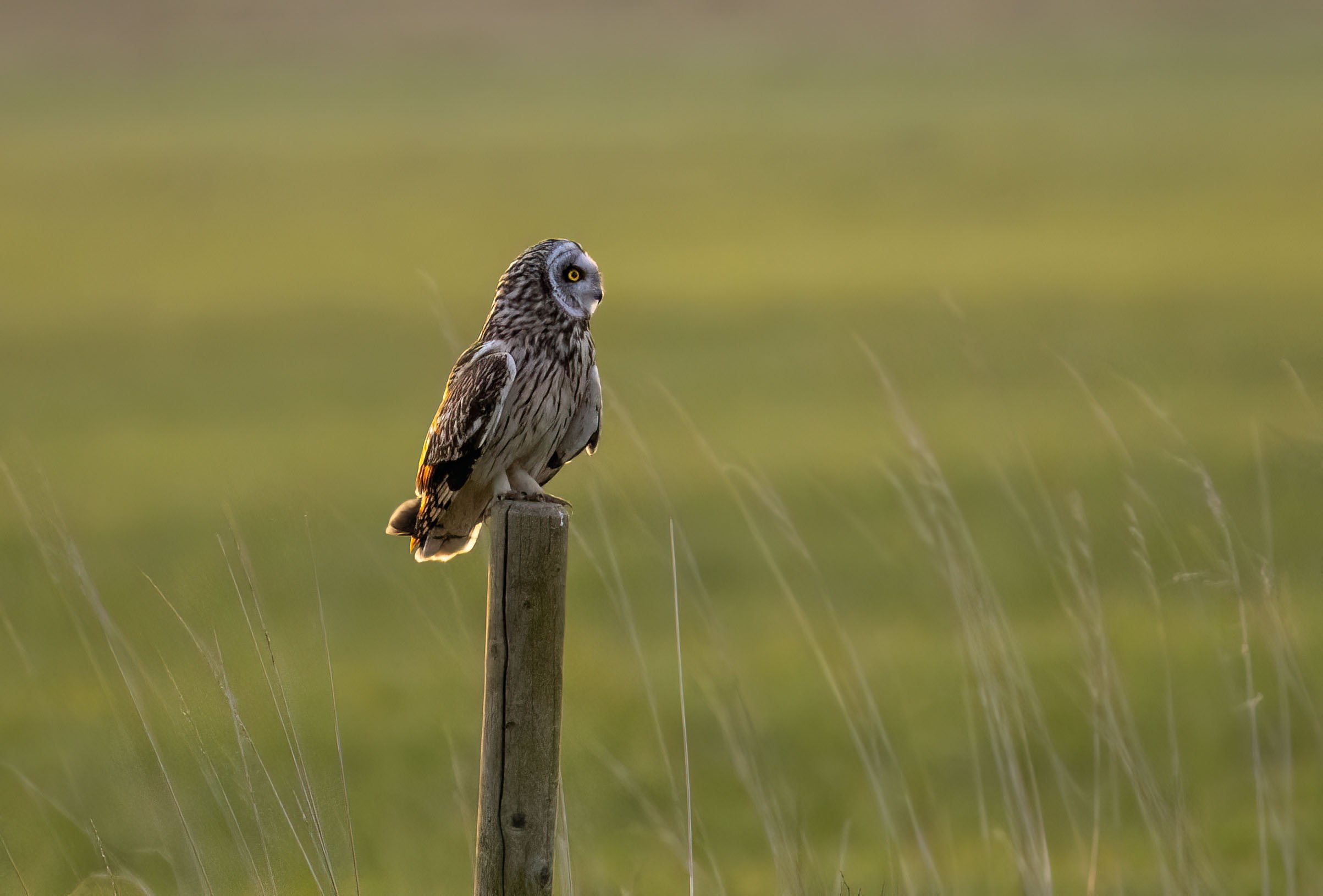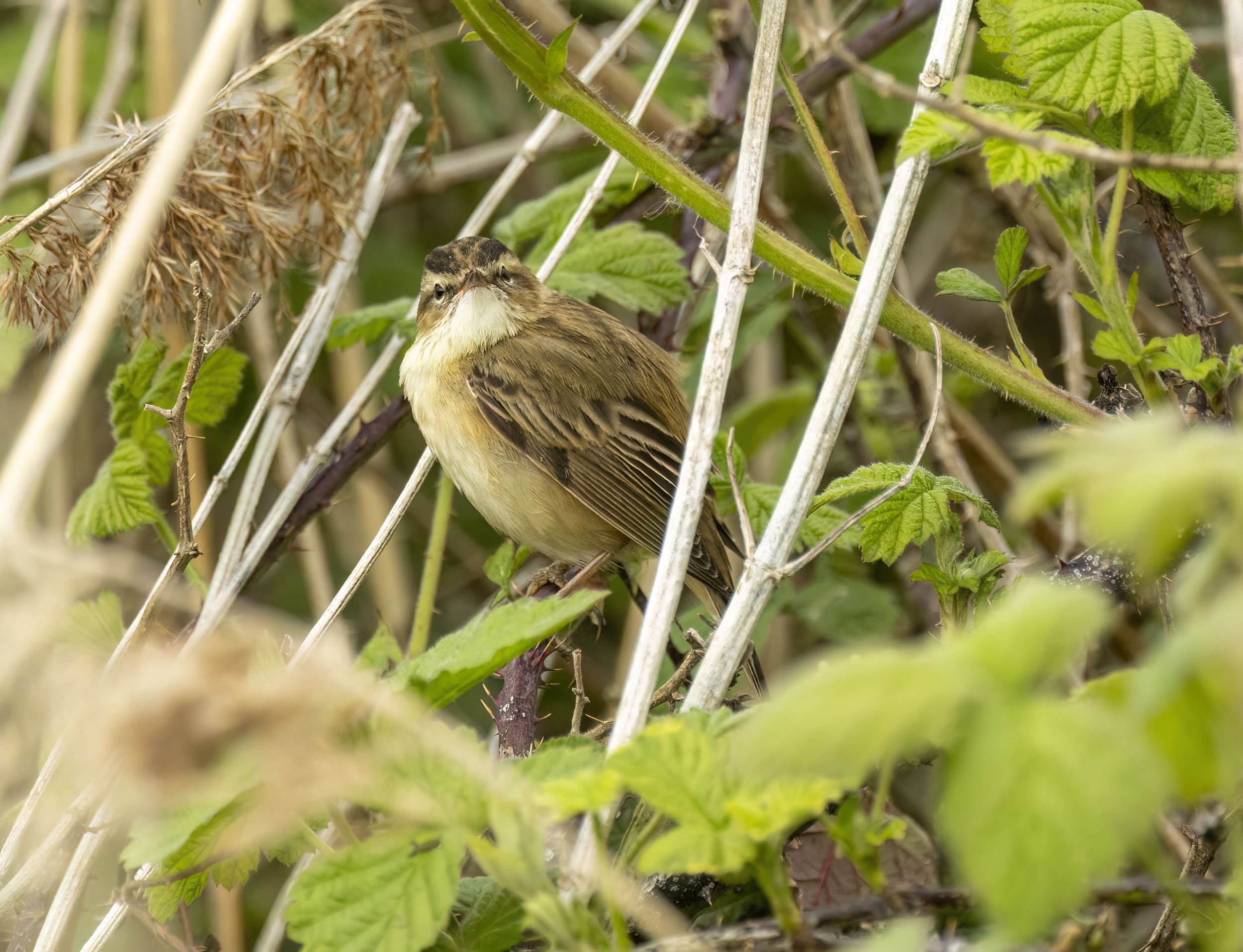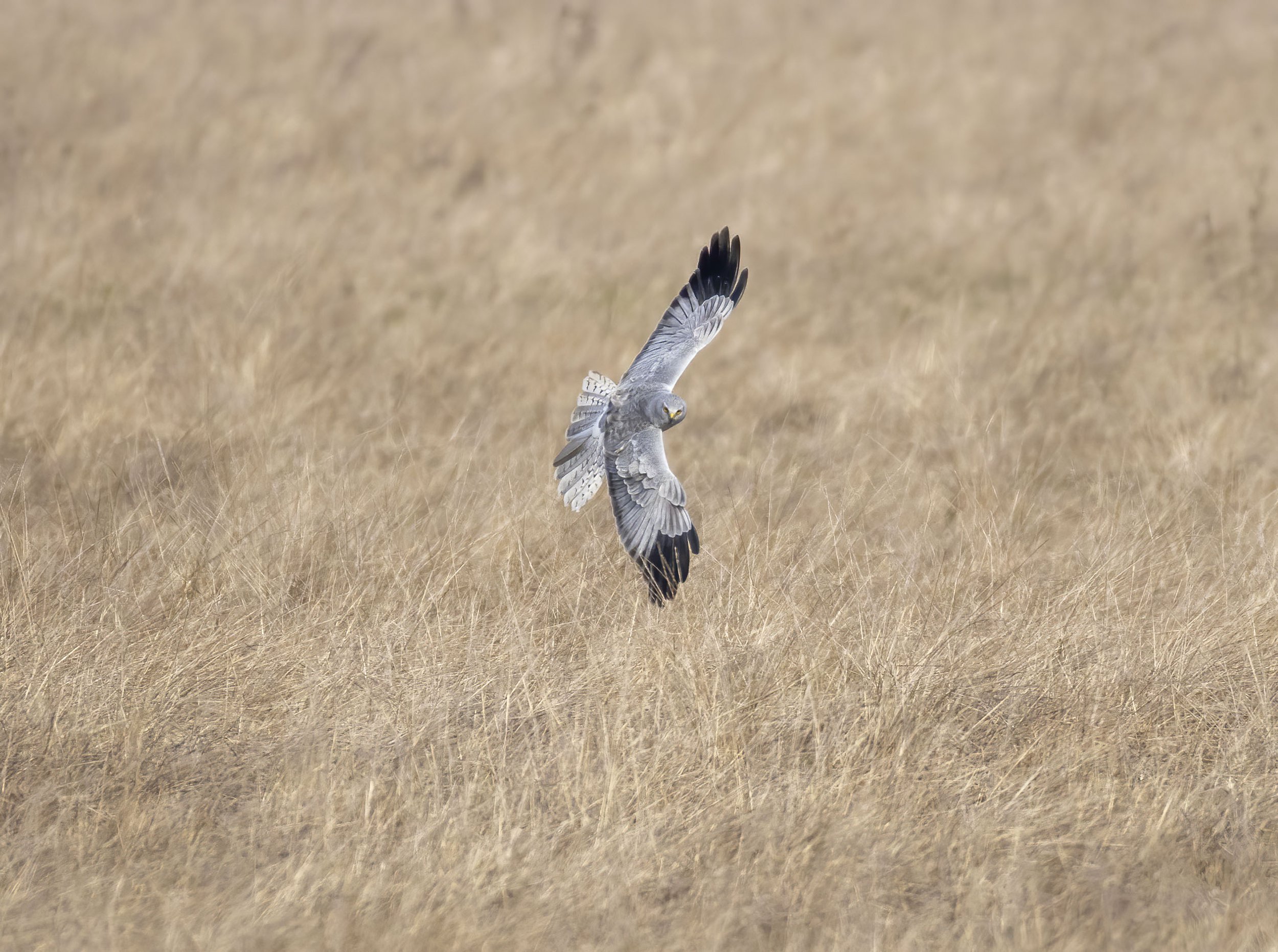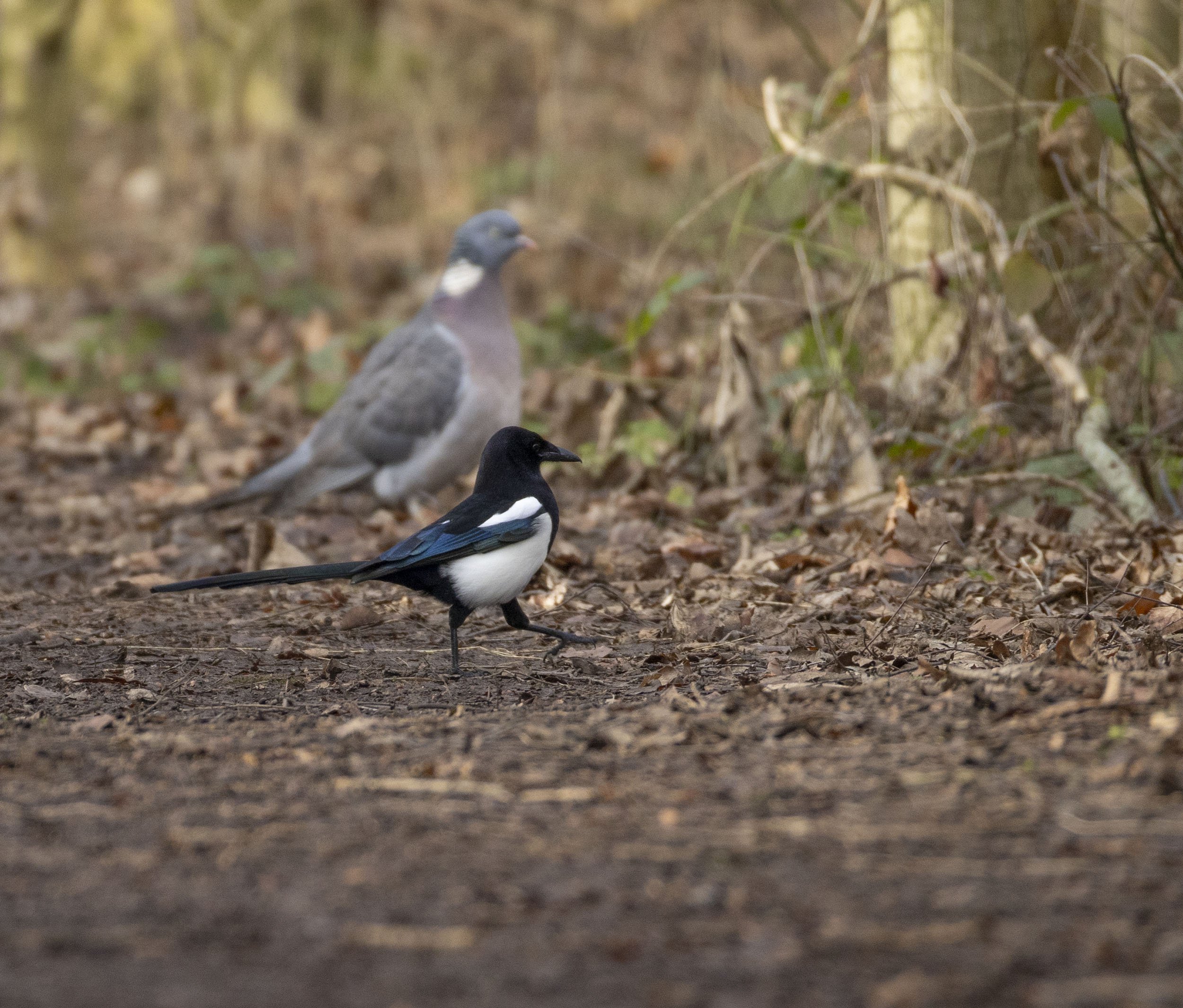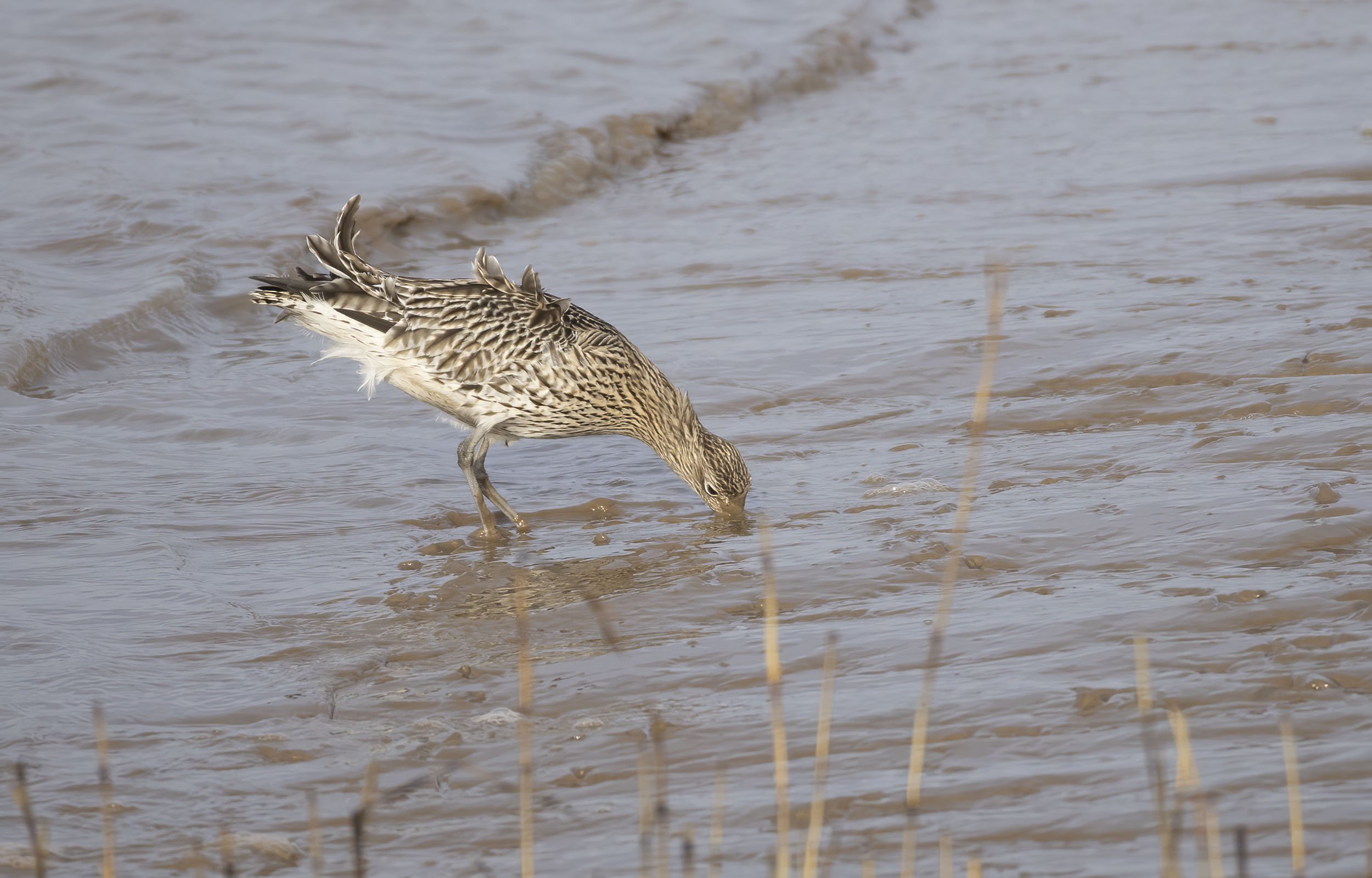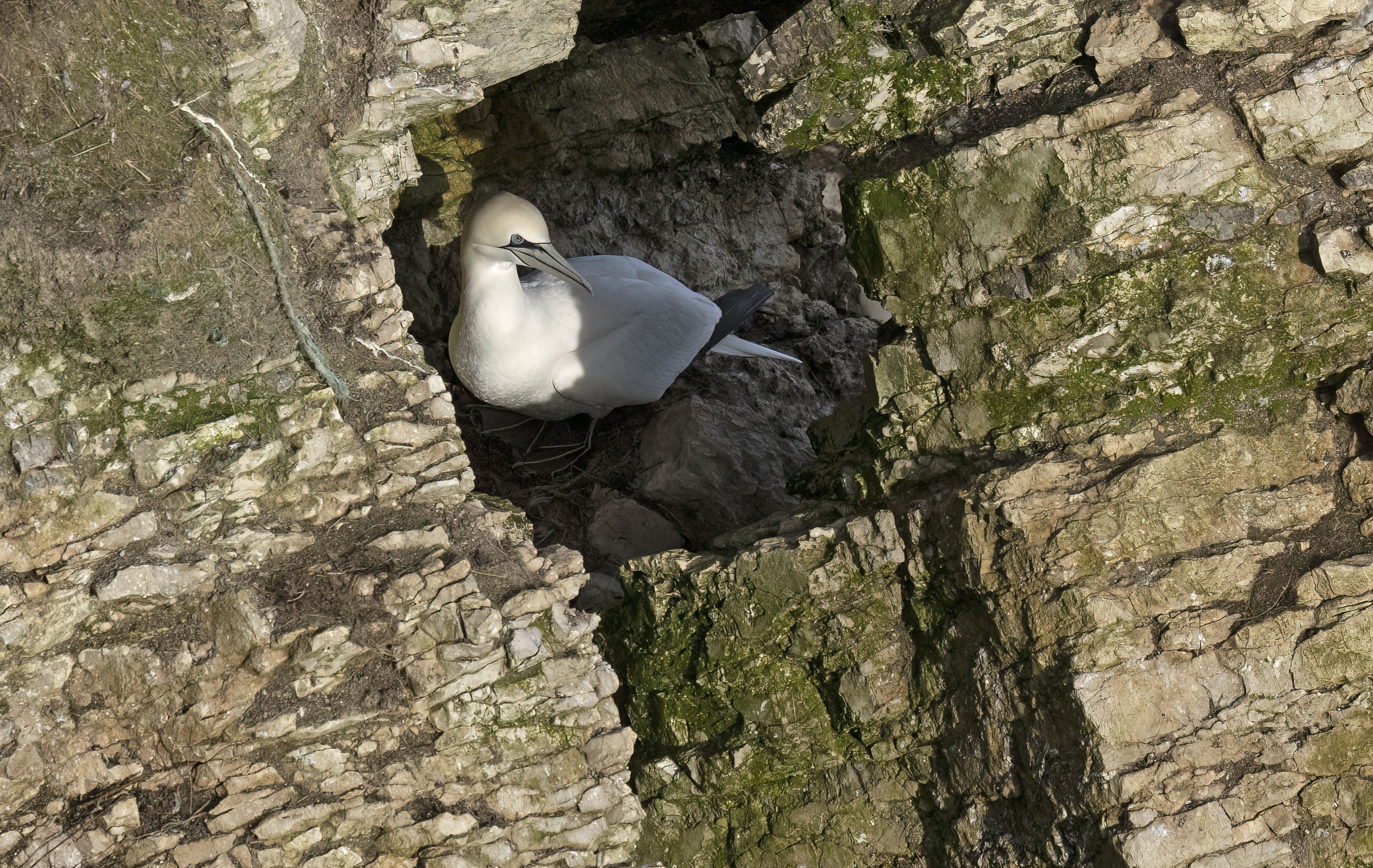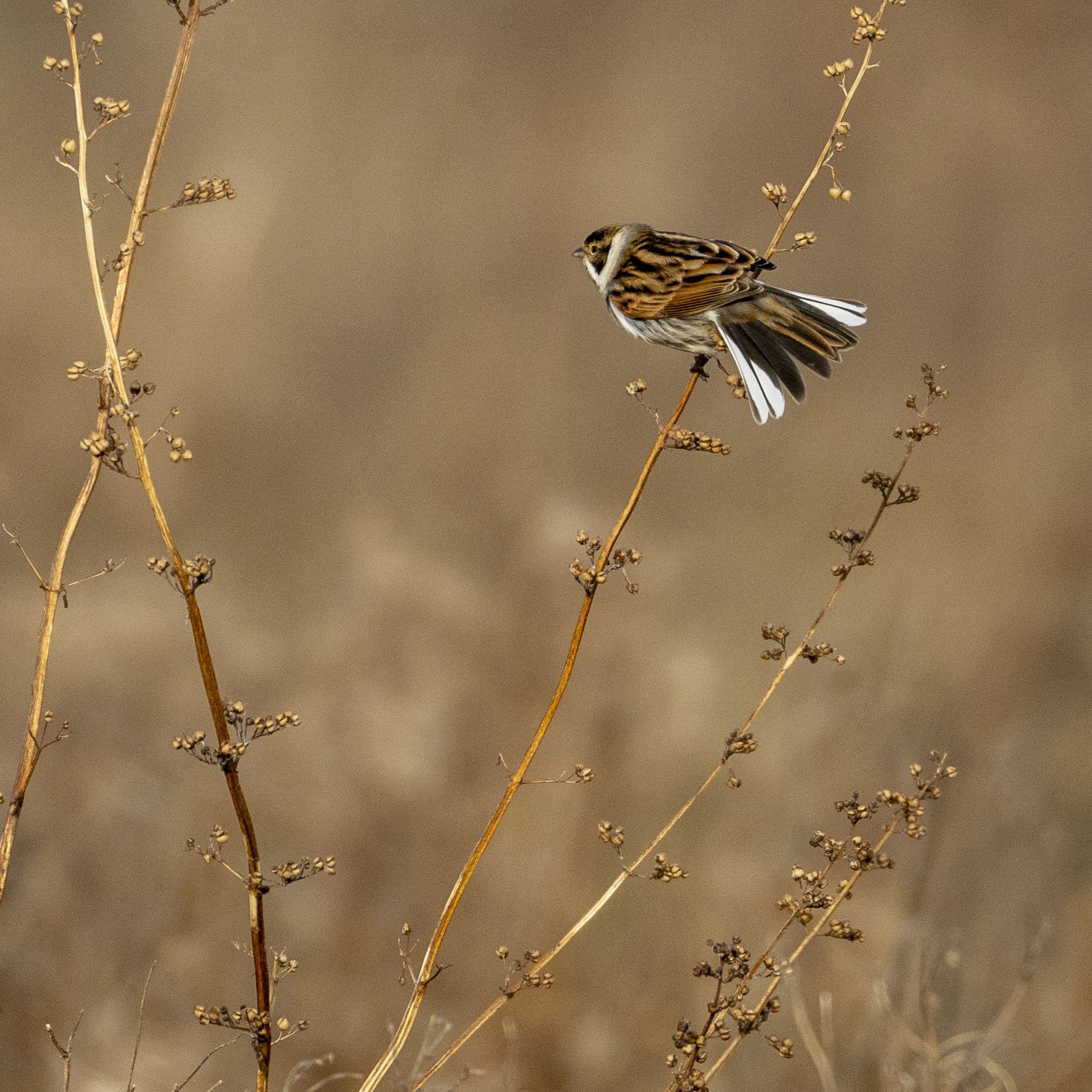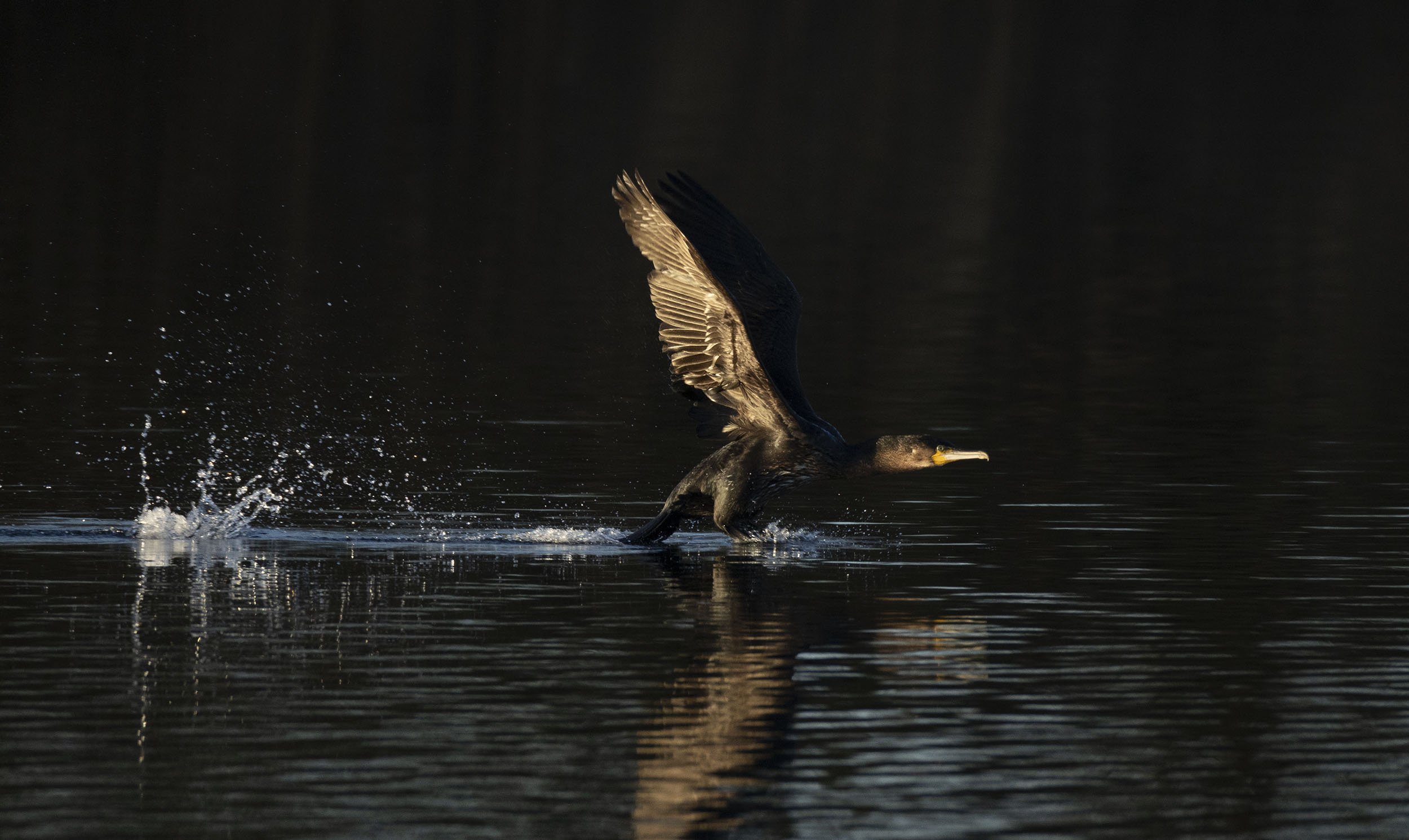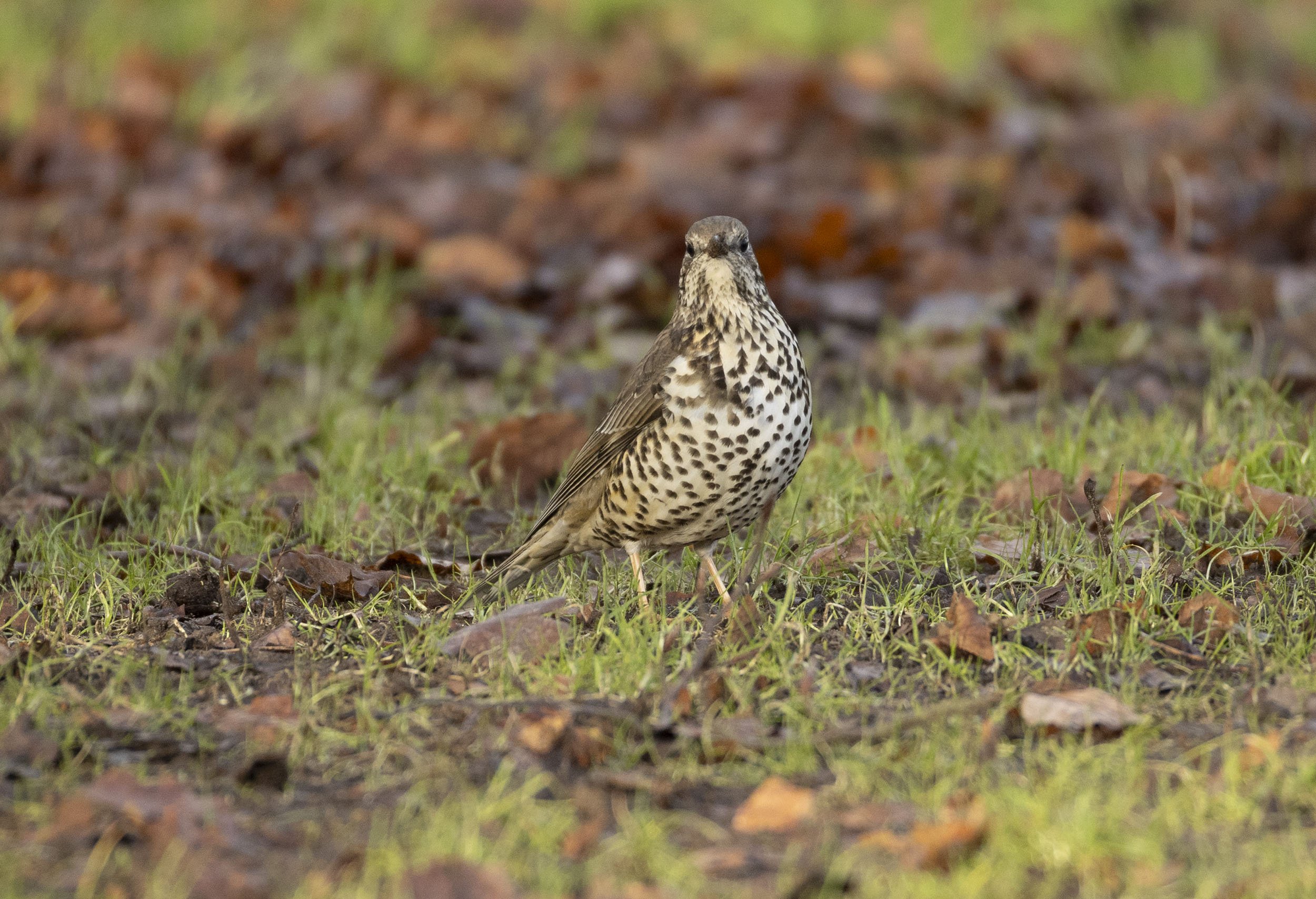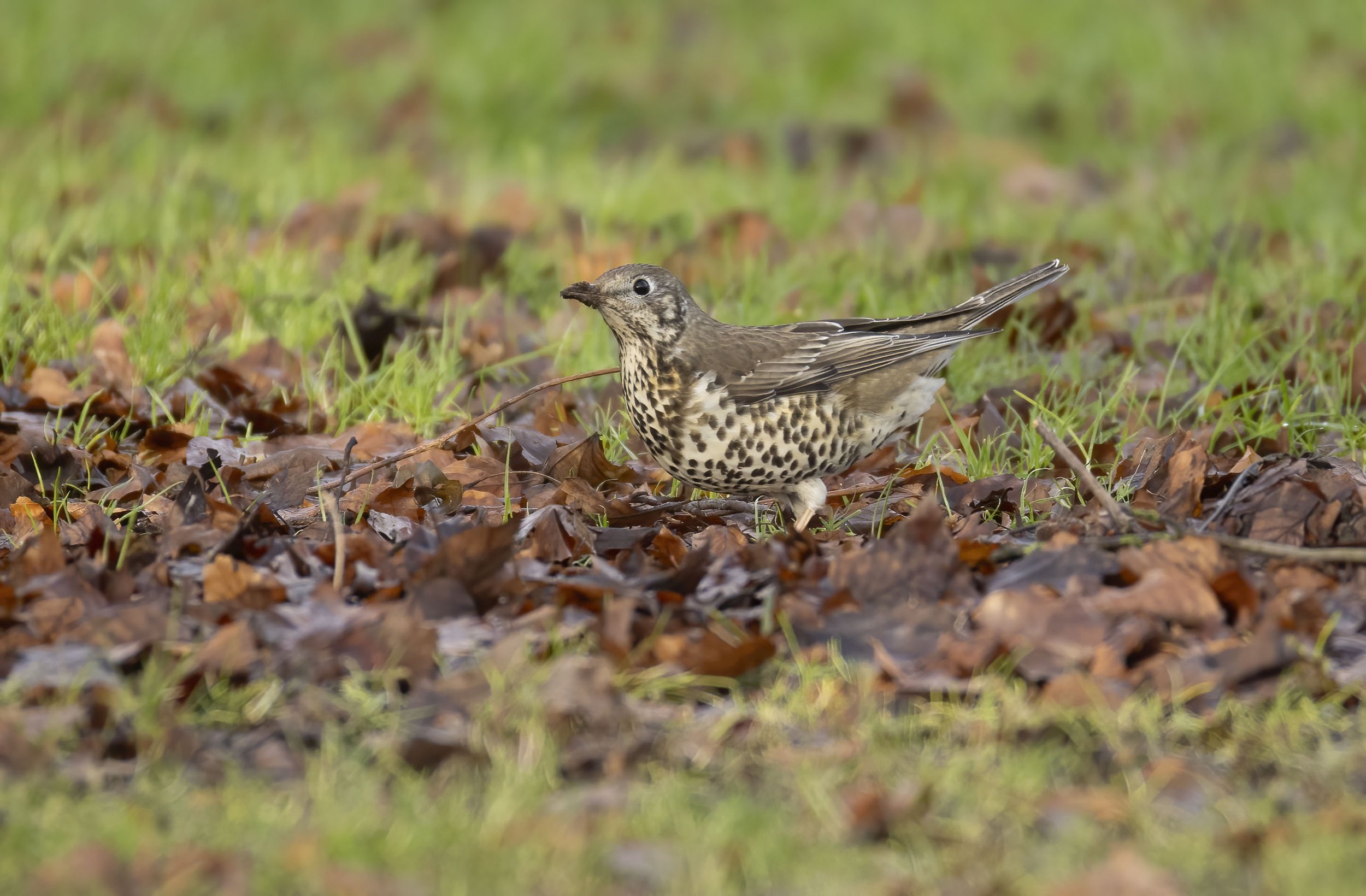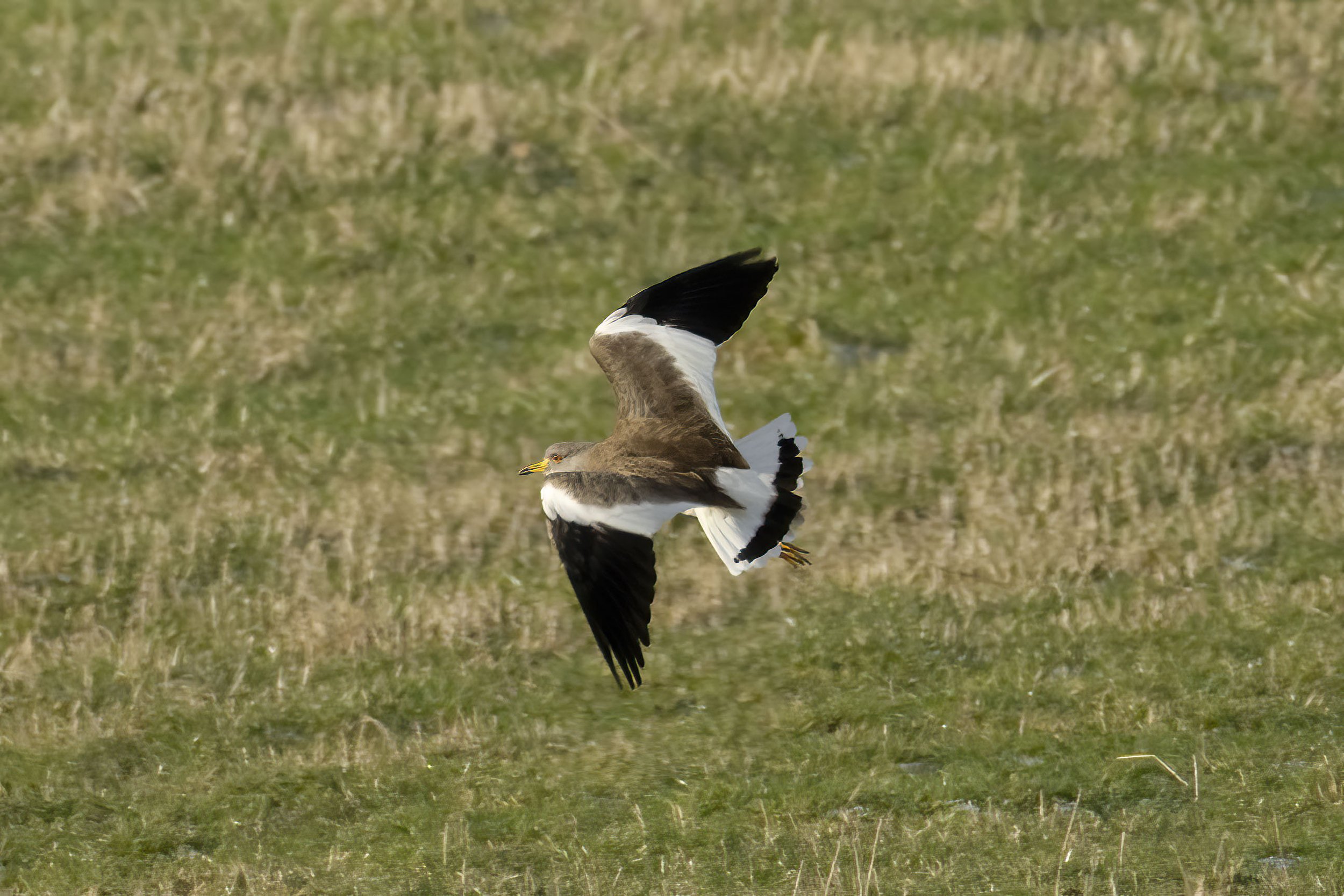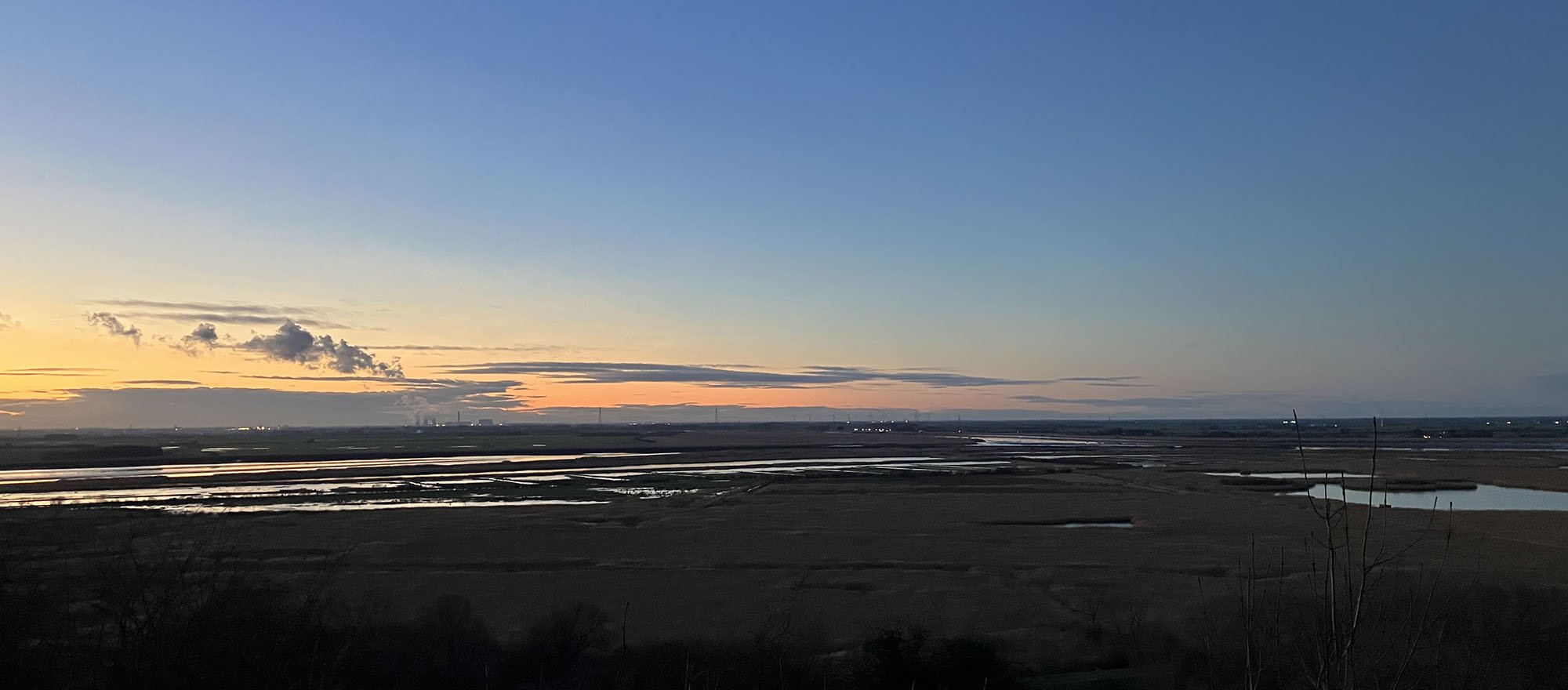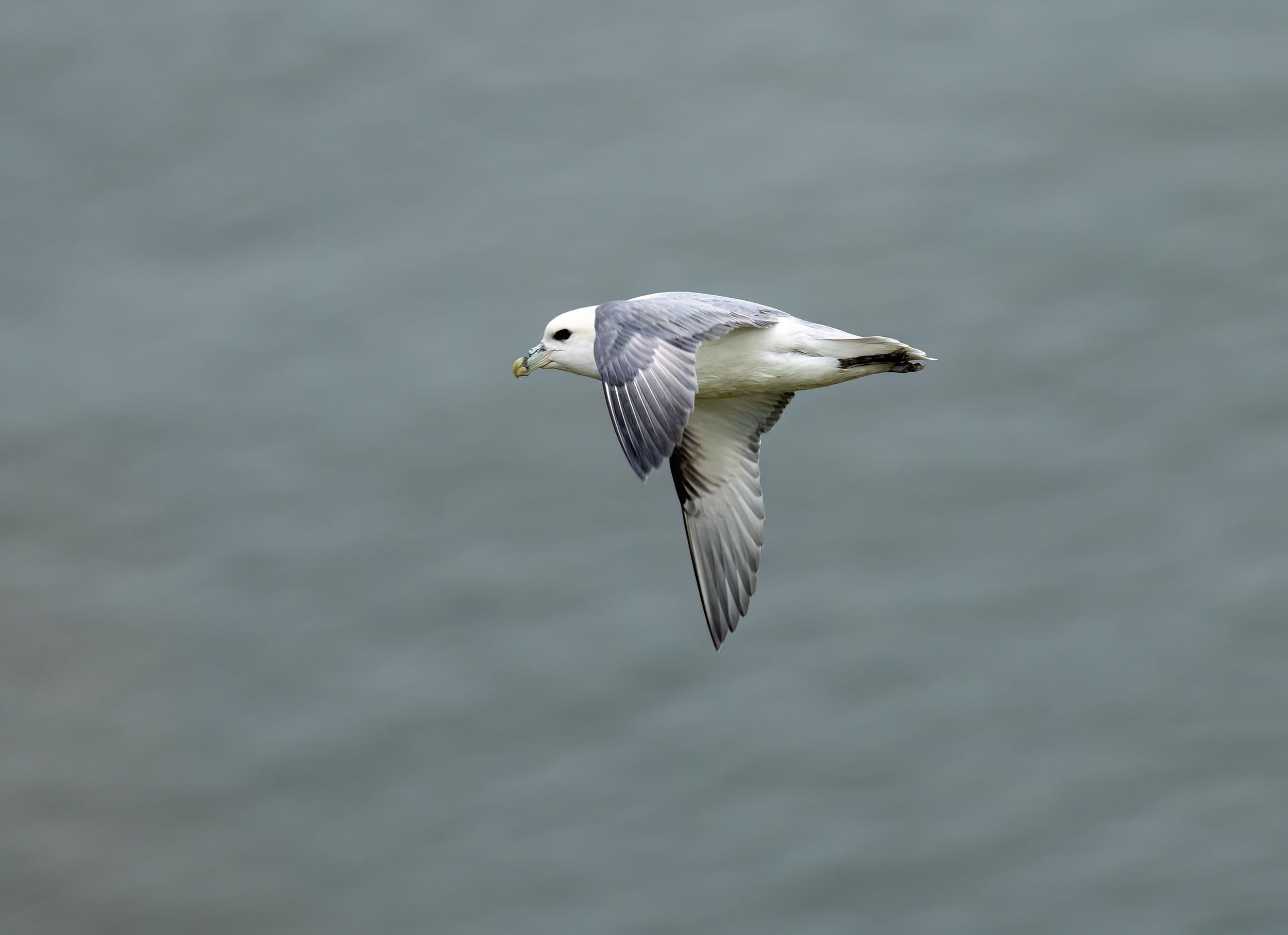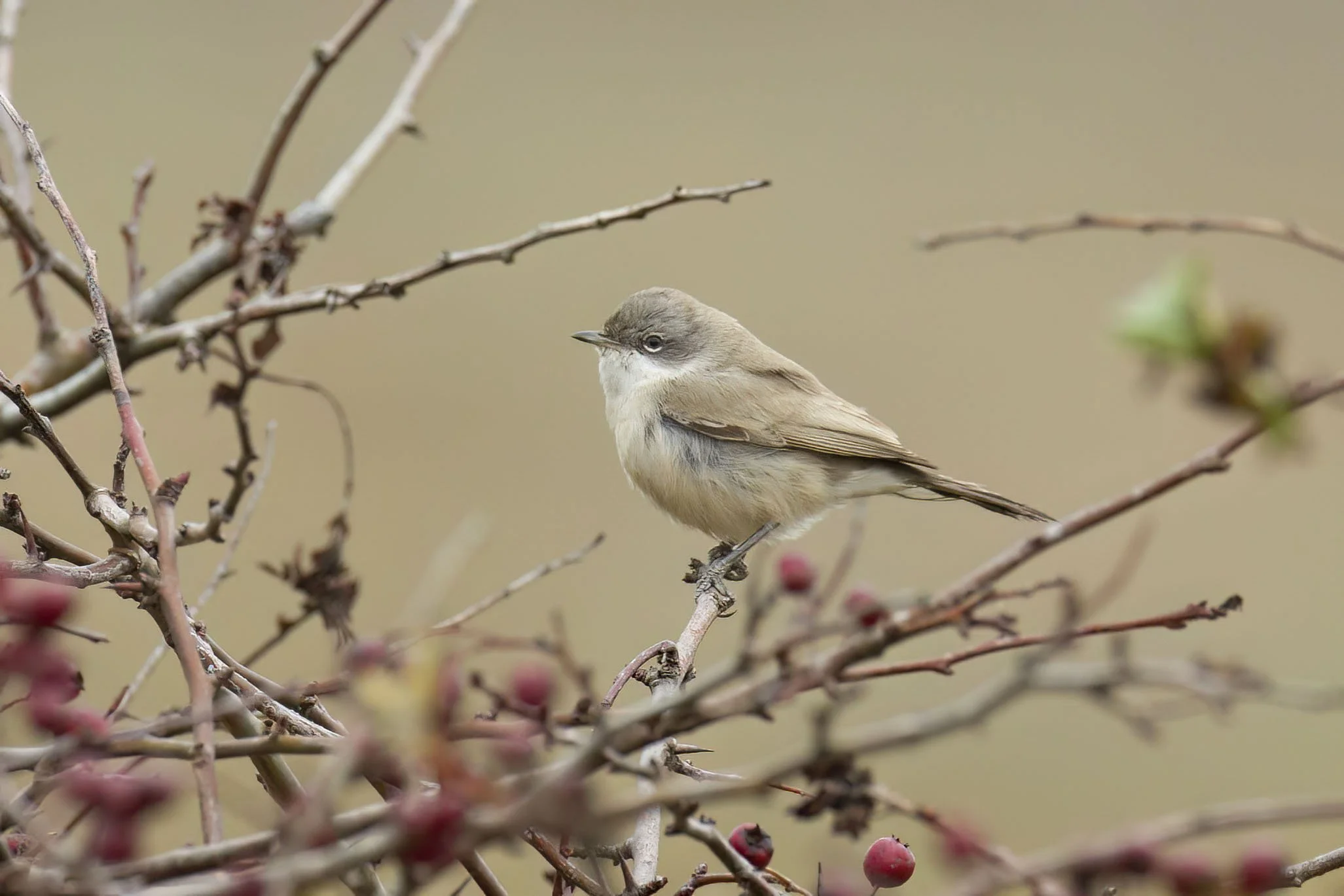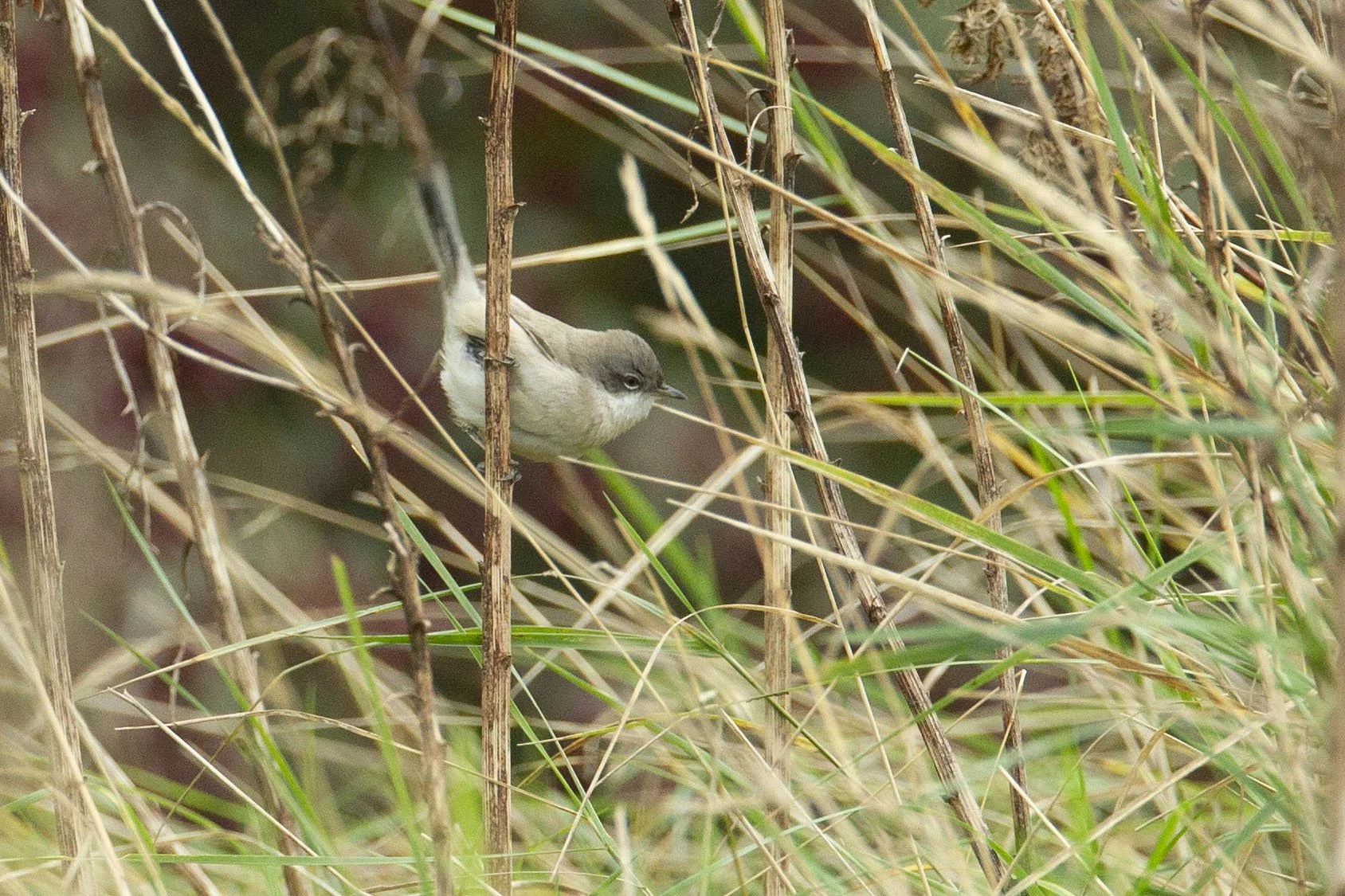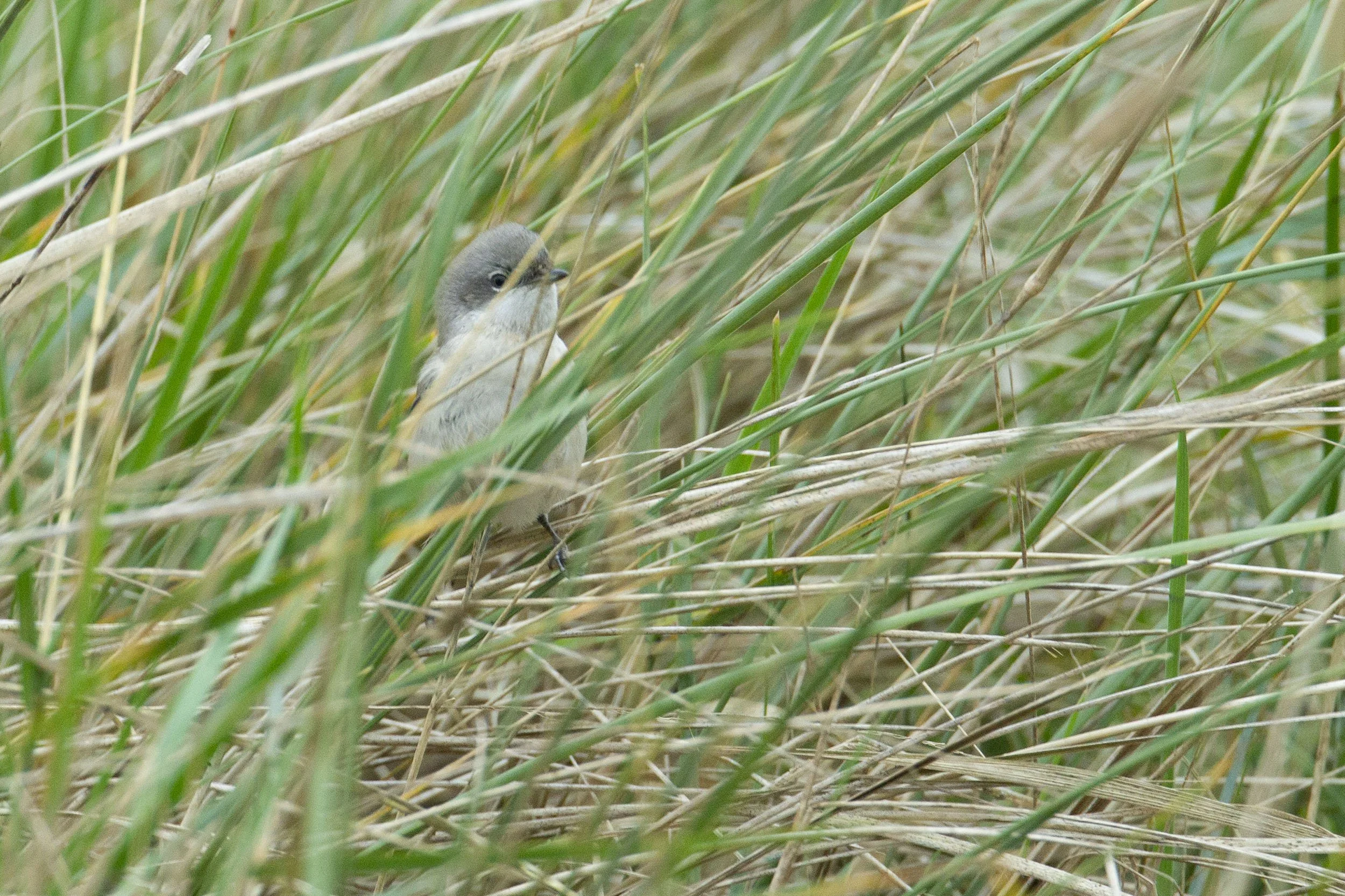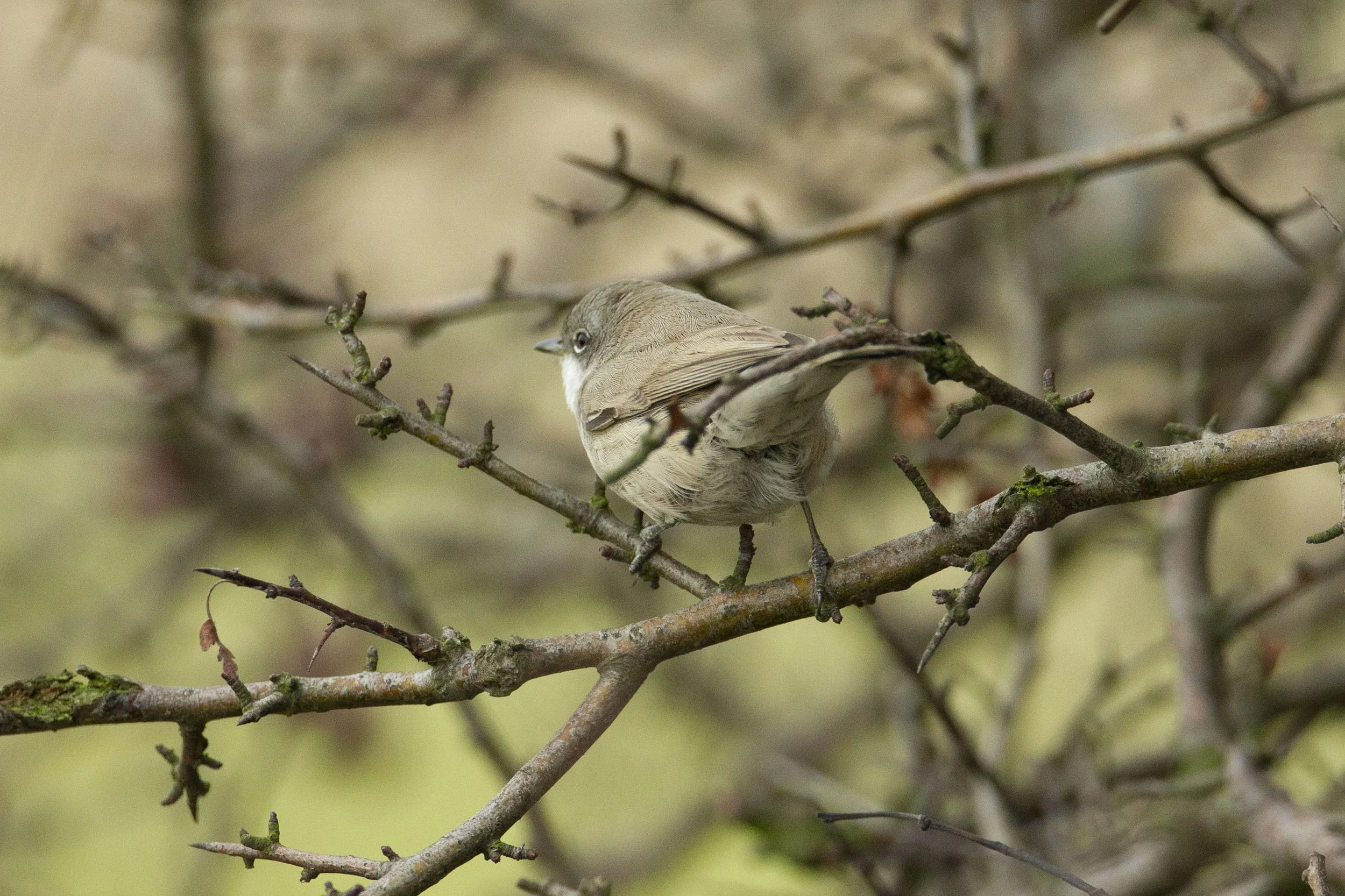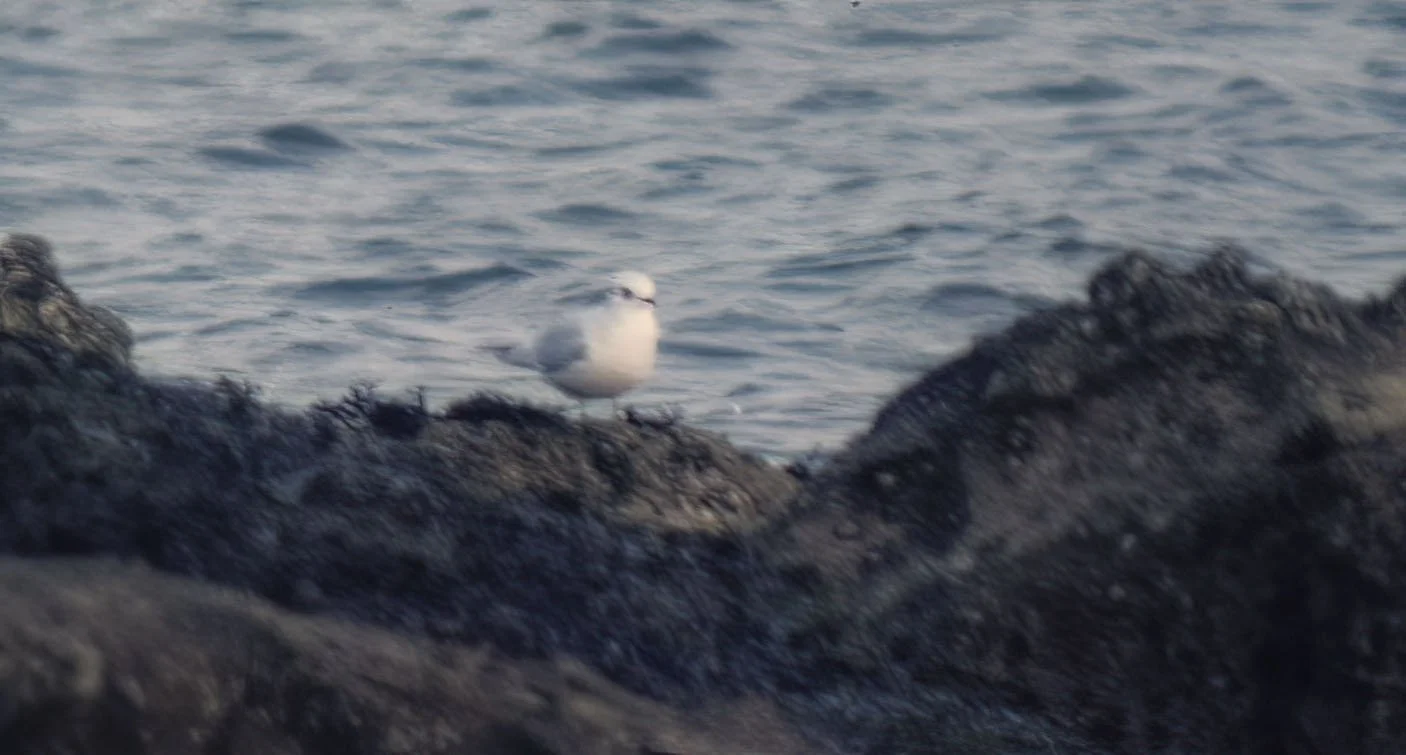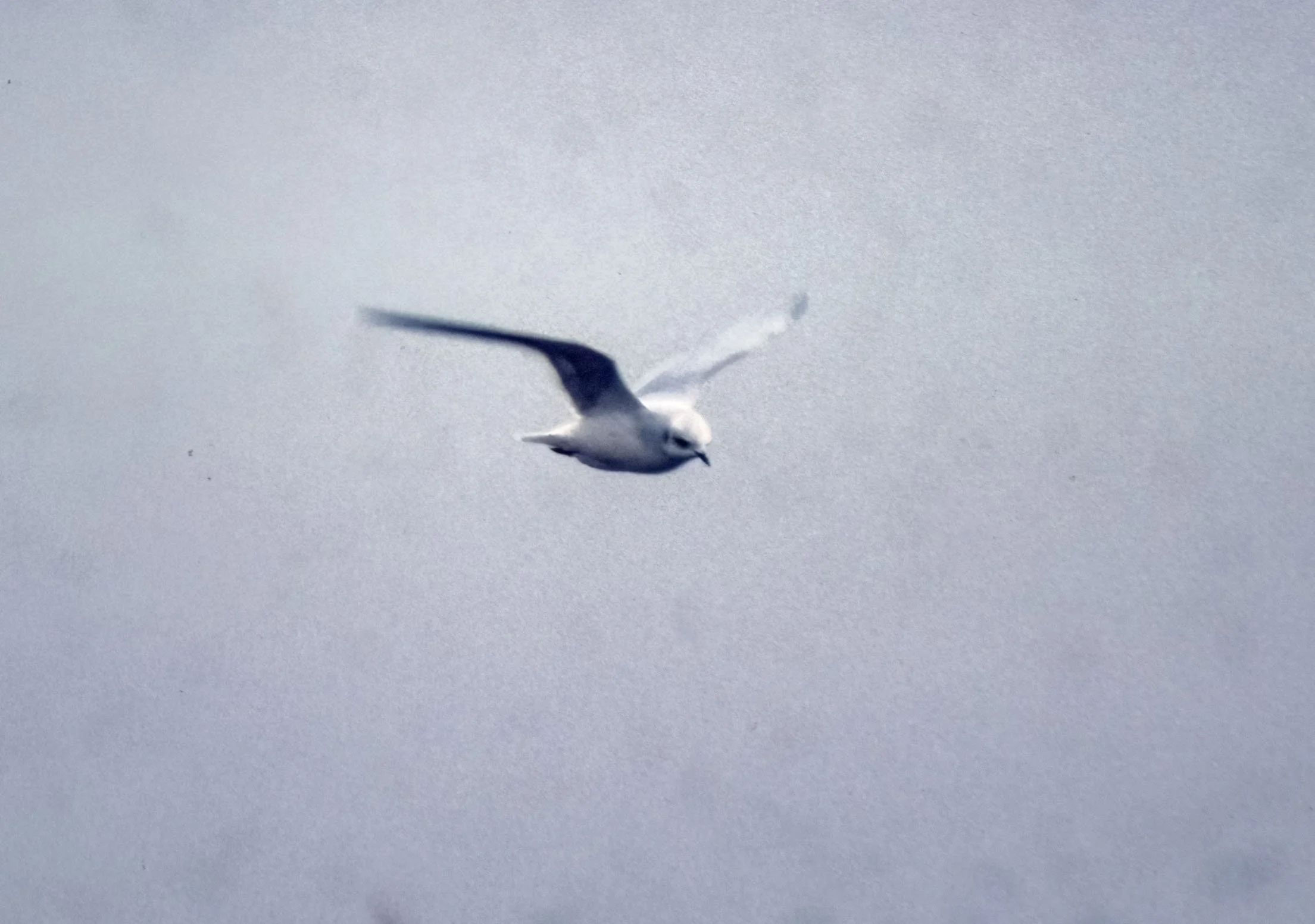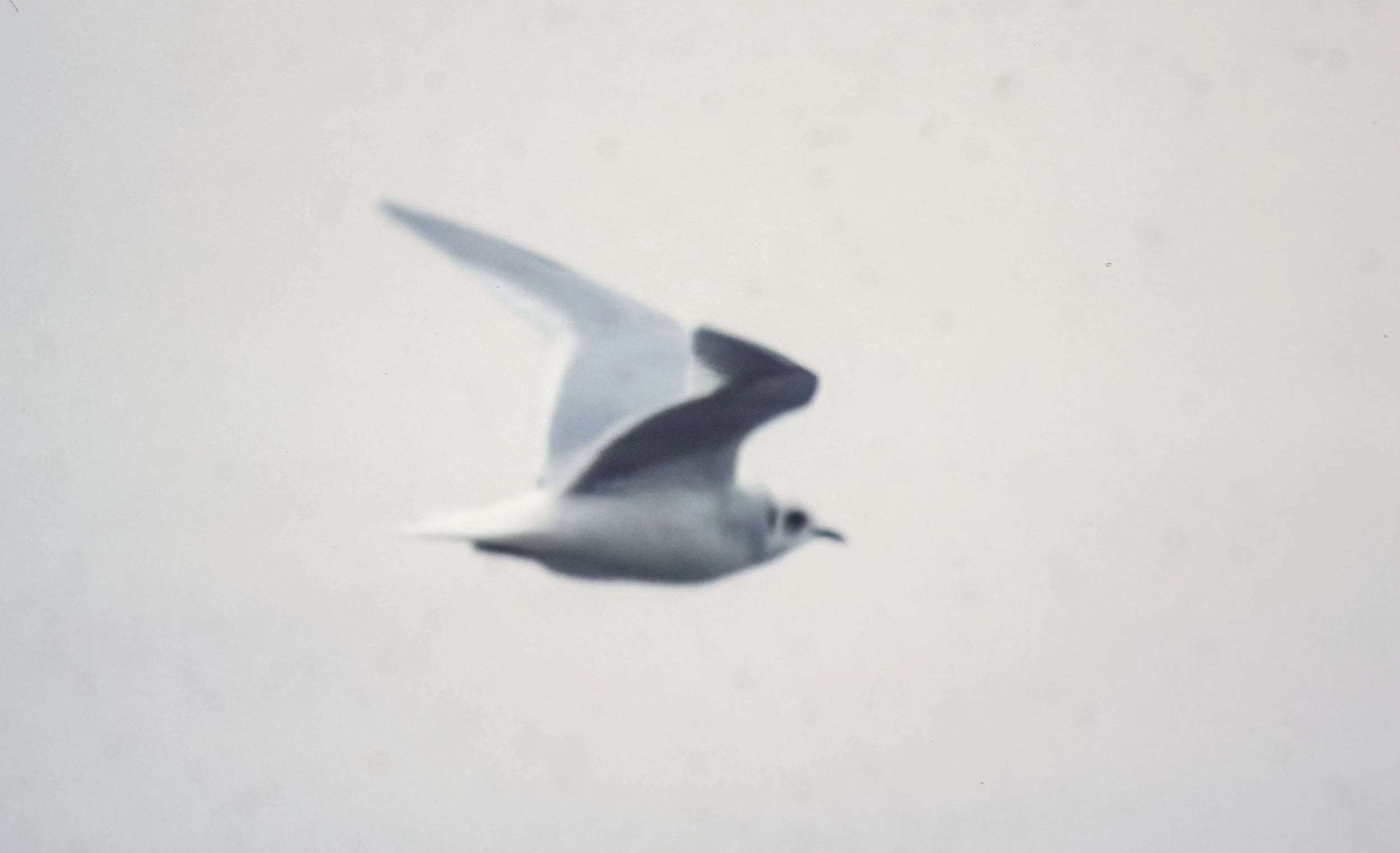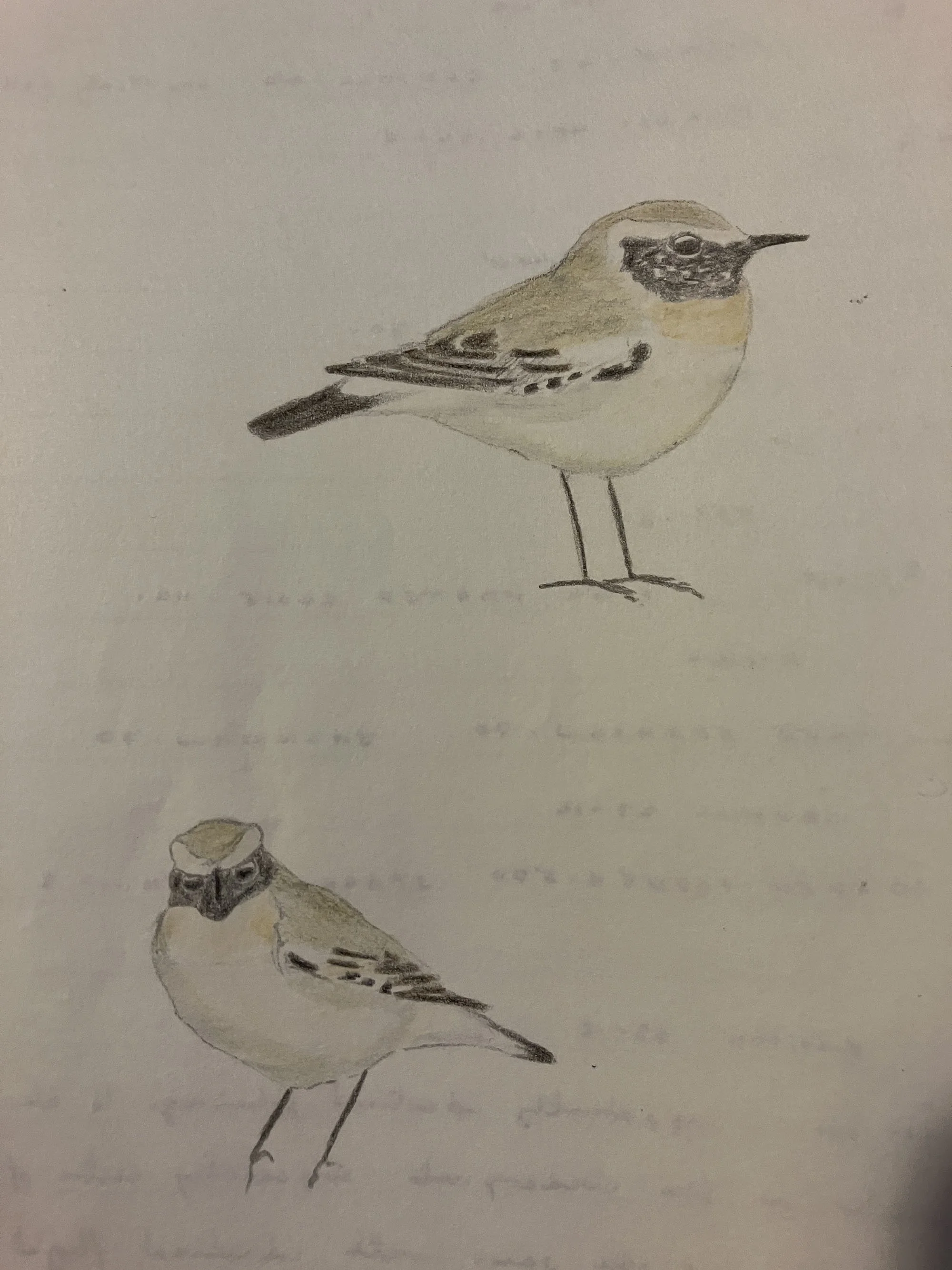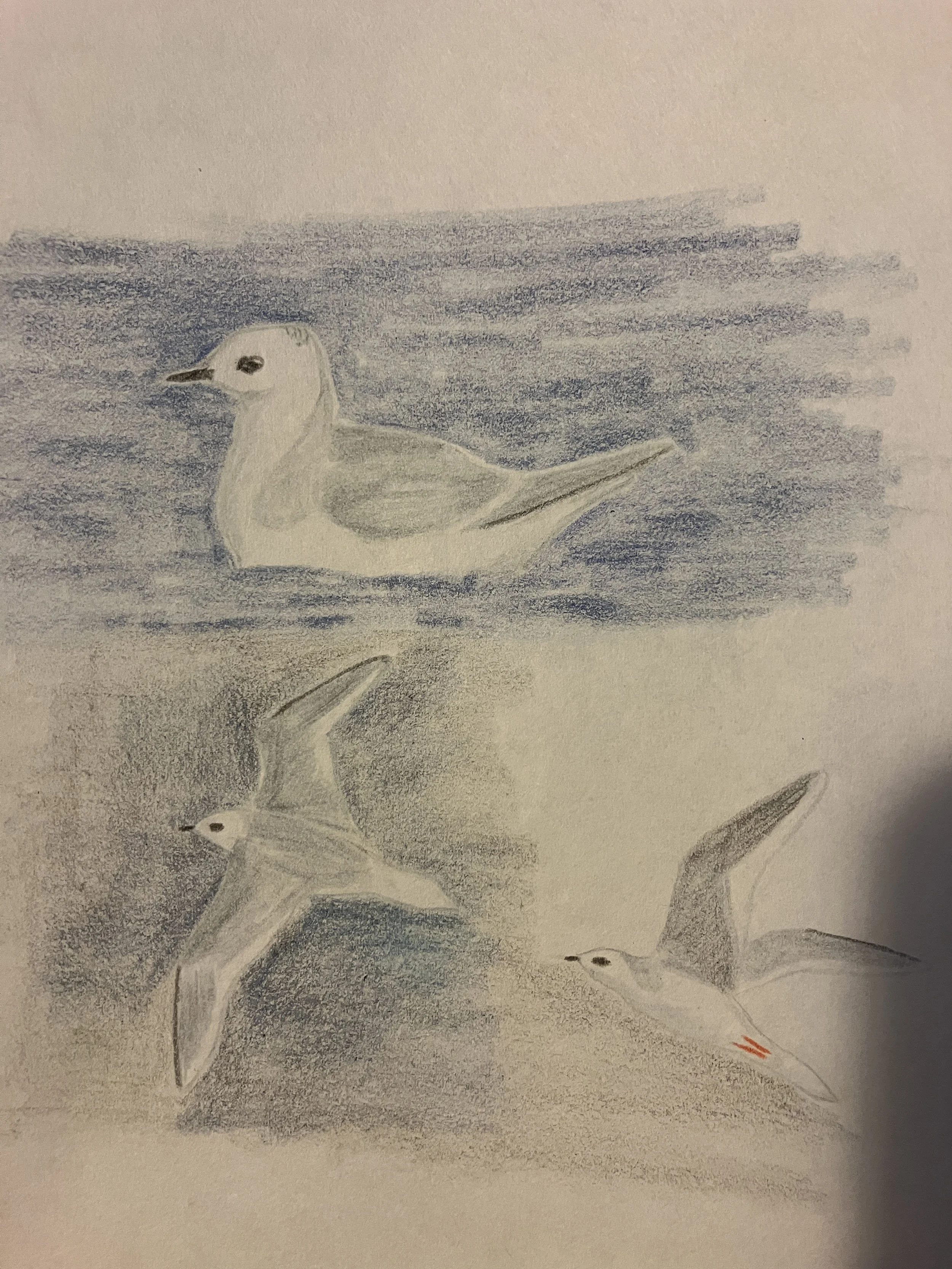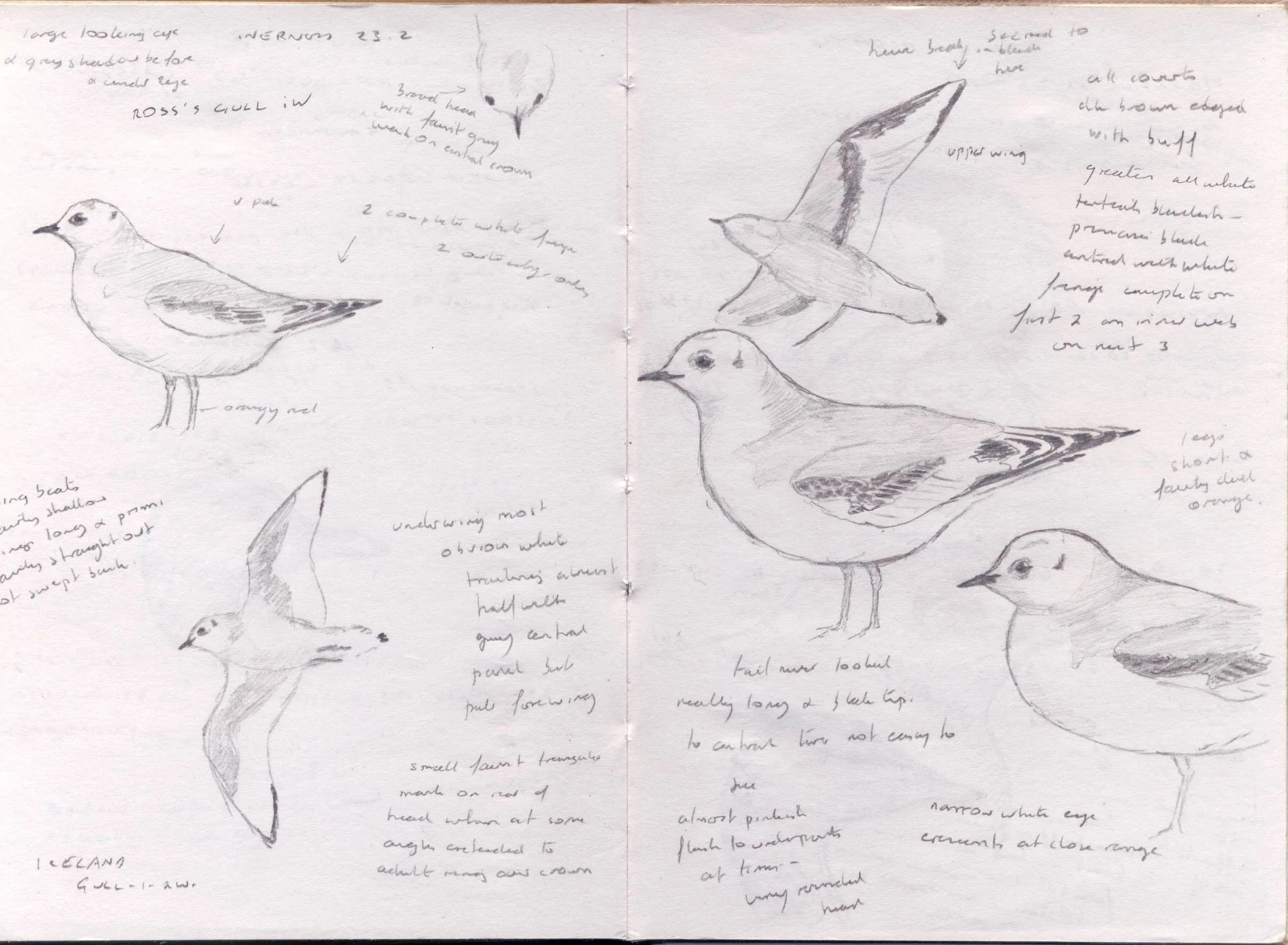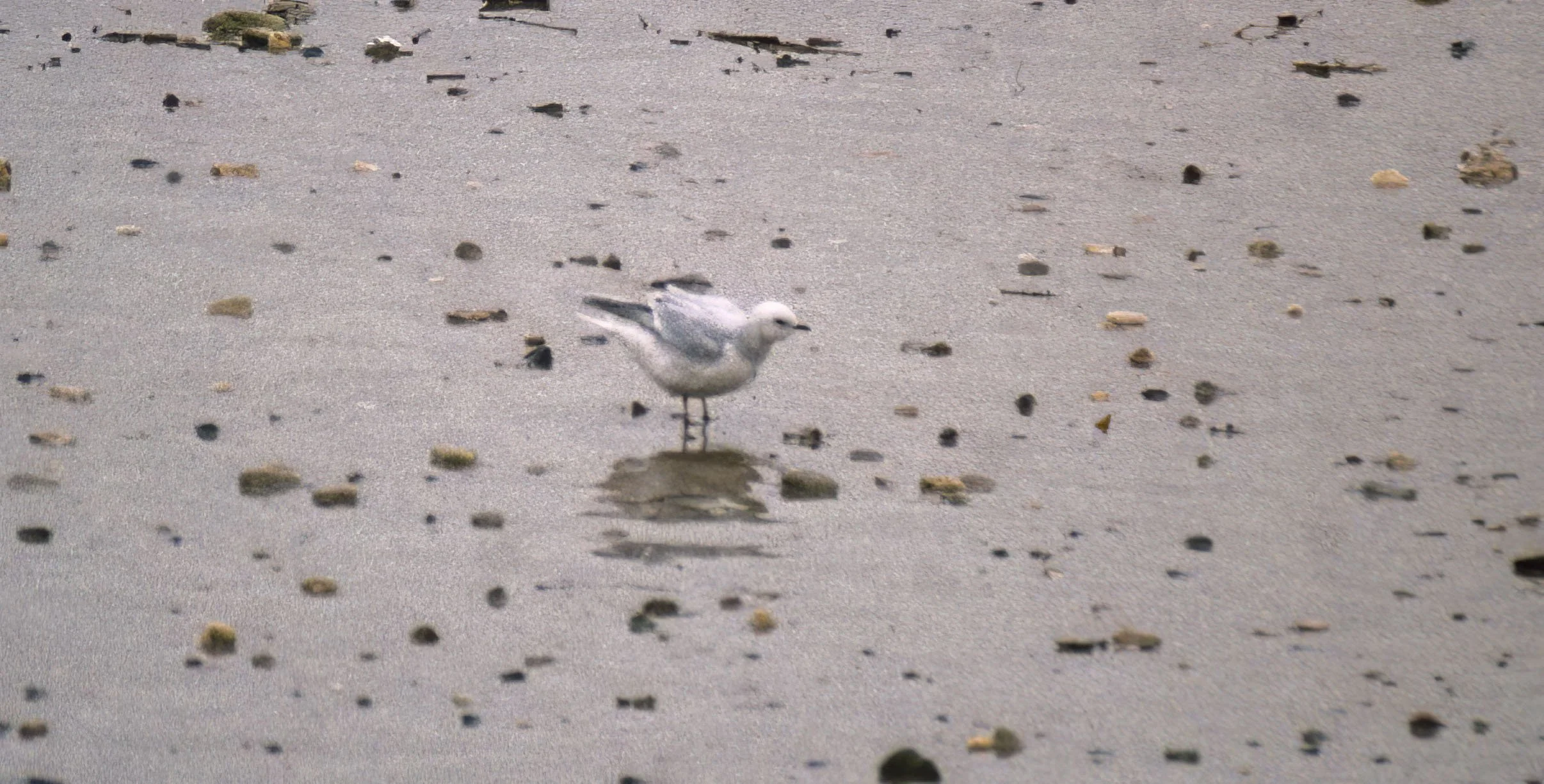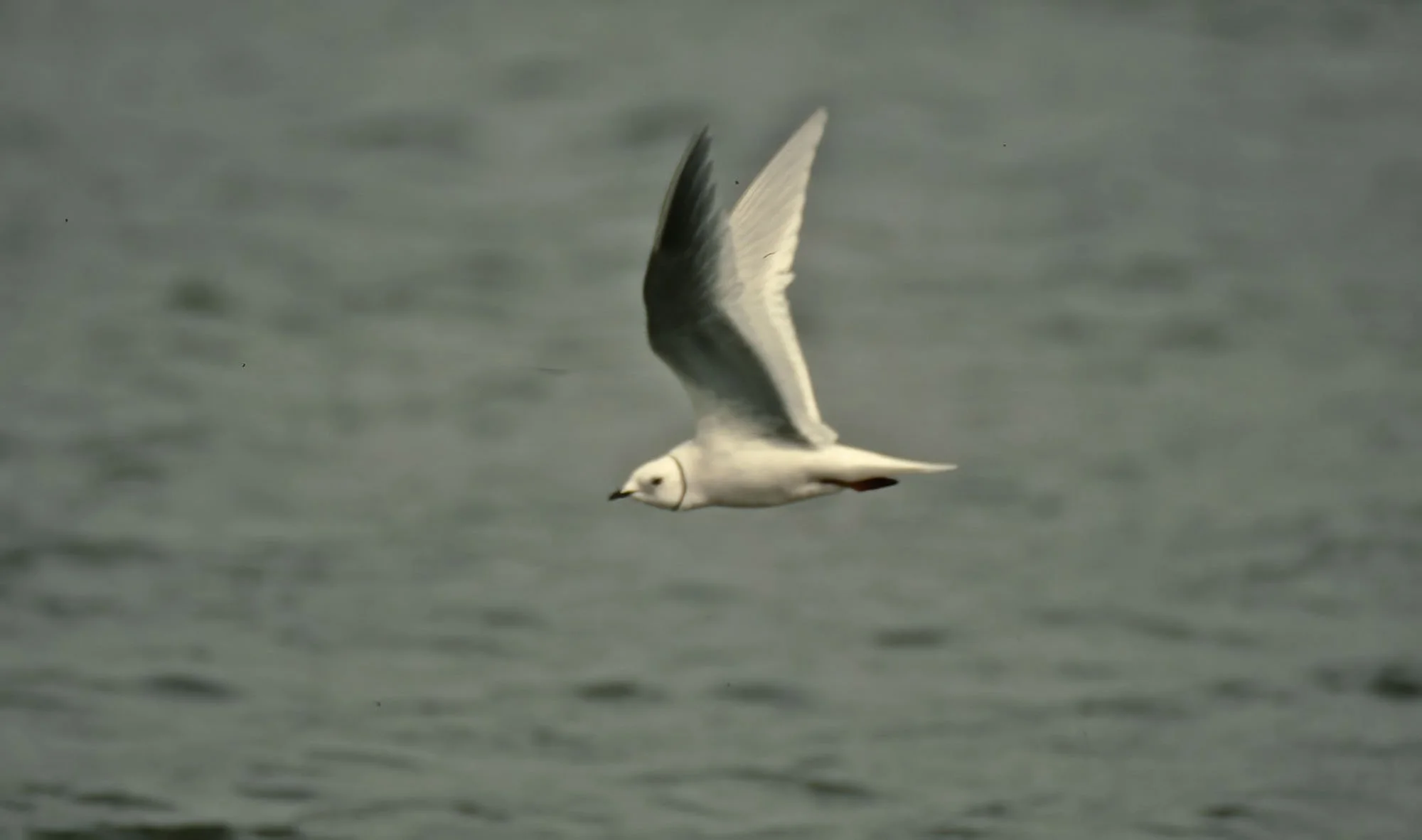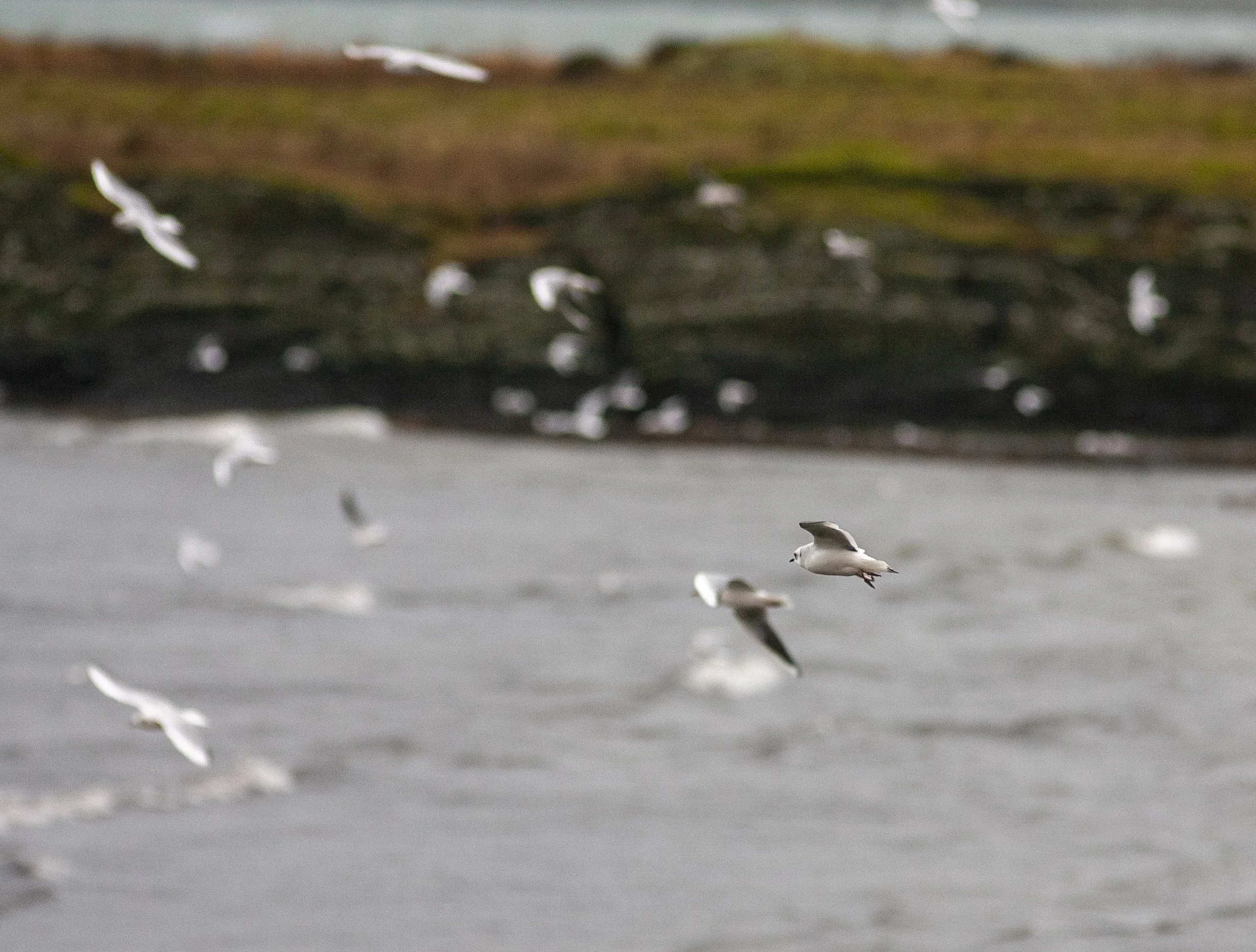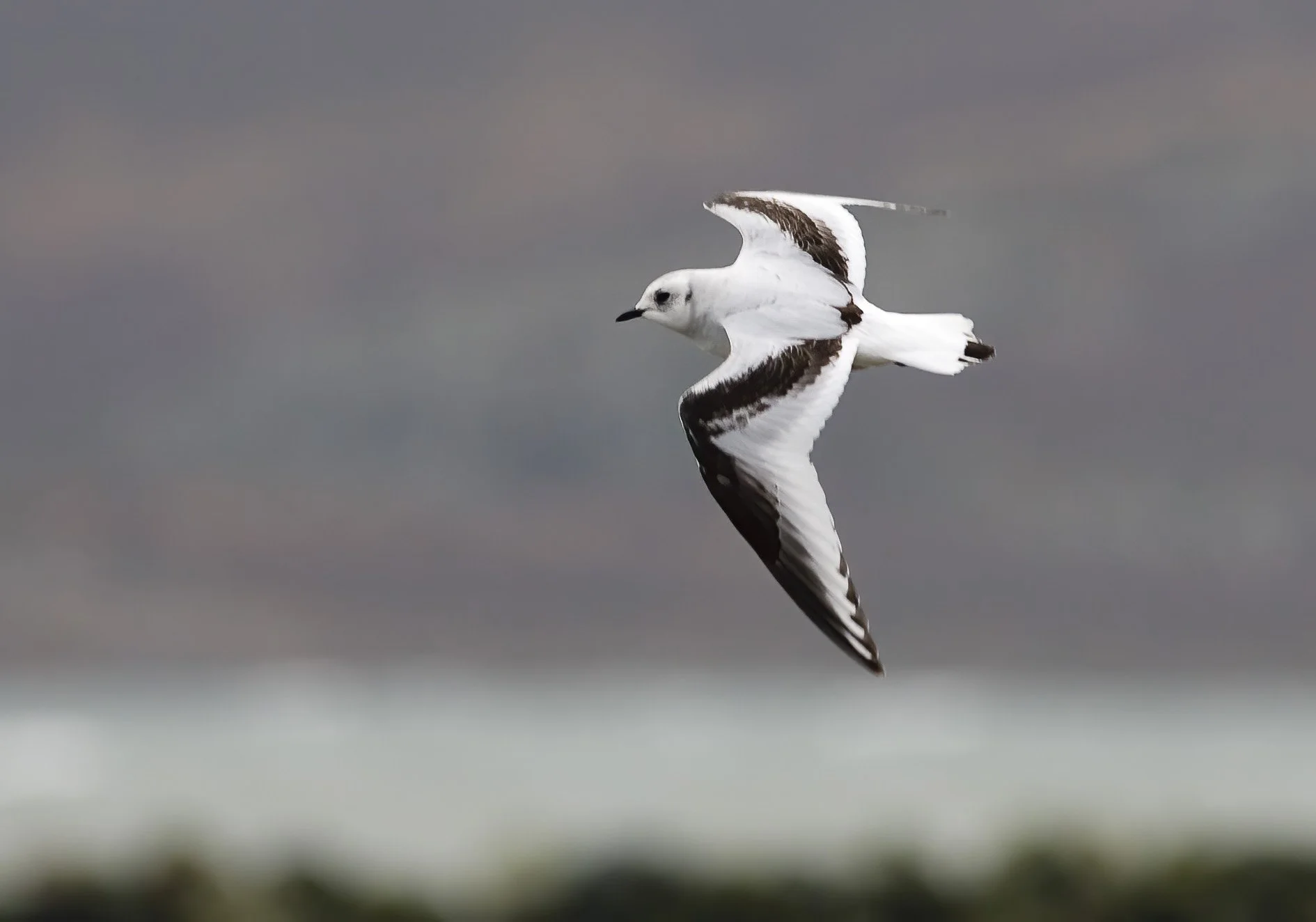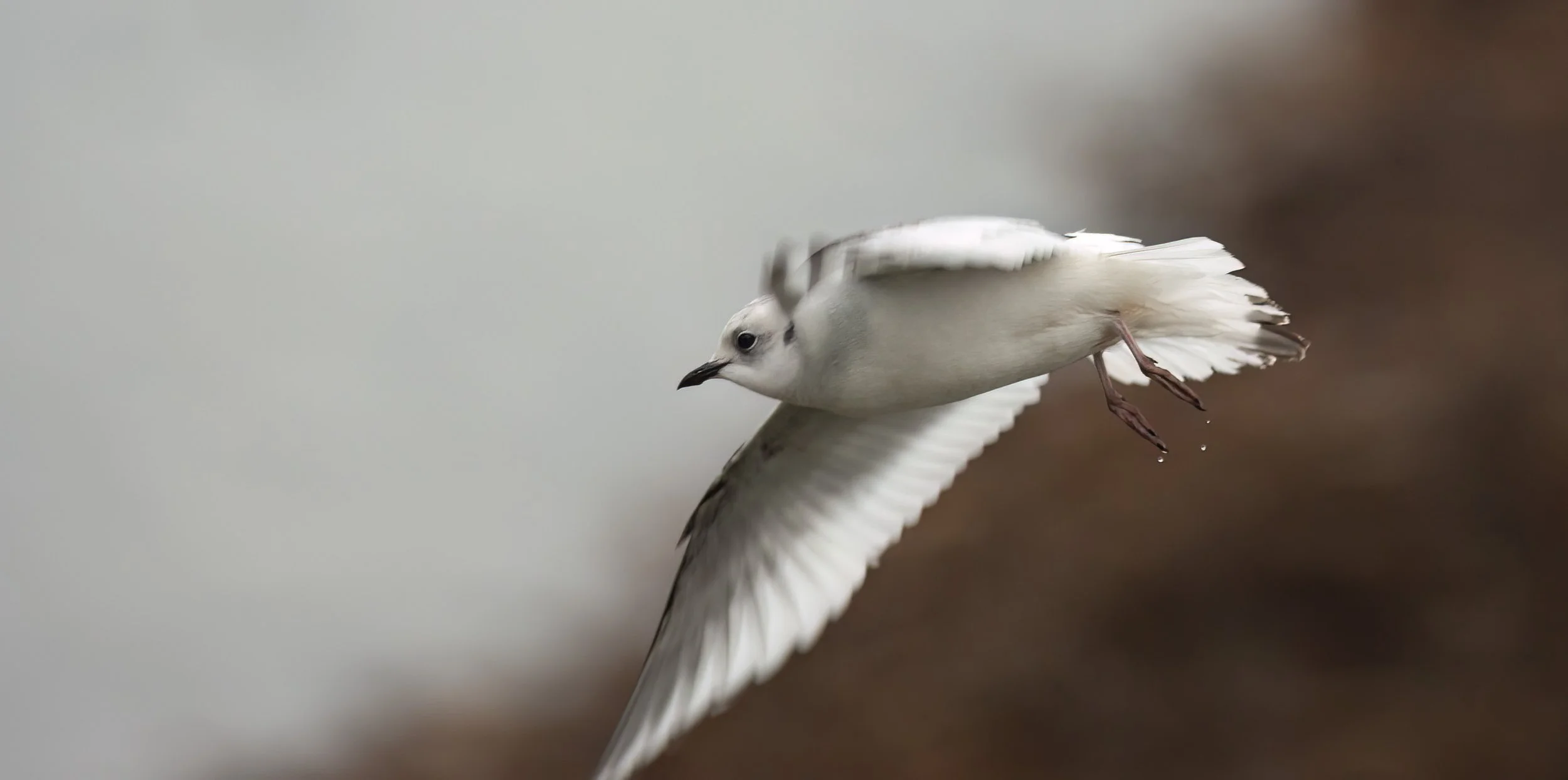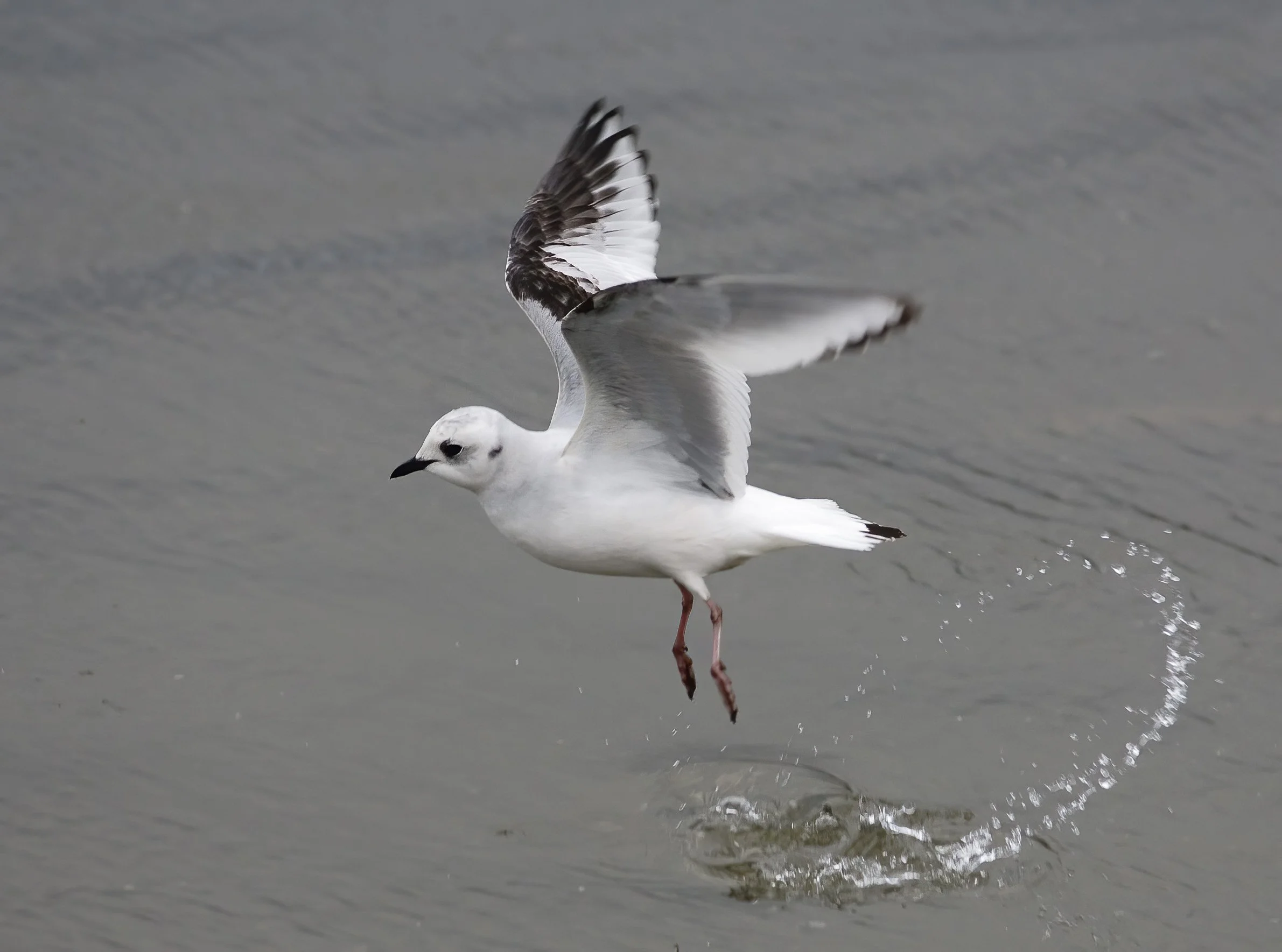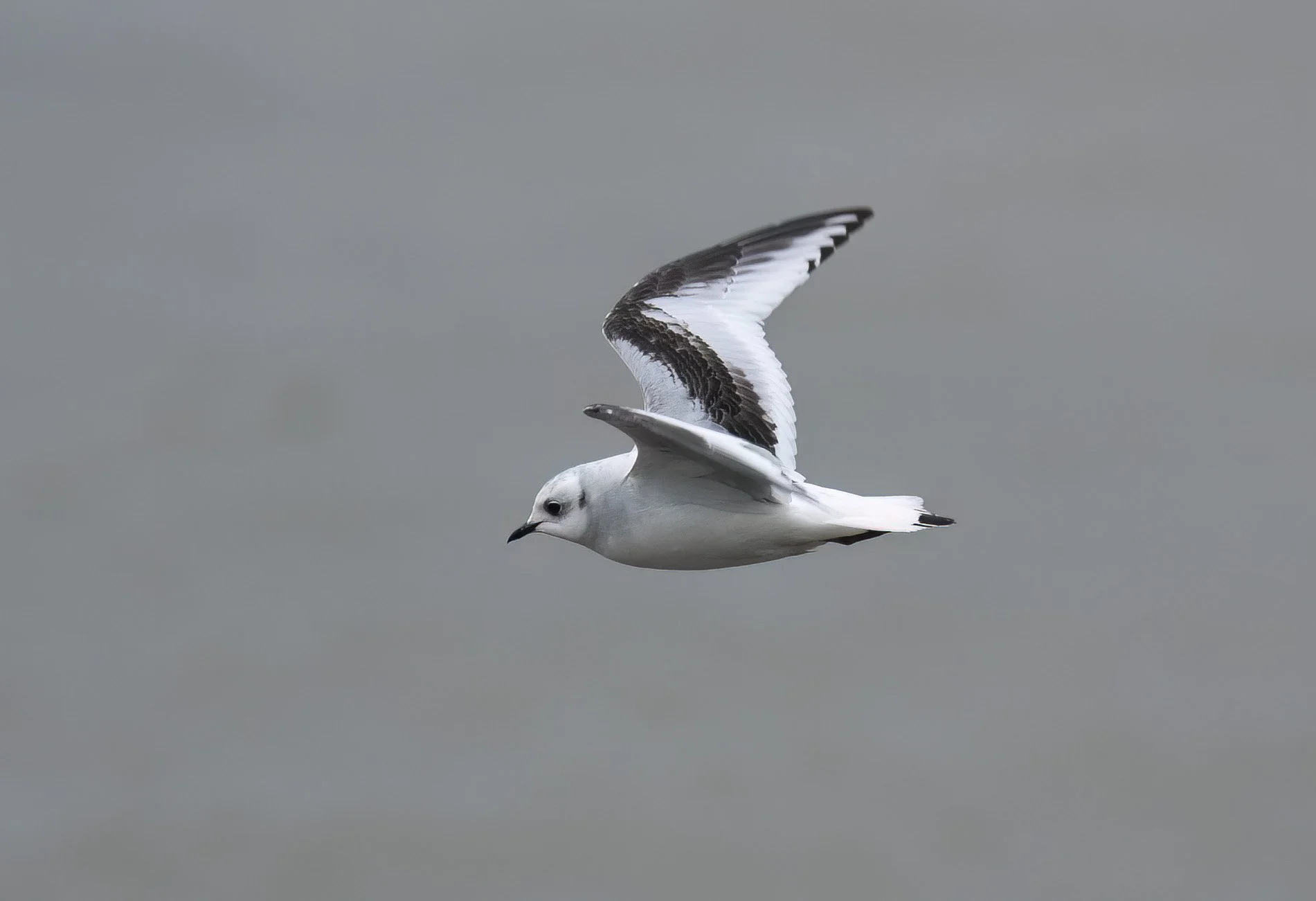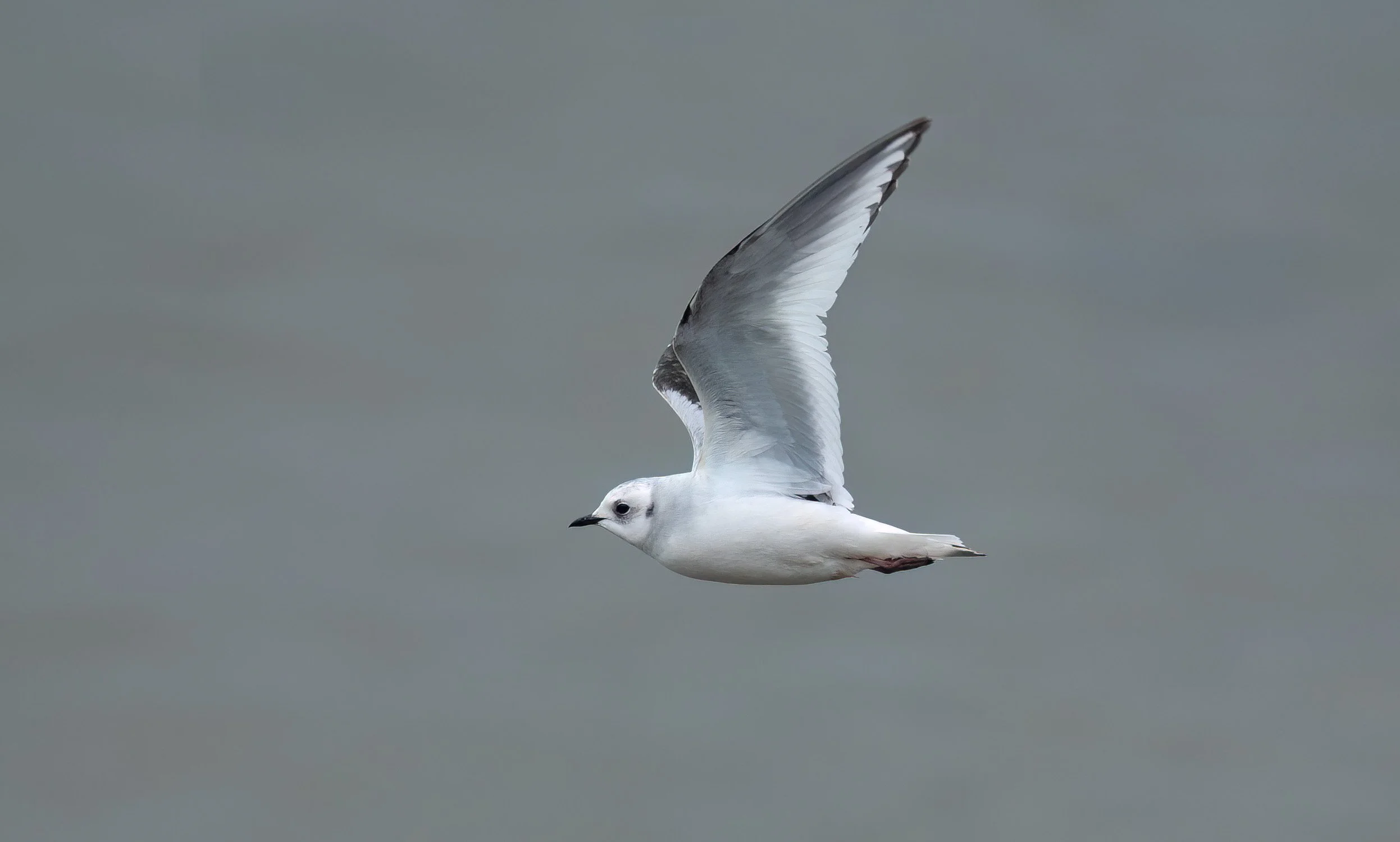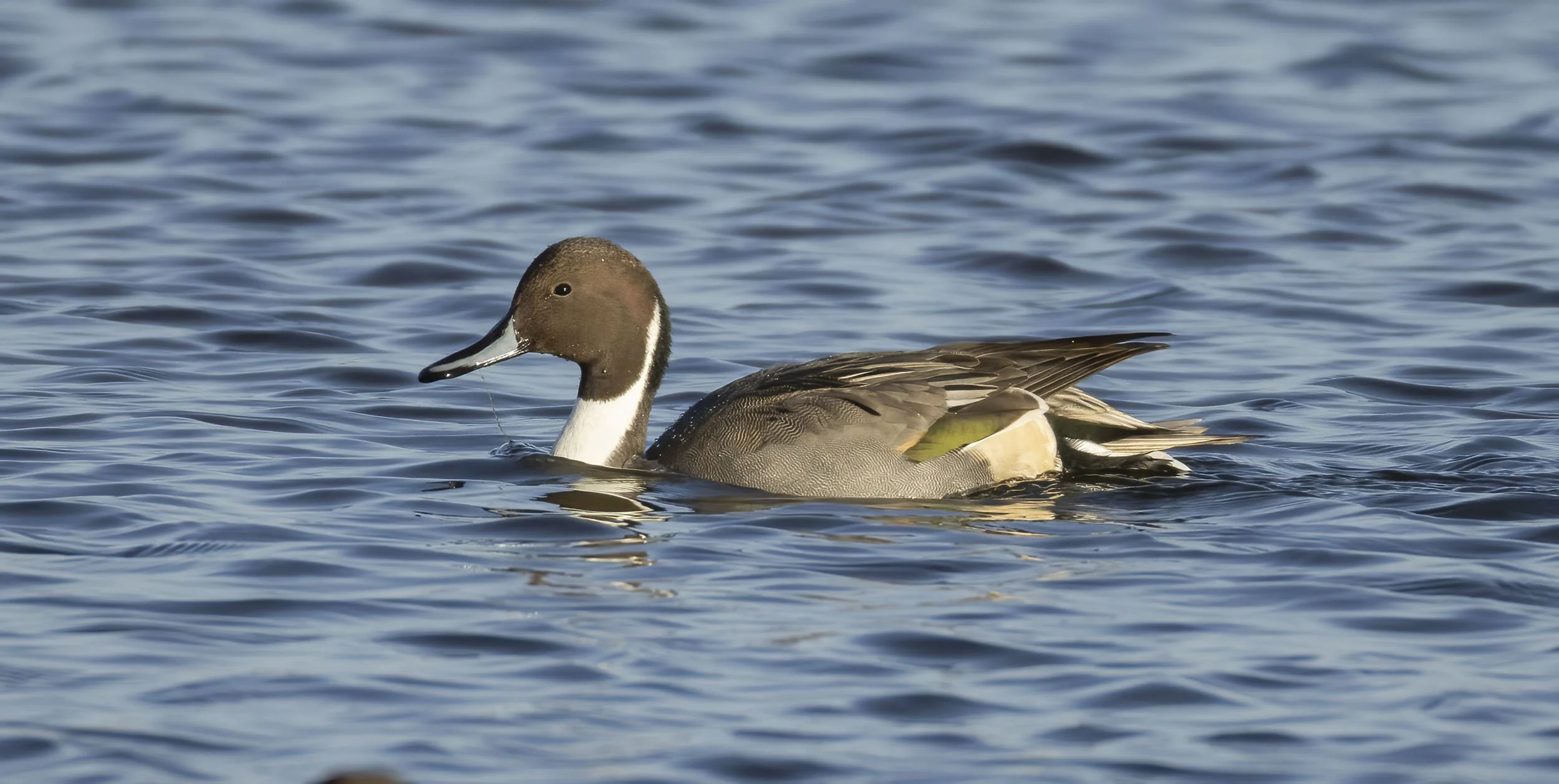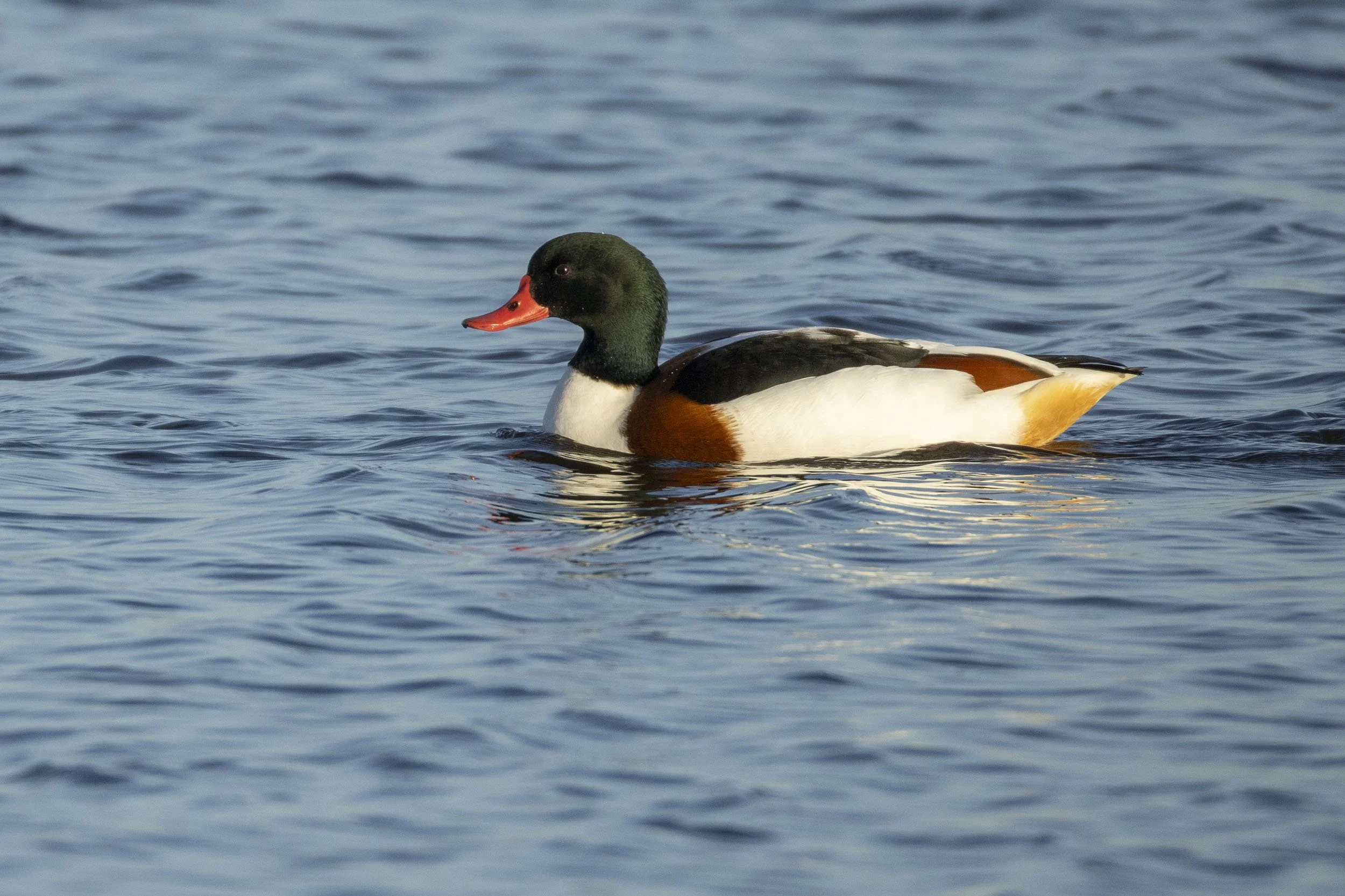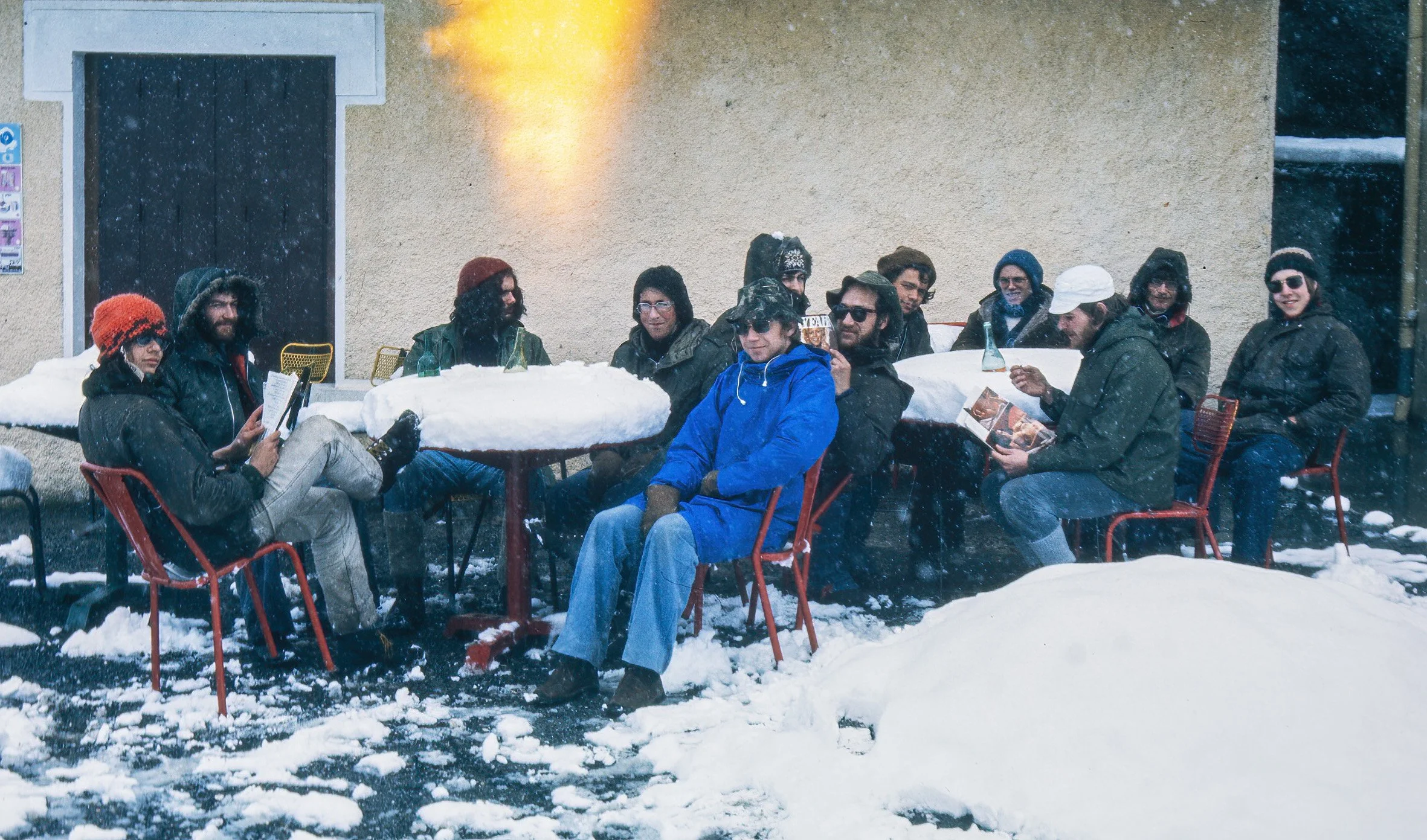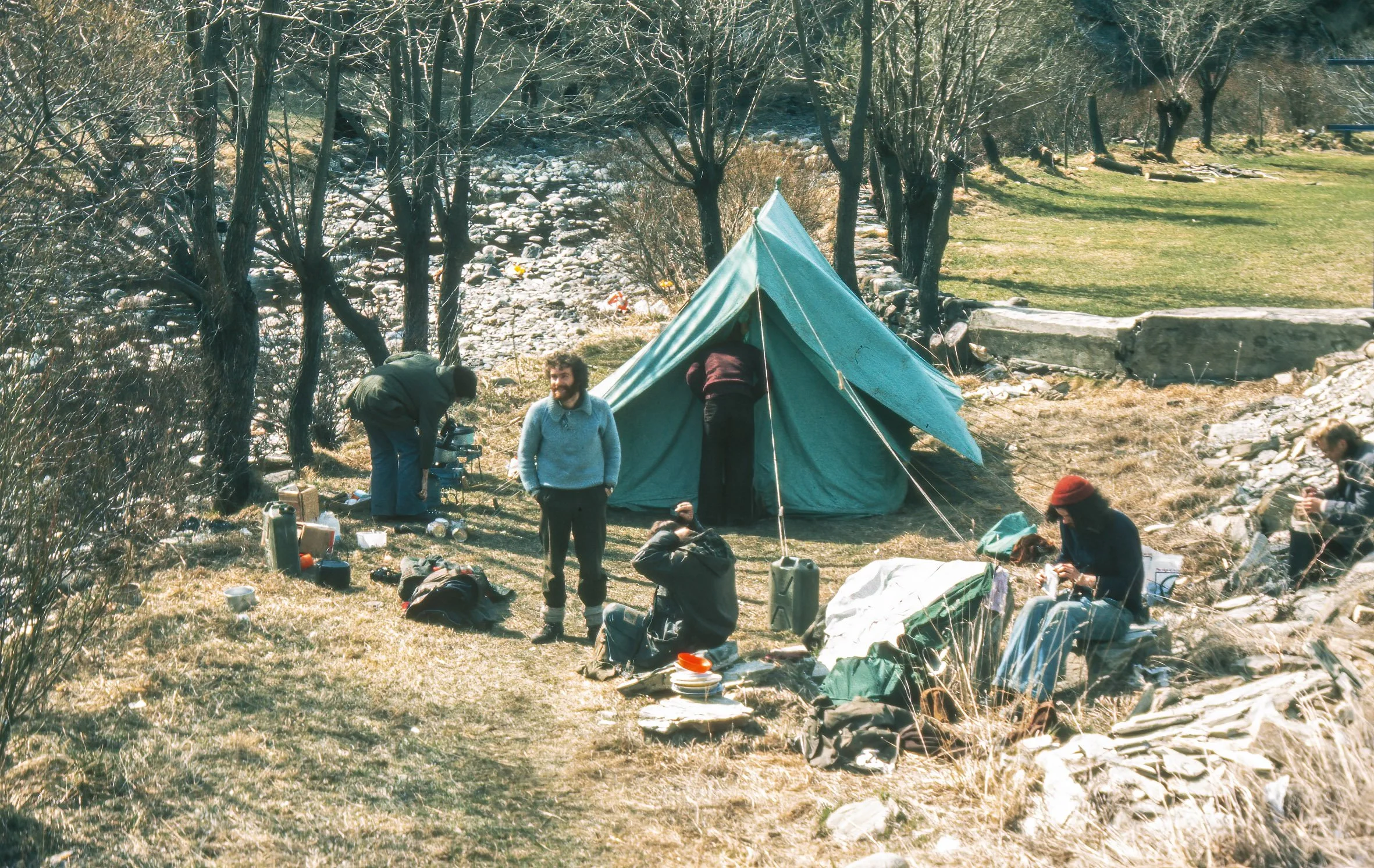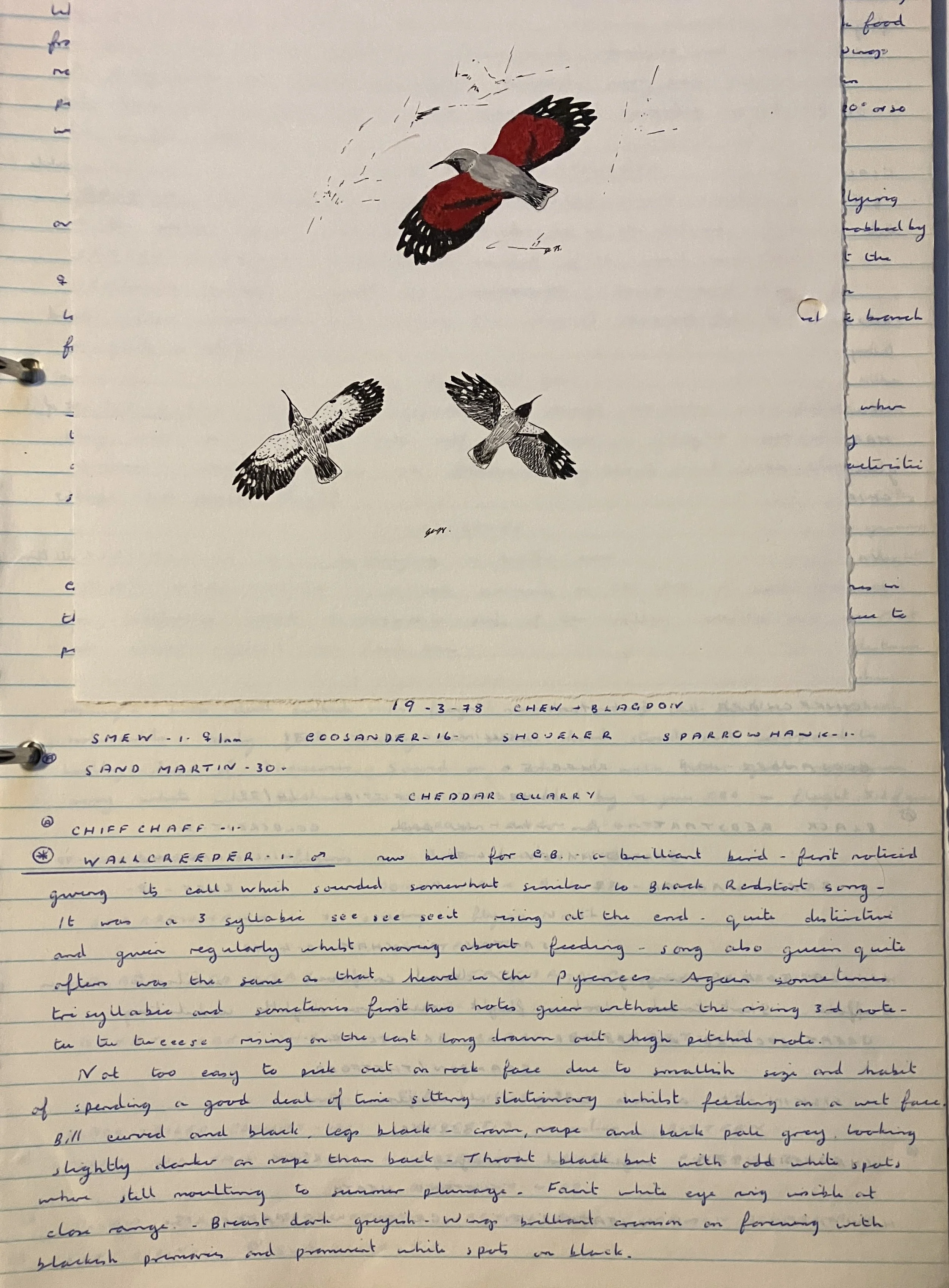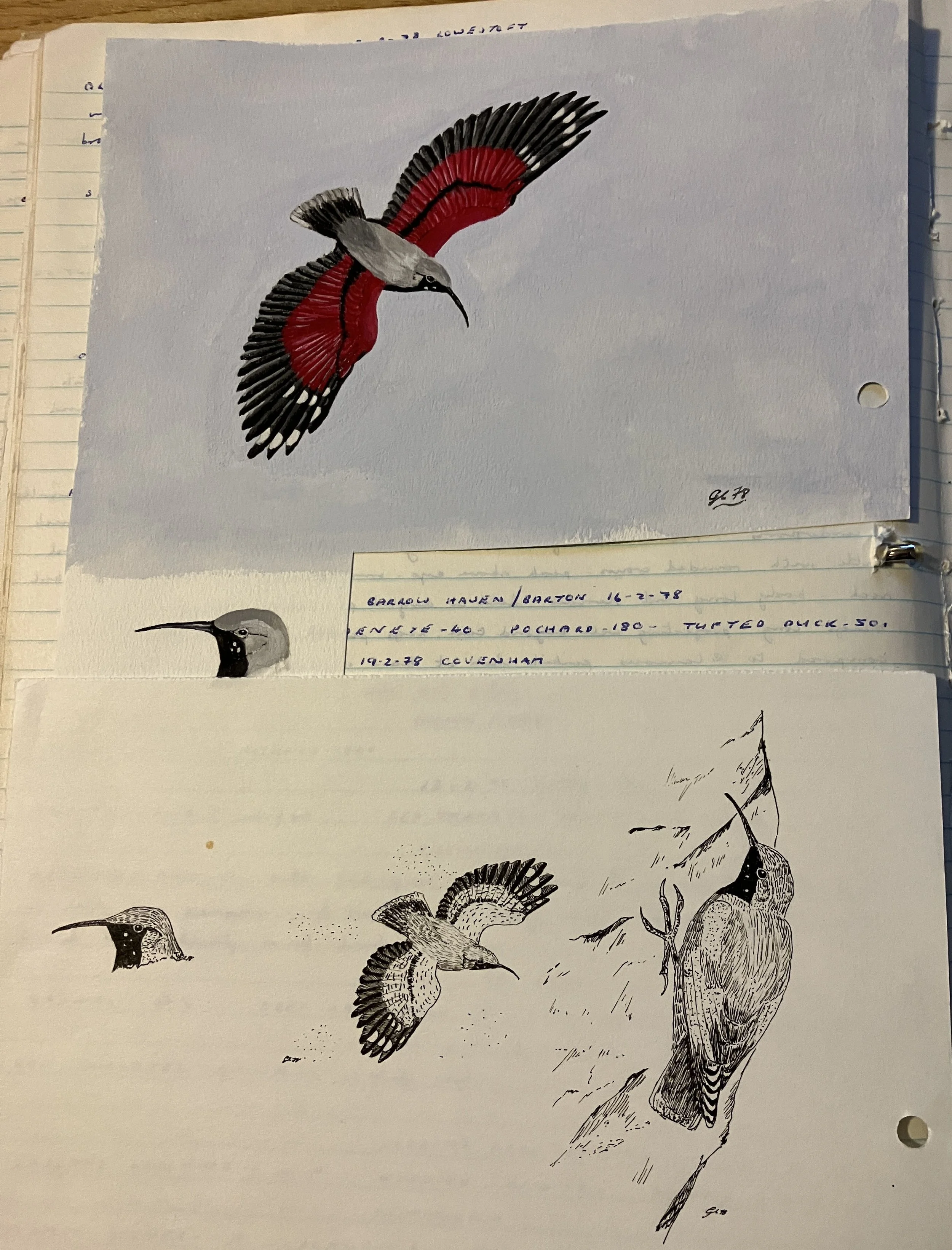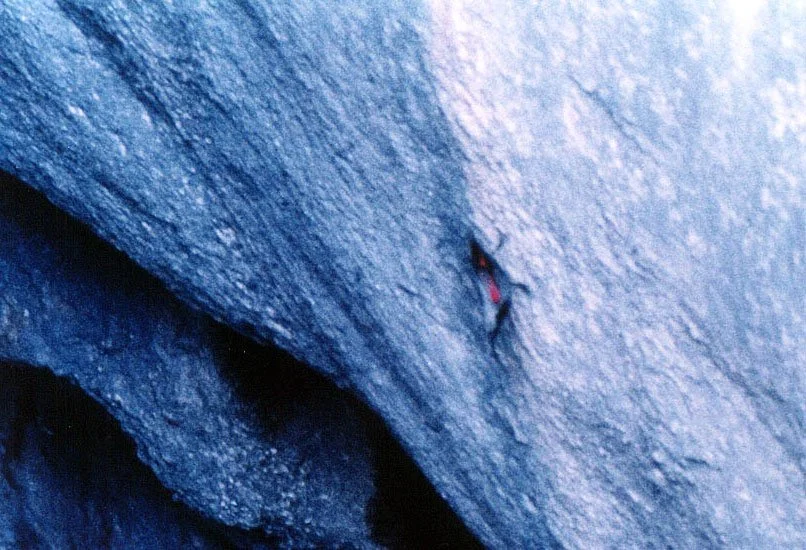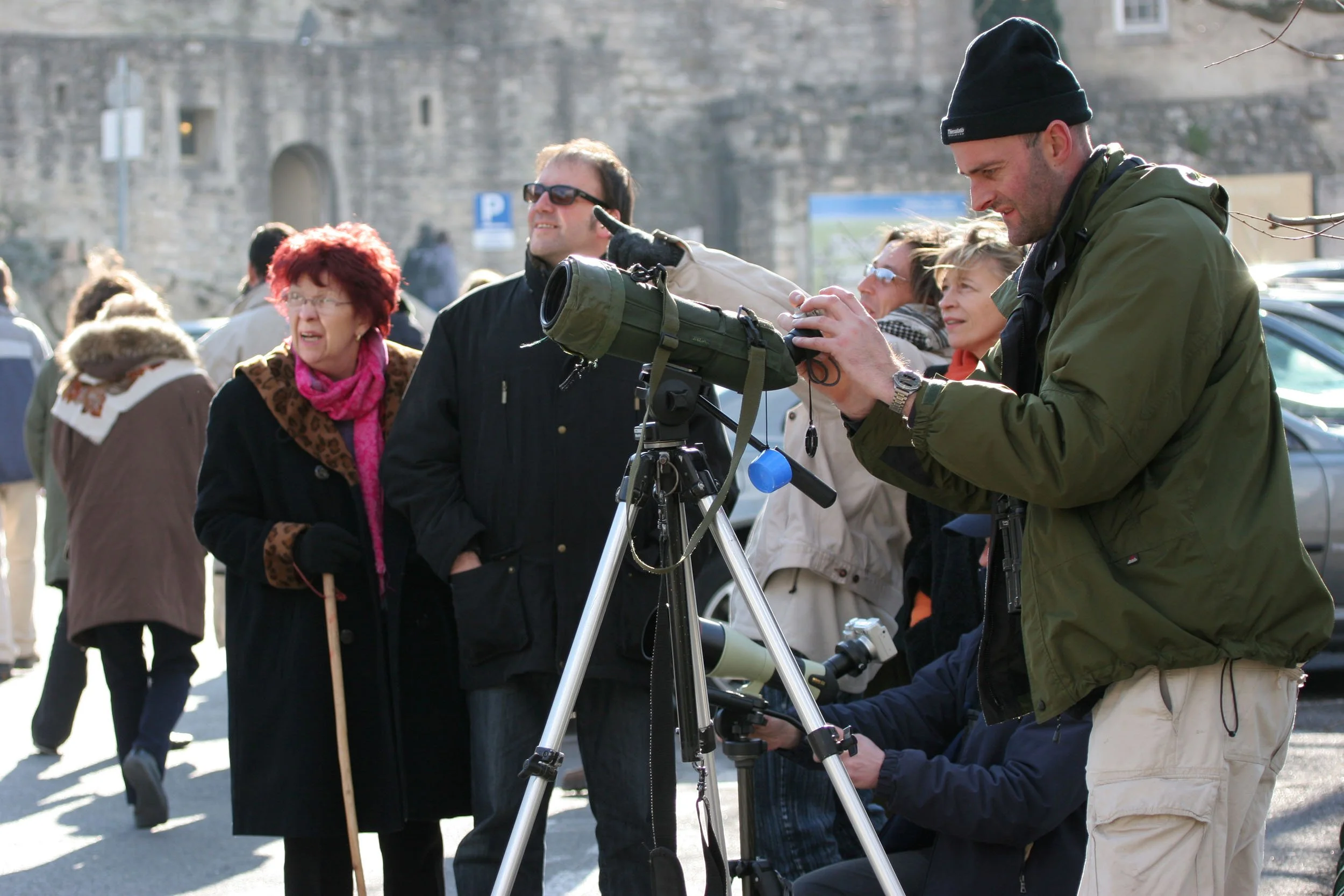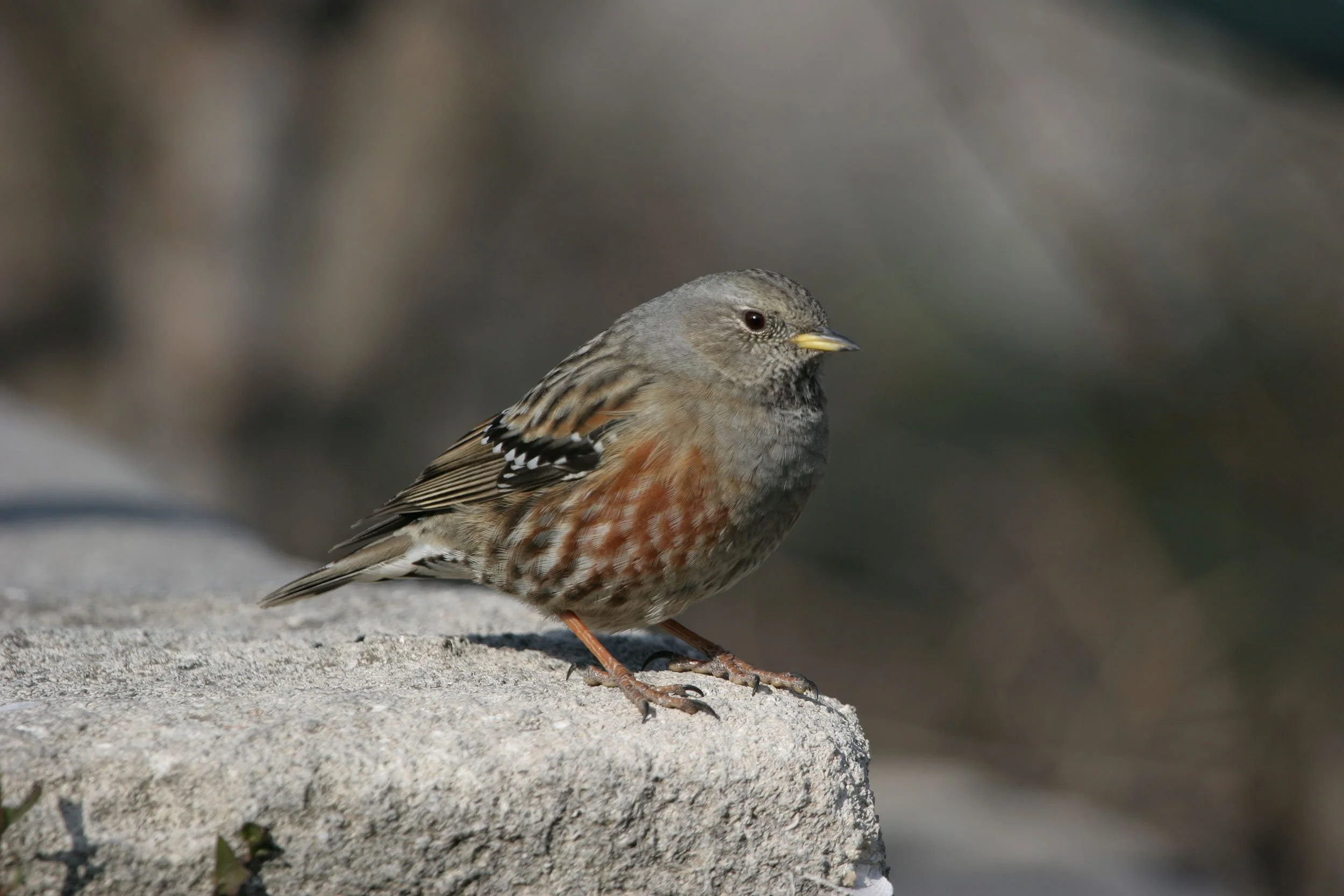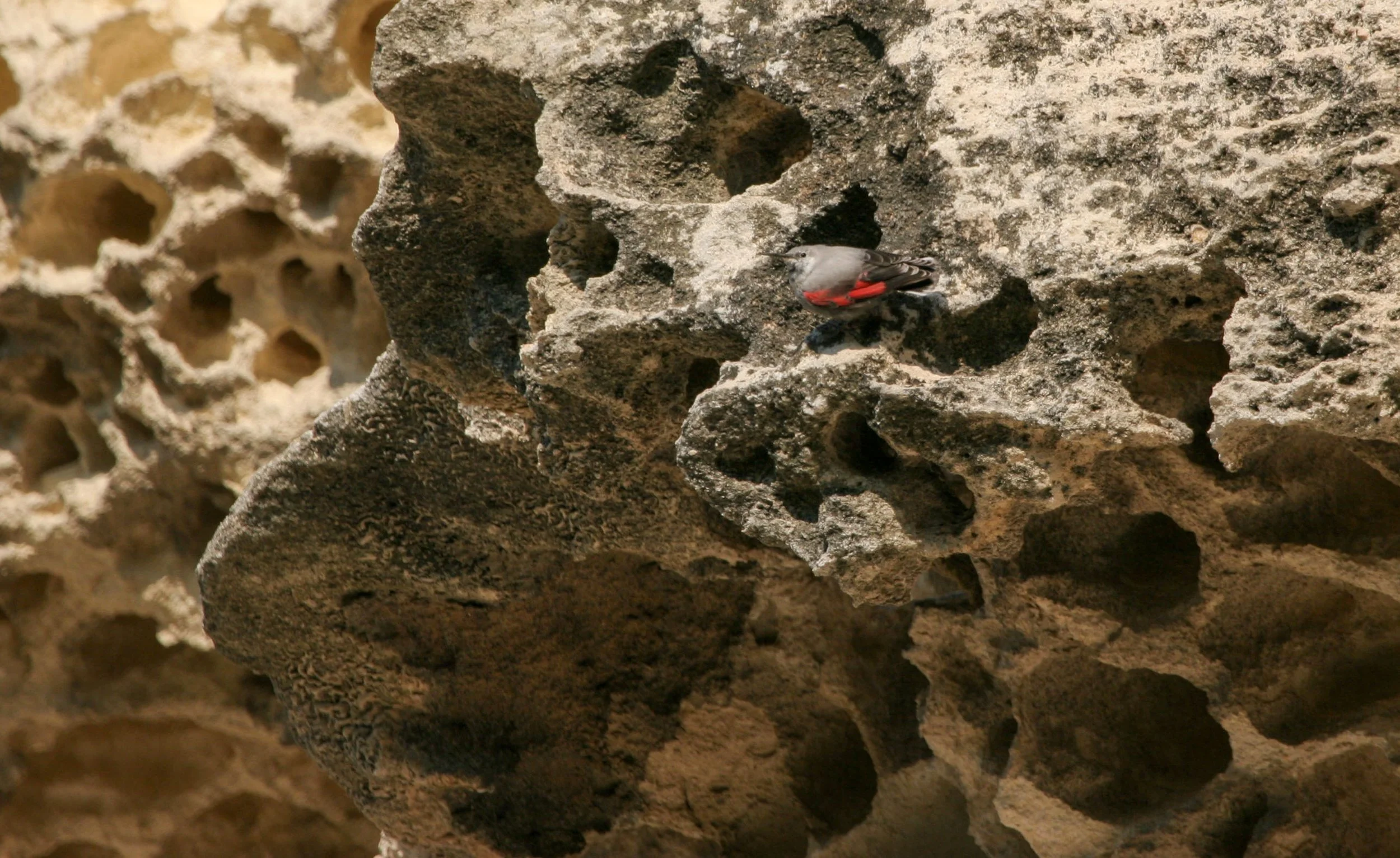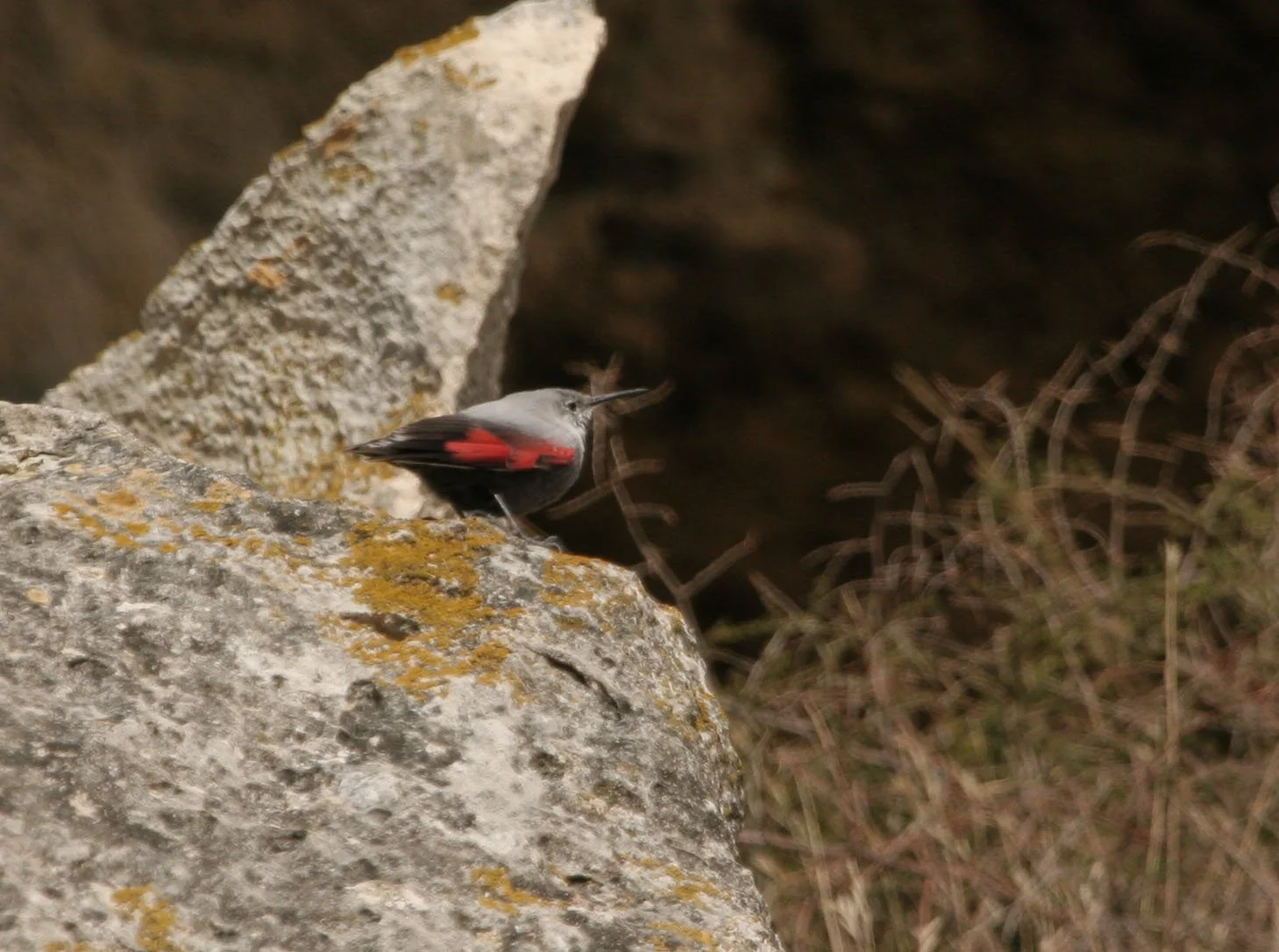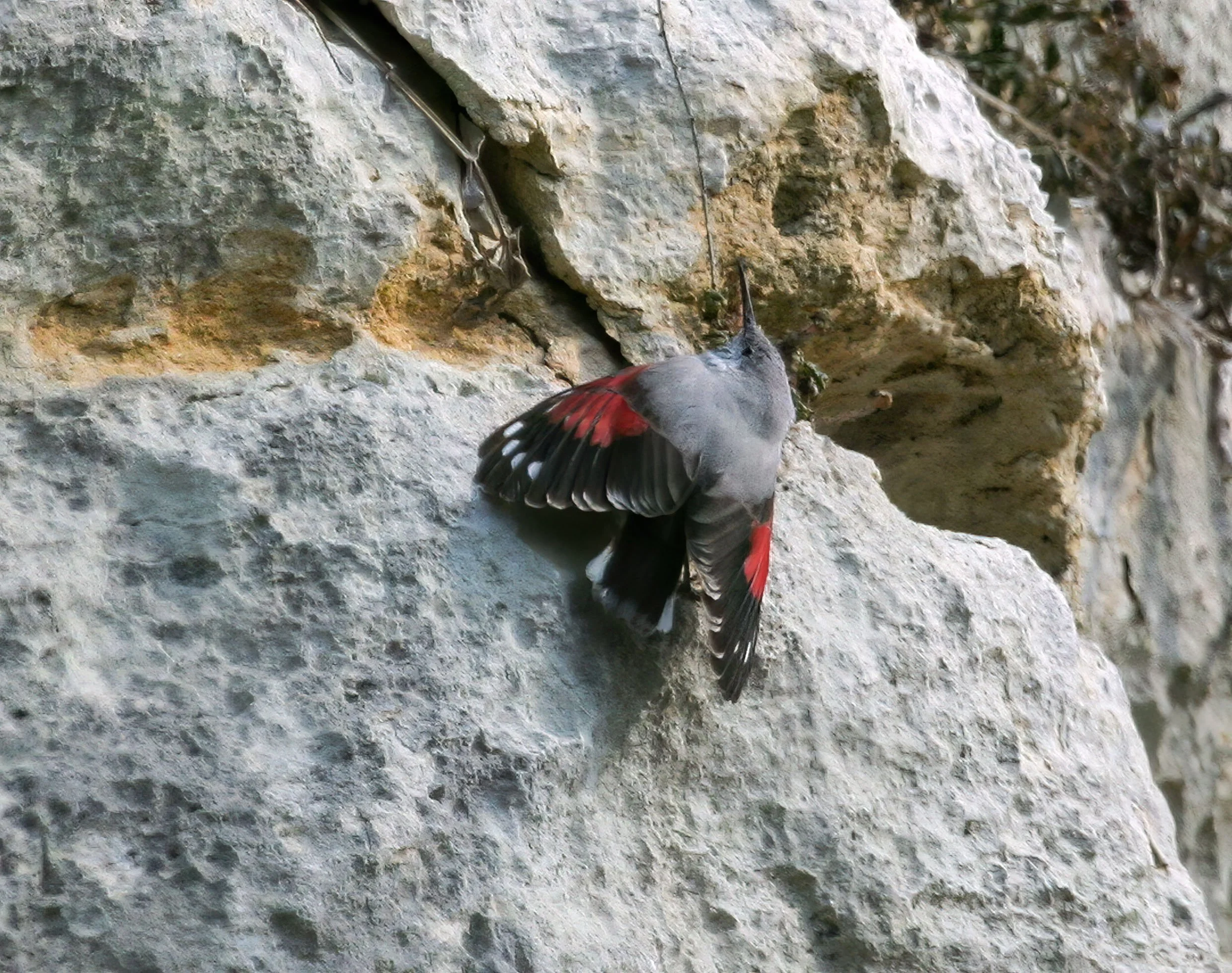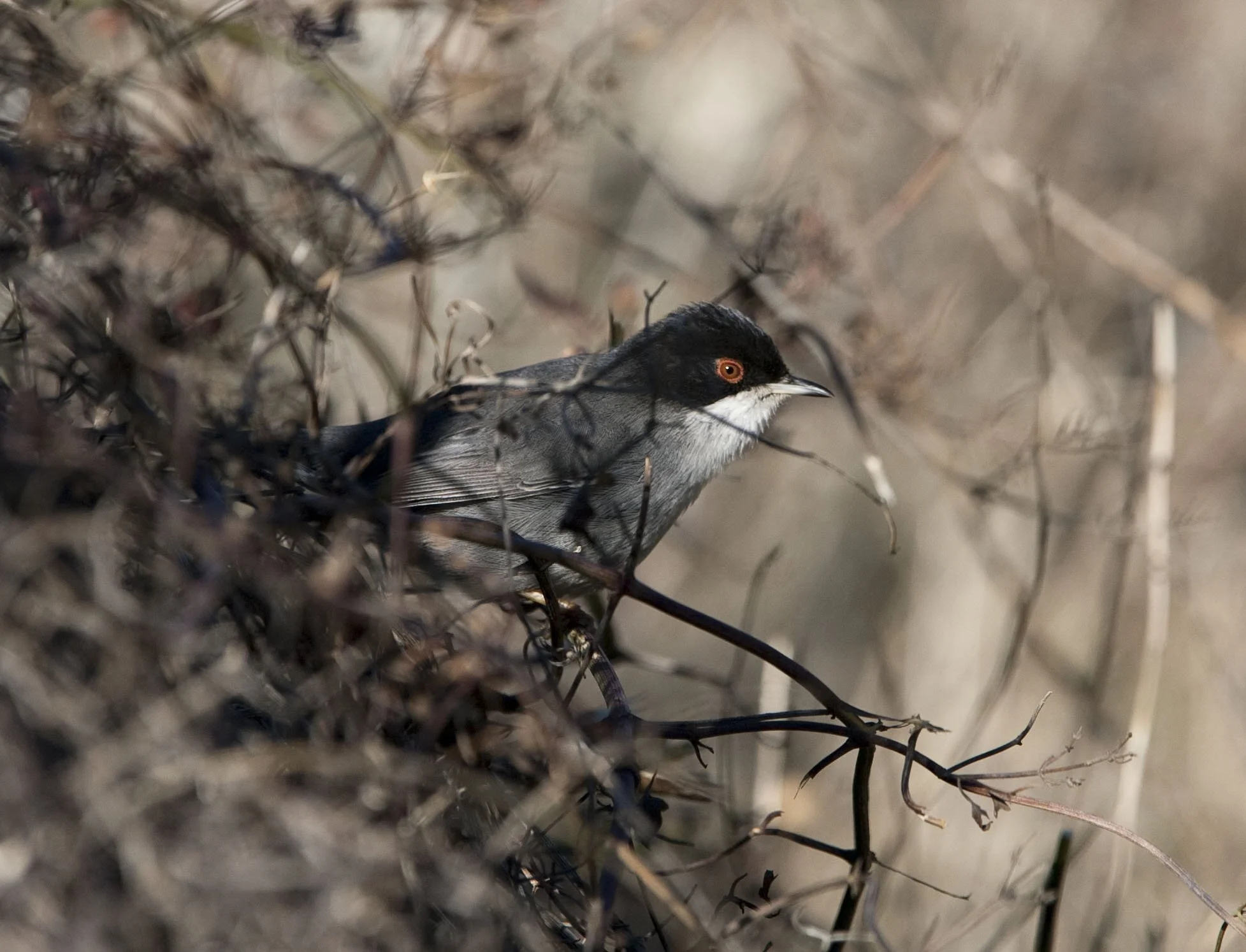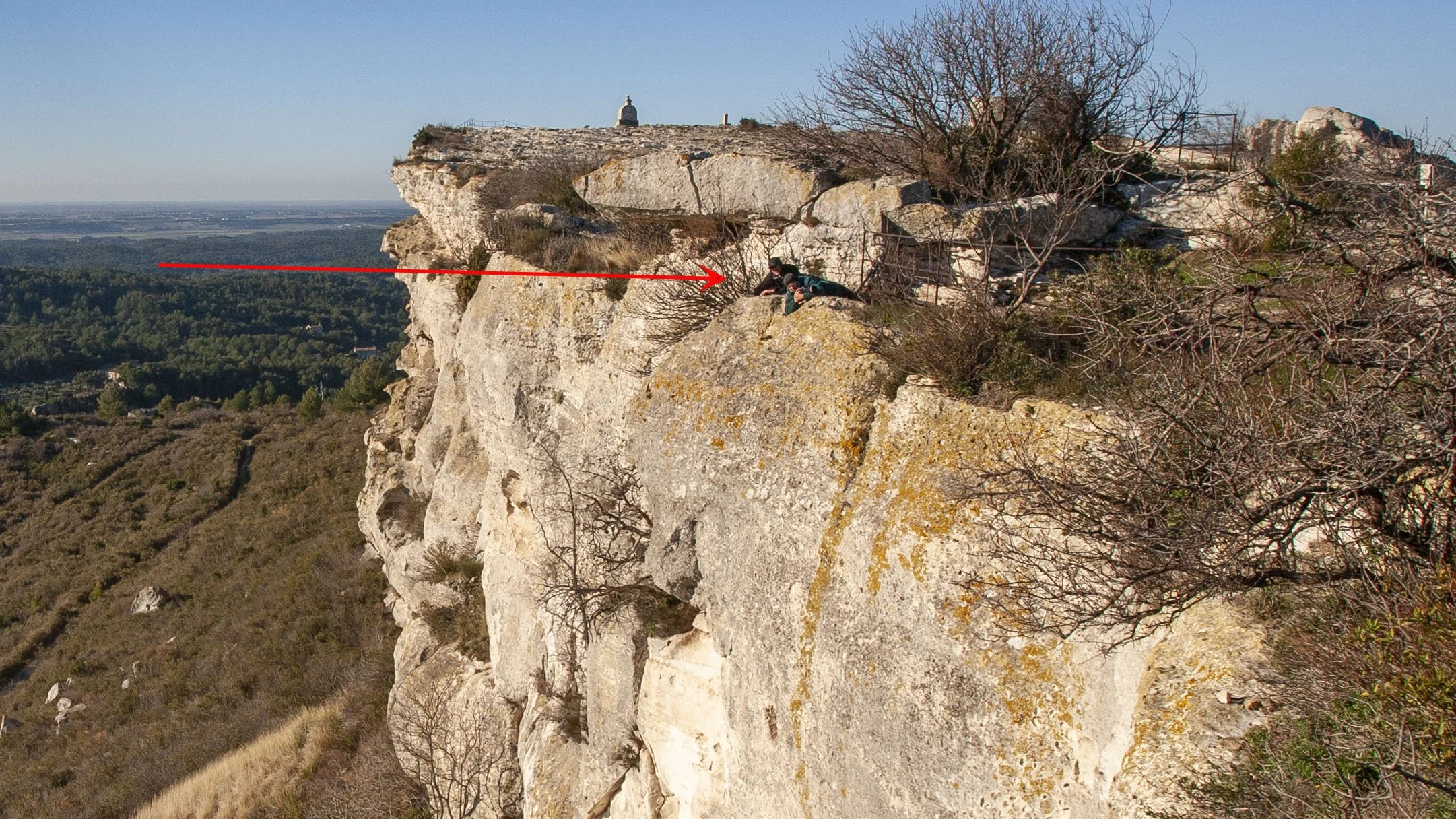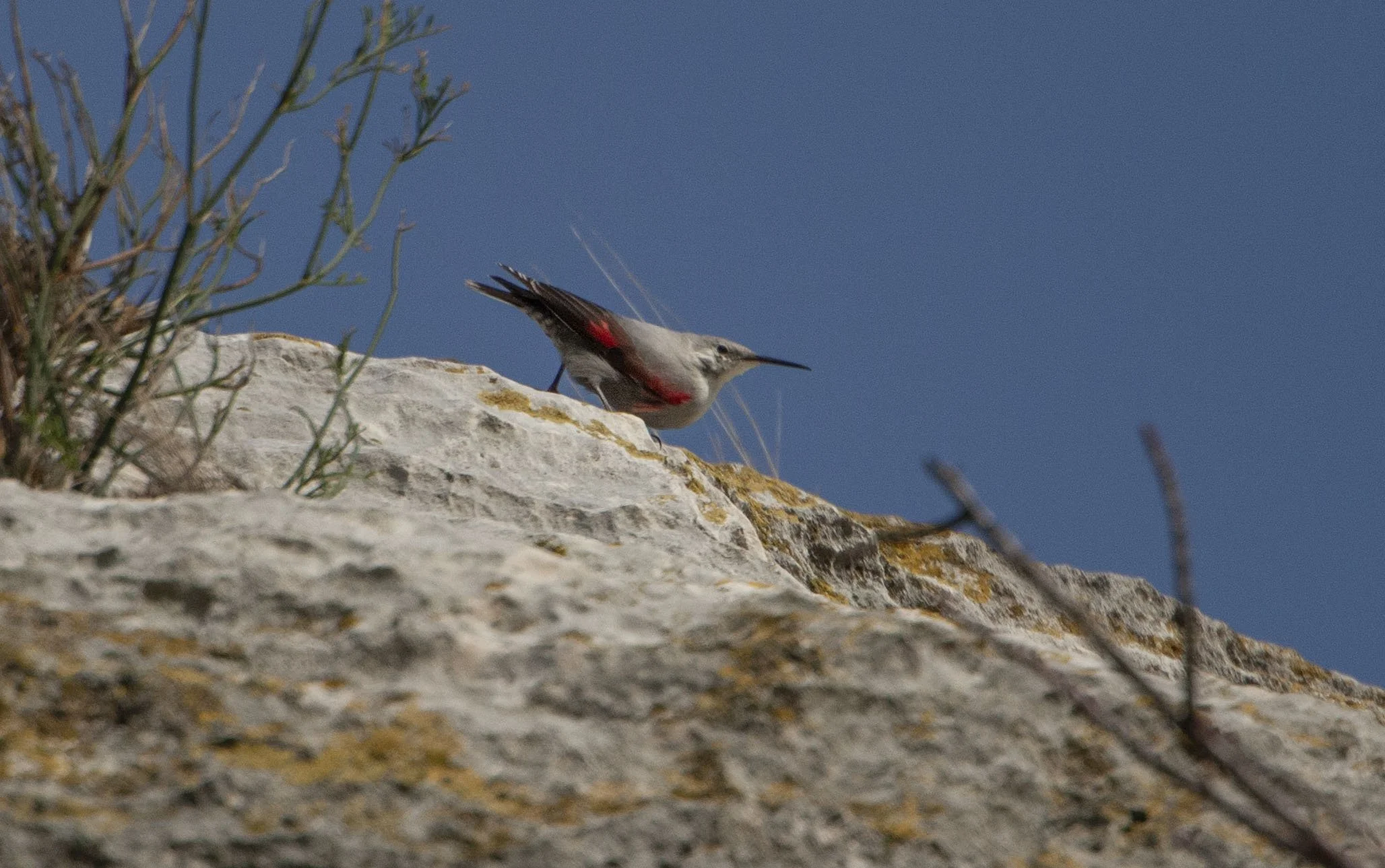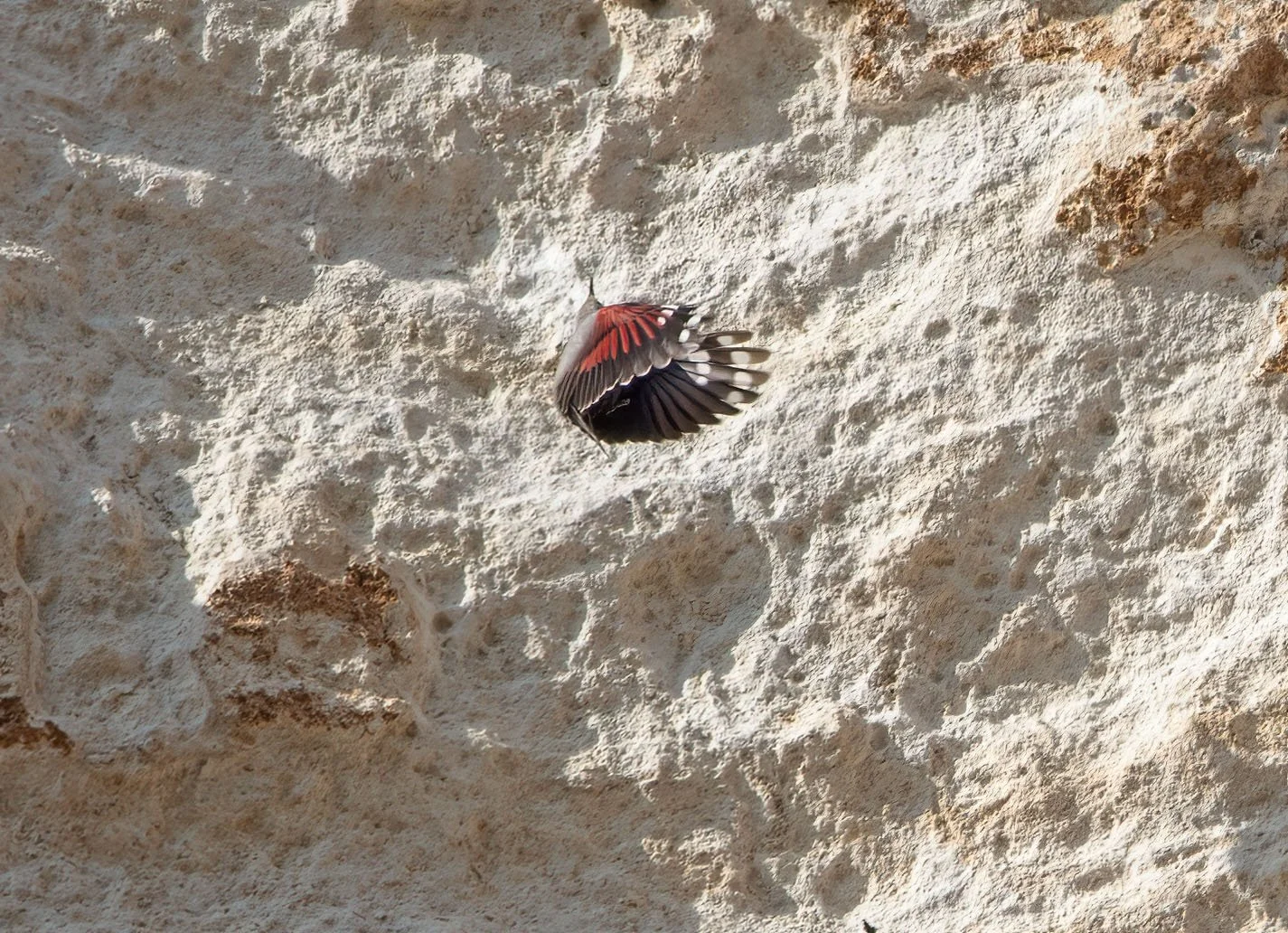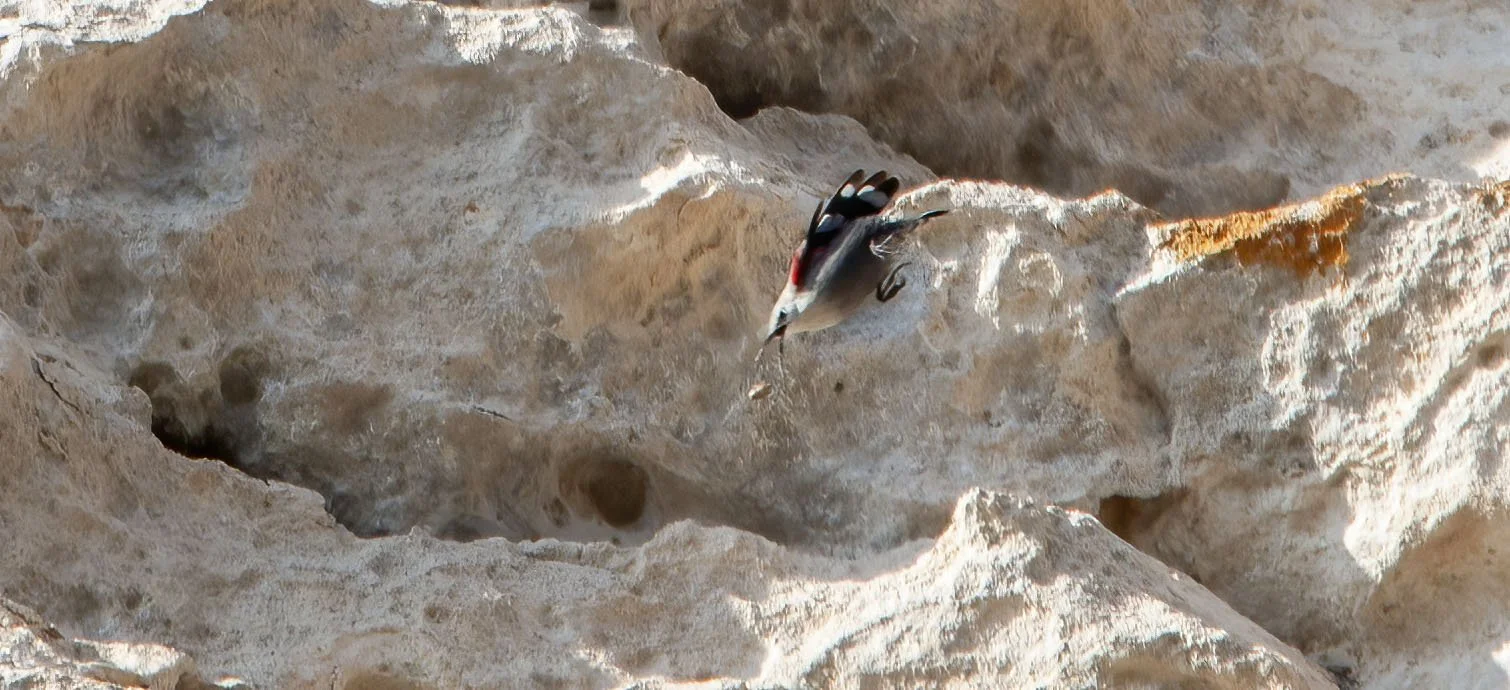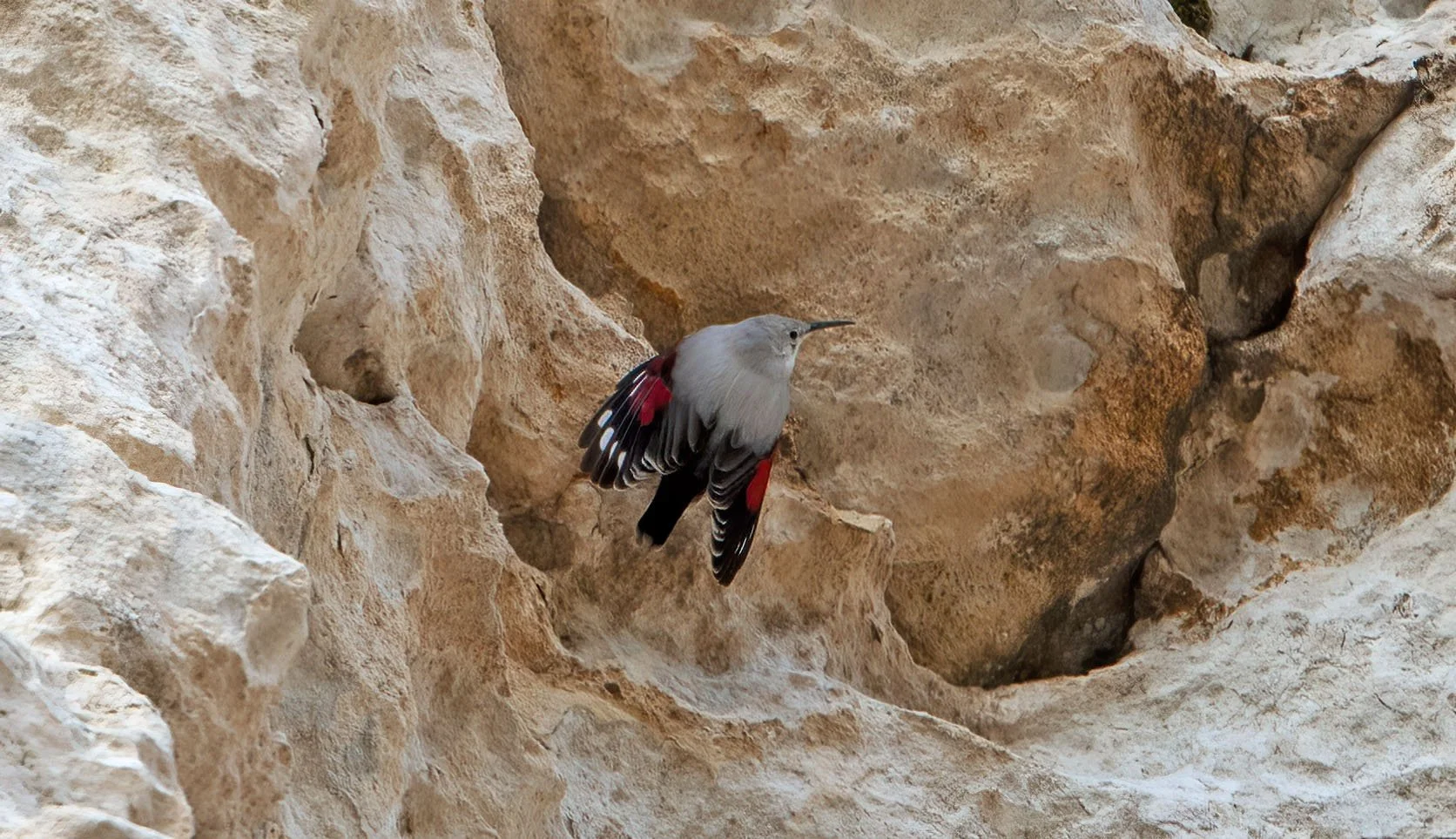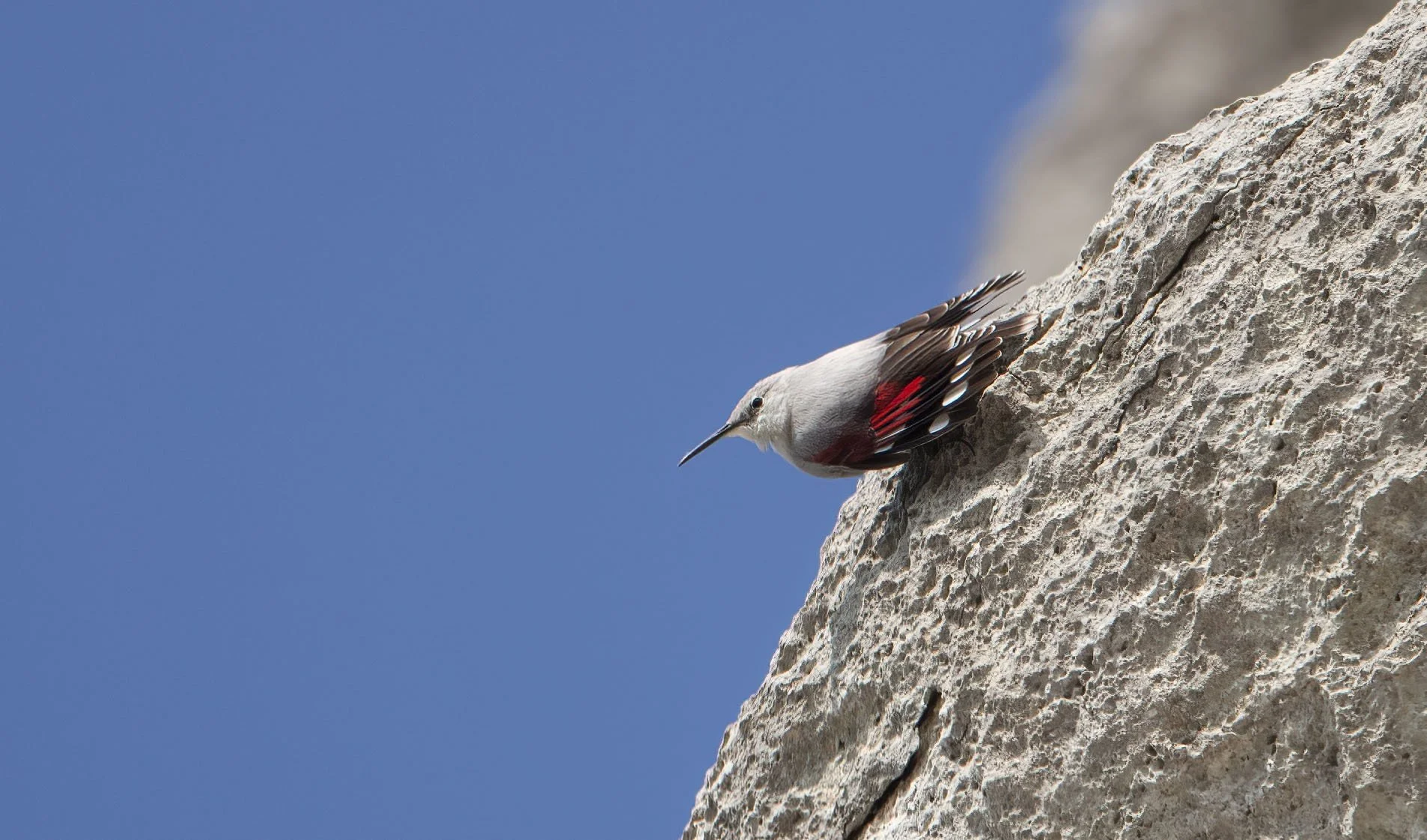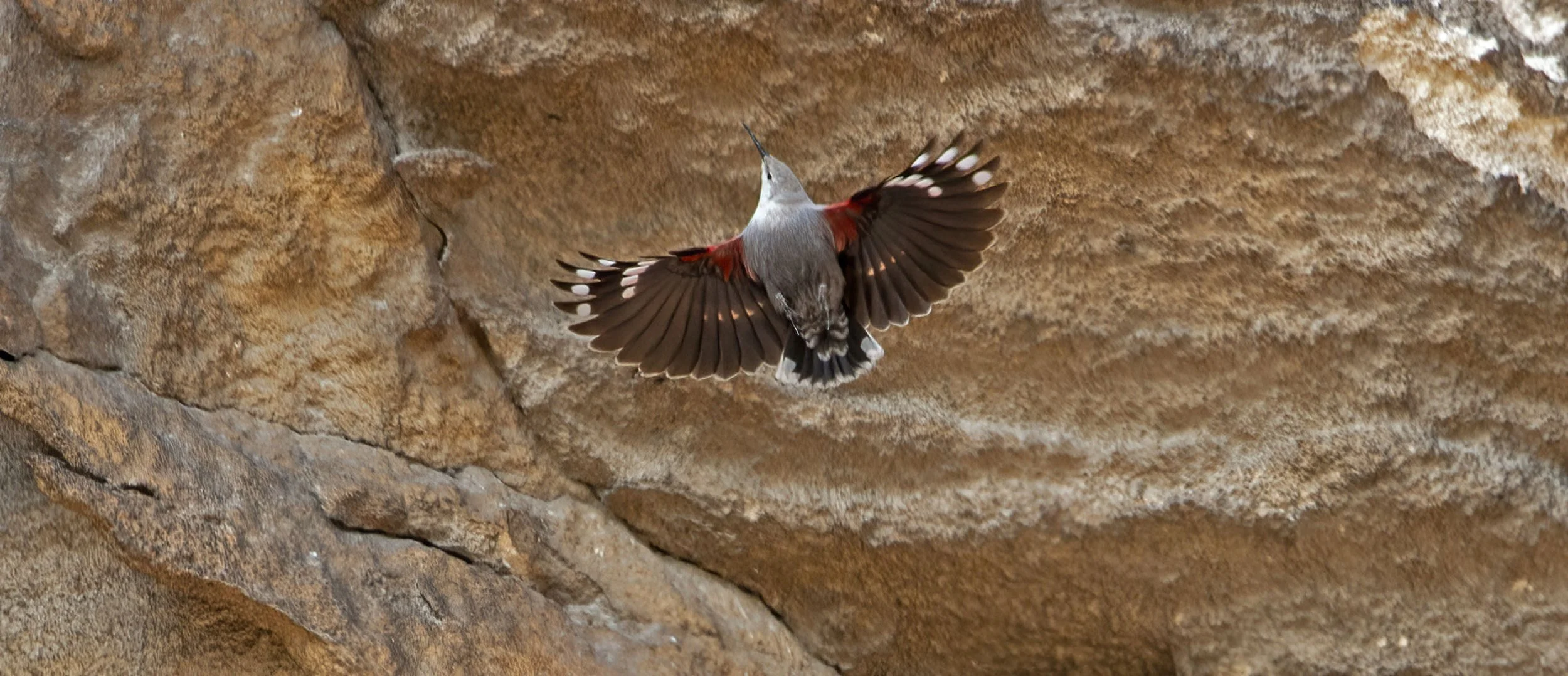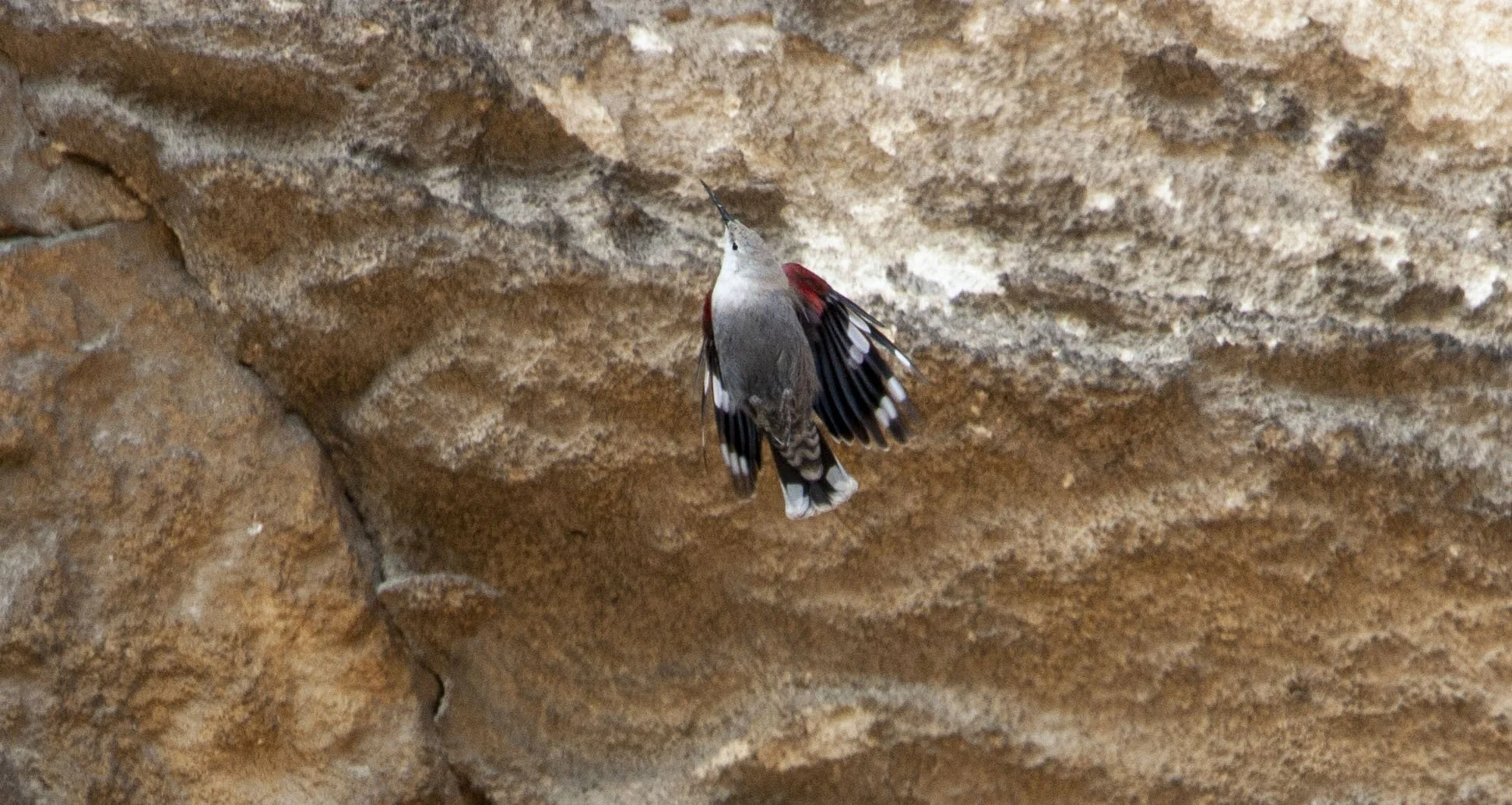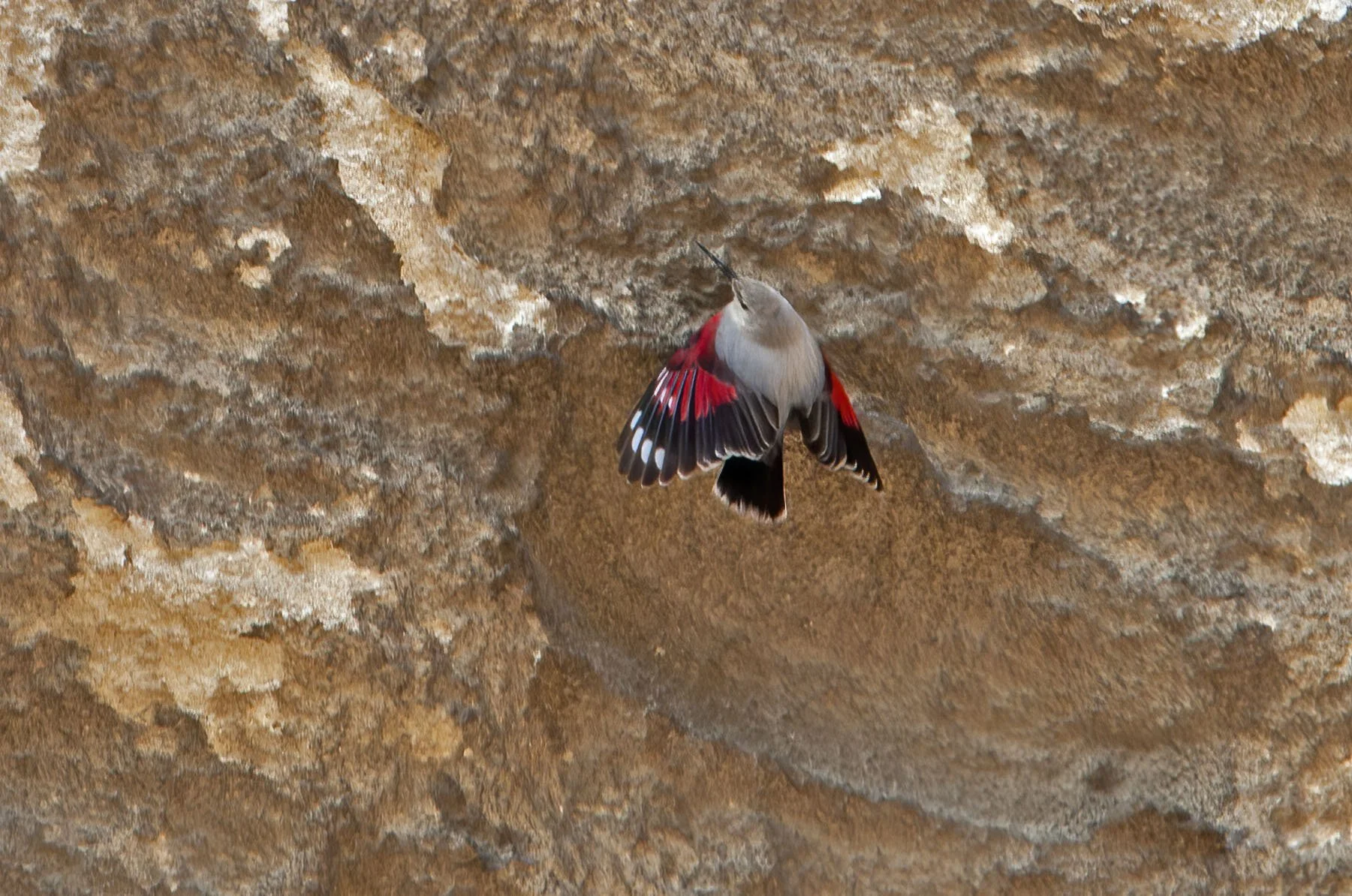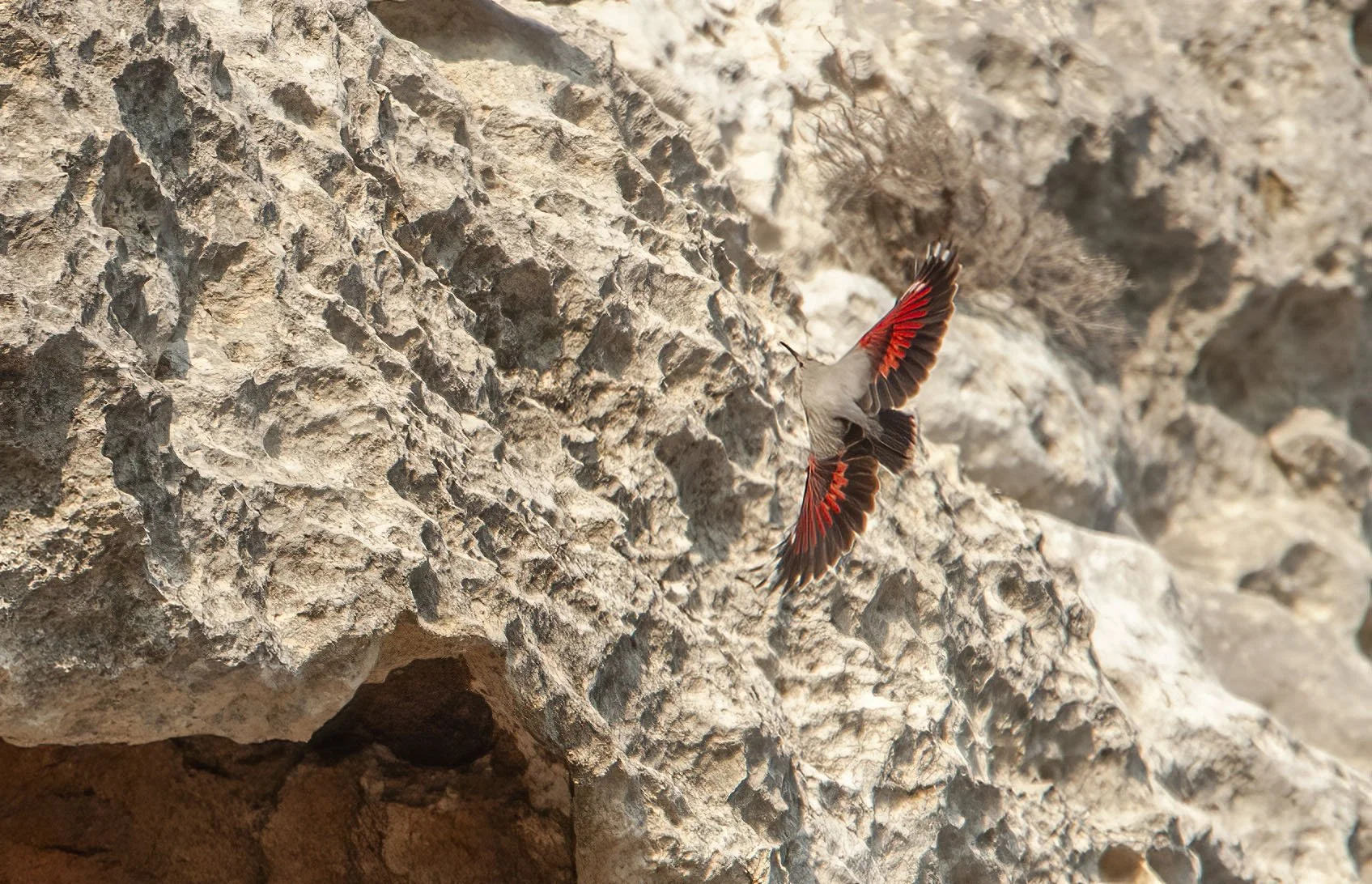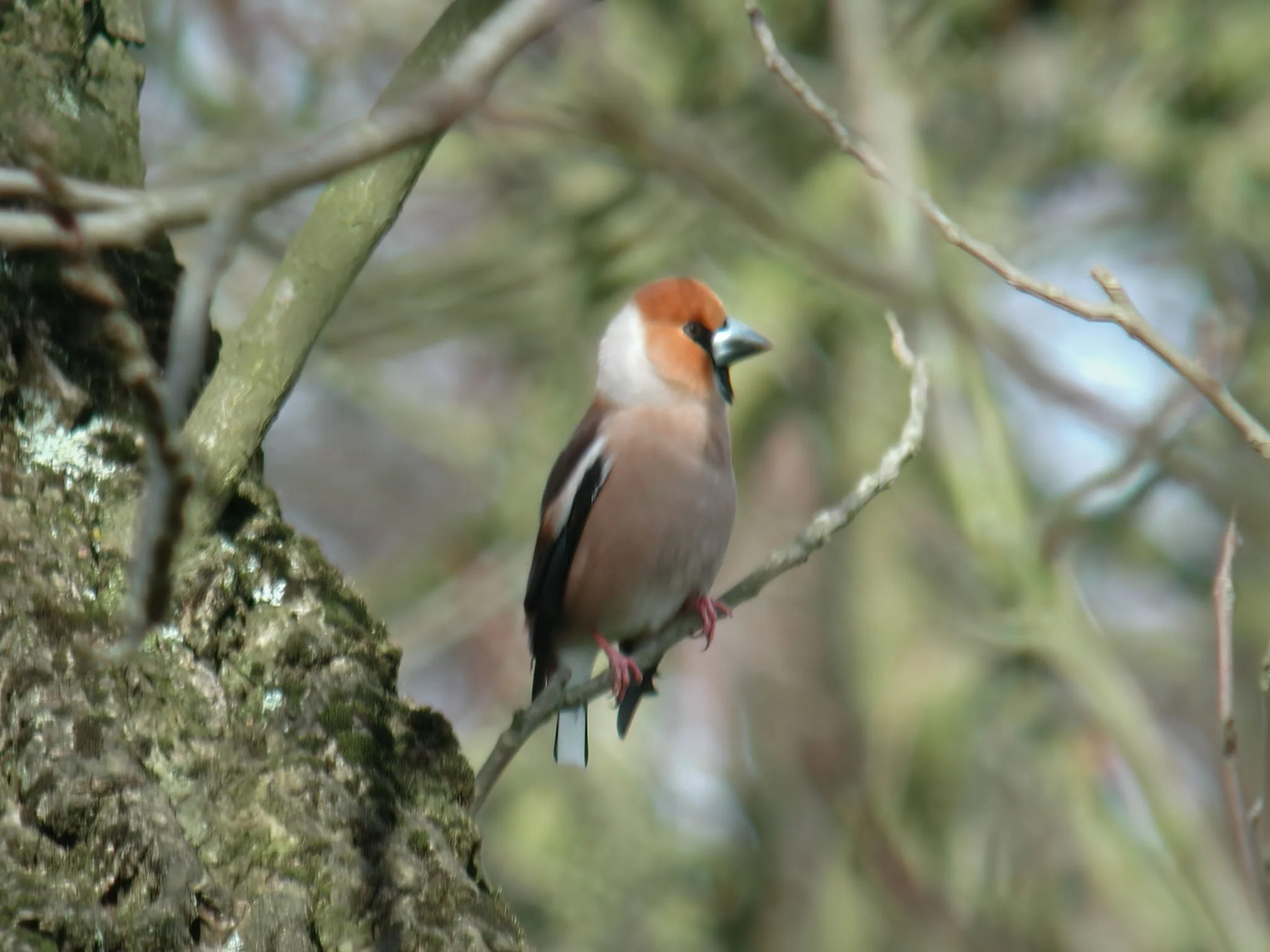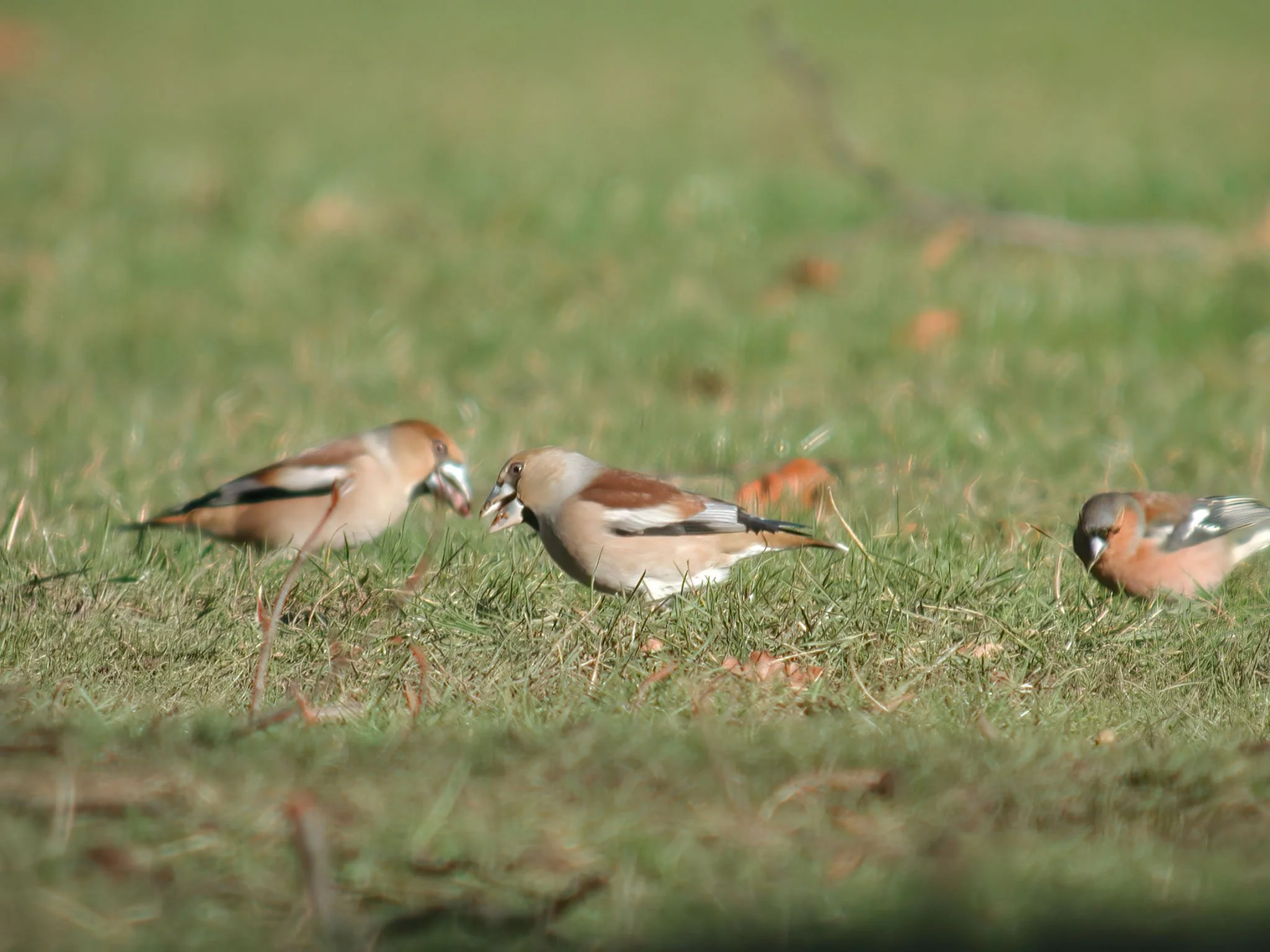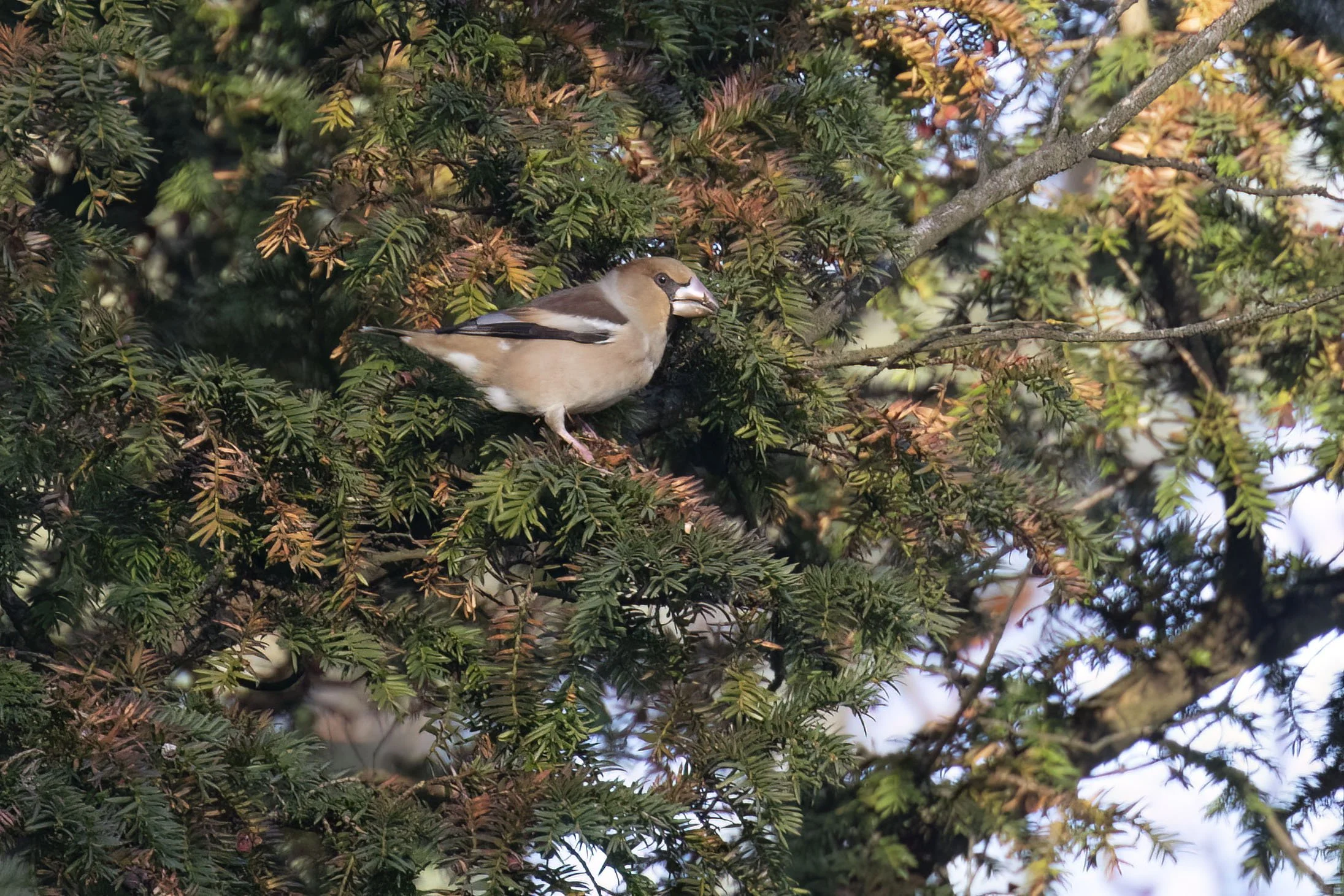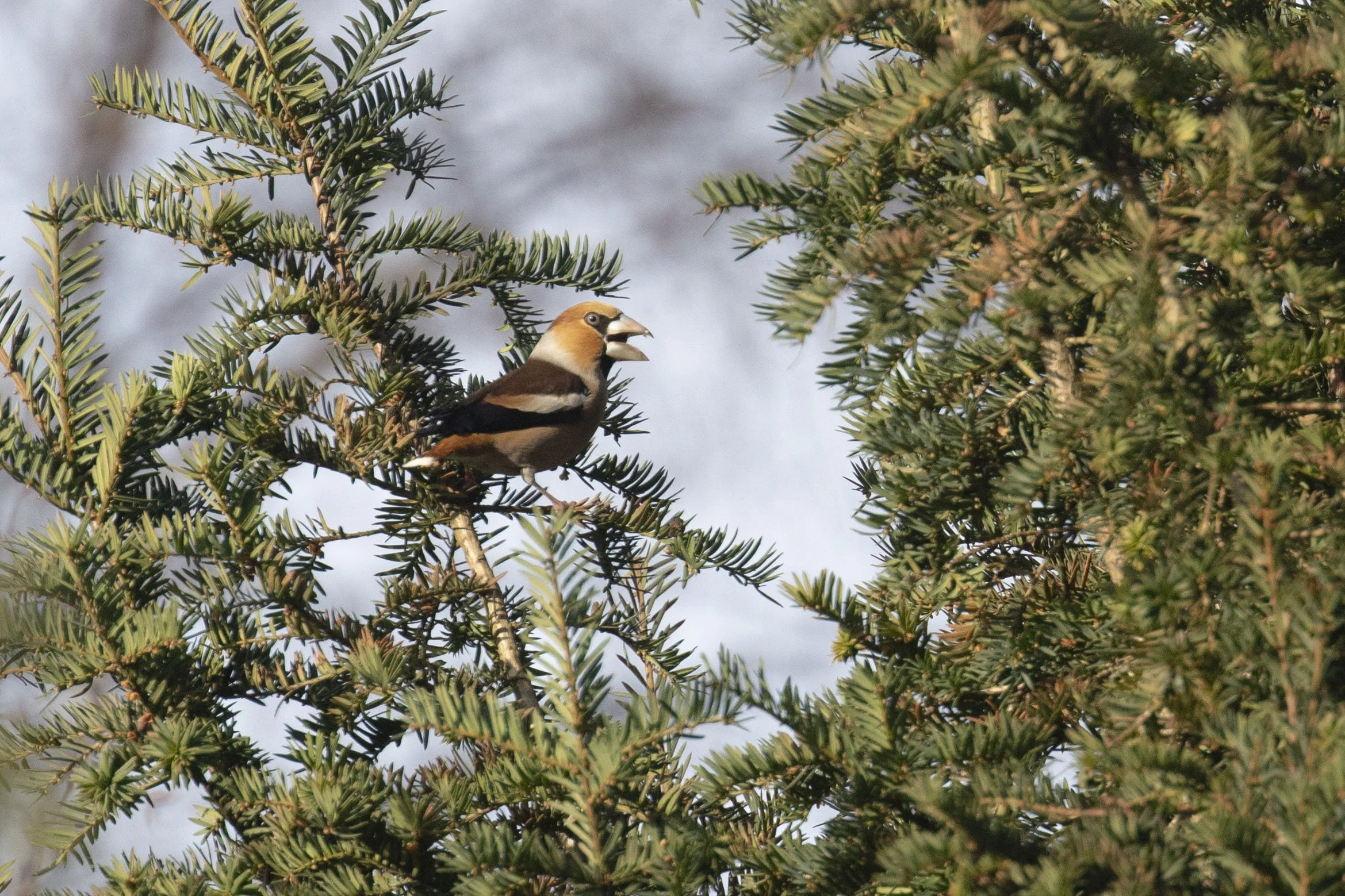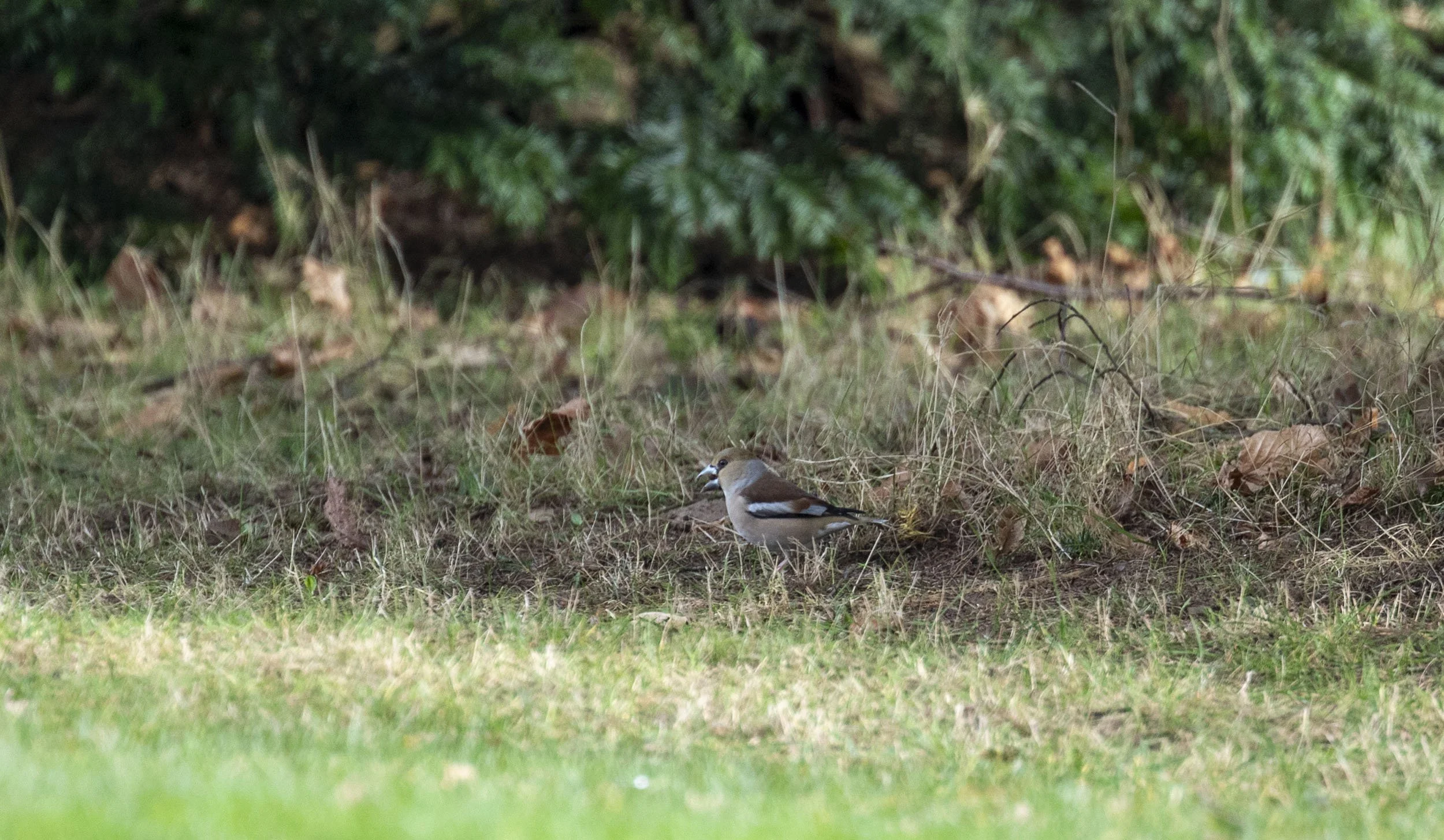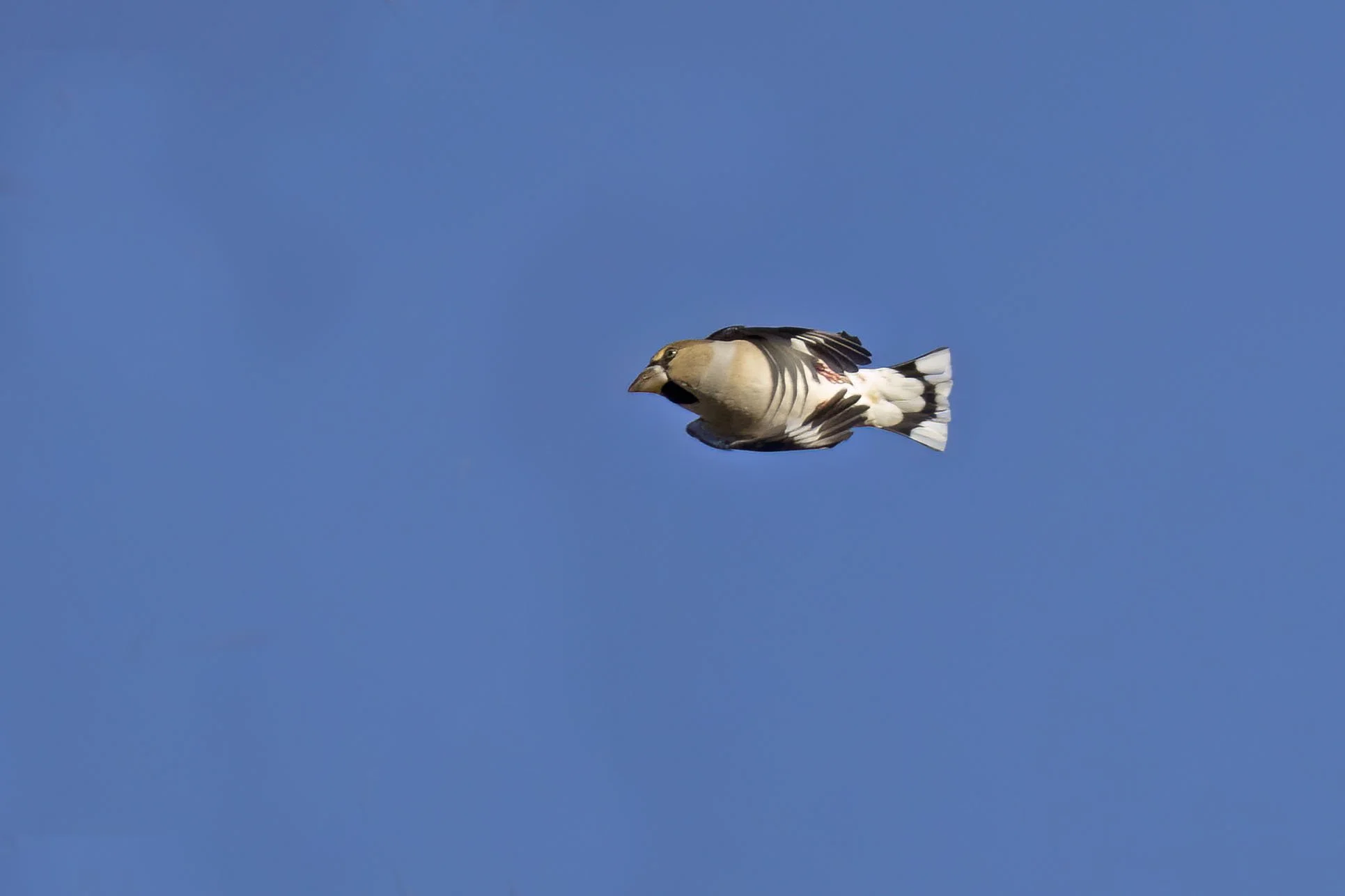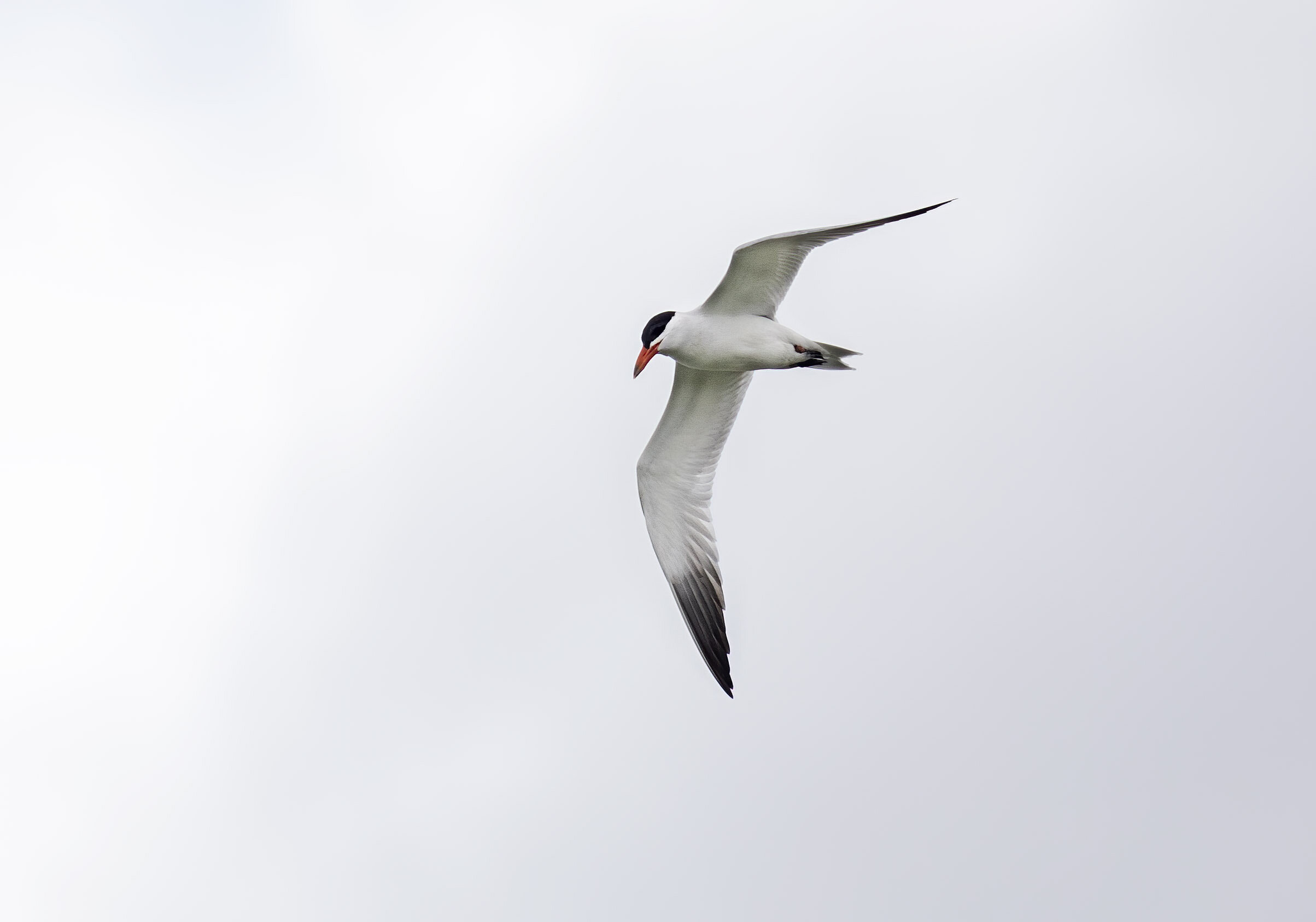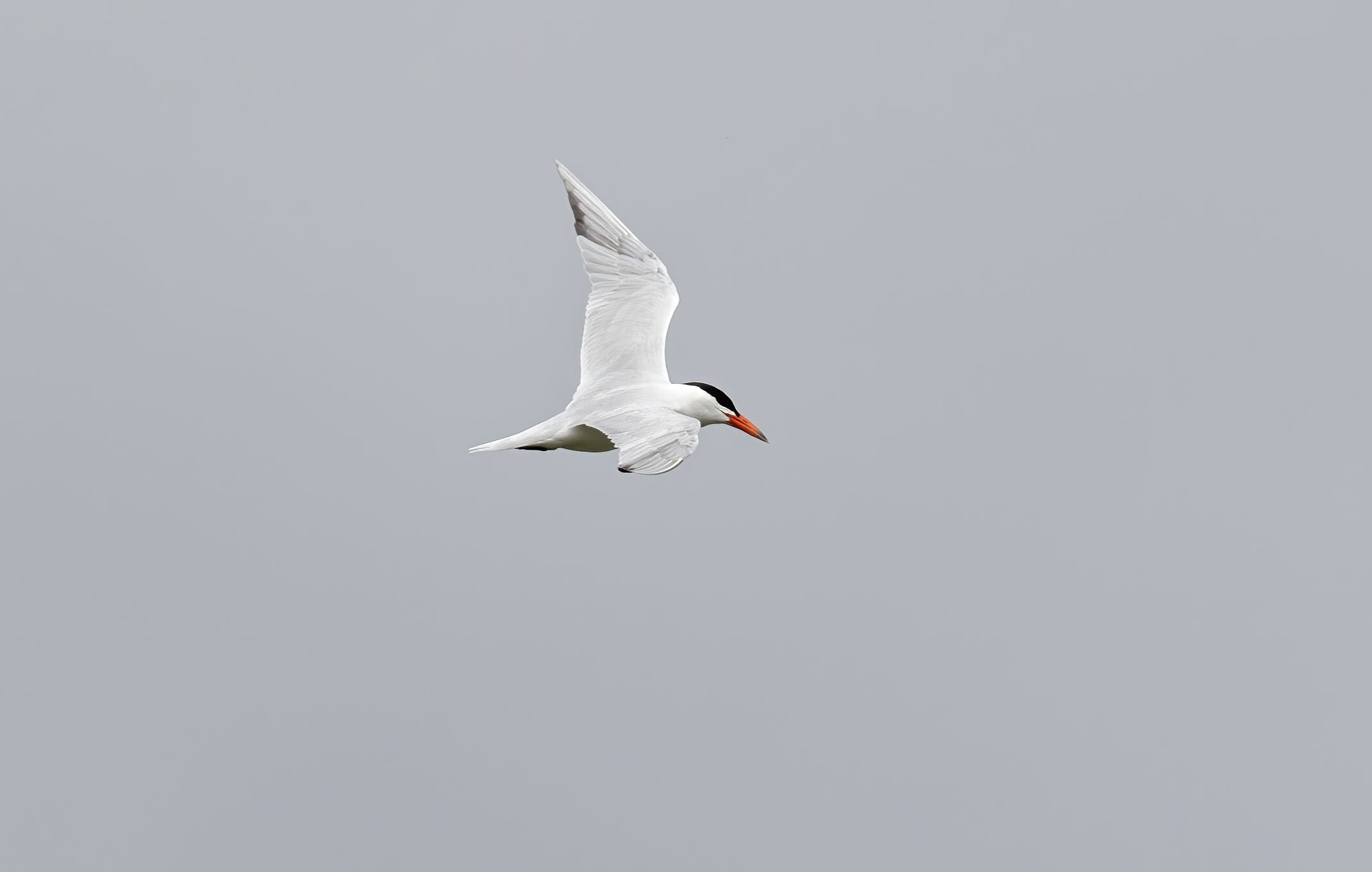Short-eared Owls
It was a pretty poor winter locally for seeing Short-eared Owls though they seemed to be there but almost nocturnal! Then they became a bit more co-operative until the favoured fields were managed! Here below a selection of the better ones
It is a matter of opinion whetehr birds looking directly at you are better or preferable to ones where the bird is clearly looking at the ground for food or elsewhere
I like backlit shots but they are not to everyone’s taste
A postal shot
Even when you are in a car they clearly know you are there but because you are deemed less of a threat the look is more quizzical?
Eyes to the deck
Messy backdrops ruin a lot of images
whereas plain backdrops make an image - some beautiful light during the high pressure
Pre pounce
One of my favourites due to the look in its eyes
backlit pounce
April 2025
The photo challenge continues but being spring I am diversifying a bit on the photo front so a few non-birds in this month’s edition
To kick off April a singing male Blackcap something I have been trying to get a better image of for a few weeks
Waters’ Edge has a good breeding population of Blackcaps
My spring fascination with Blackcaps continues but I have yet to get the camera onto a female
Green Tiger Beetle in the forest
110 on the challenge list the Linnet - a still common breeding bird and record numbers in the winter with a flock of 1000+ in the Ancholme Valley
111 Spoonbill - a record shot but better images to come during the summer no doubt
Been coming across good numbers of Brown Hares this spring
2cy male Hen Harrier from earlier in the month
Black-headed Gulls - very smart in summer plumage
Common Lizard in the forest yesterday in a nice pose amongst the vegetation
112 on the challenge list - Cetti’s Warbler in habitat
Not difficult to hear or get deafened by but always a challenge to see
Some nice misty morning this week - a Mute Swan was one of the few birds available
misty Black-headed Gulls and a female Pochard on Waters’ Edge
A bank of fog rolling around the upper Humber
Always open to a challenge on the flying insect front as well - a Dark-edged Bee-Fly giving me the evil eye
113 Red Kite - it has taken a while to get a representative Red Kite image this year diue to my lack of travel to suitable locales but this 2cy flew over me at Alkborough today after the American Wigeon twitch
Drake American Wigeon Alkborough Flats 9th - the second for the site and clearly paired to this female Wigeon - sun made it tricky with heat haze and then cloud made it look a bit drab 114
115 Another of those that has to be done but at least they were local at Alkborough today - Egyptian Goose
116 Willow Warbler with a little proviso - this bird arrived on April 6th on Waters’ edge and it was a definite mixed singer doing about 65% Willow Warbler and 35% Chiffchaff but the call was Willow Warbler - since then it has certainly become a Willow Warbler and now only very rarely does it do any Chiffchaff song in spite of having a Chiffchaff in an adjacent territory
The mixed singer still present as of April 20th and now doing 99% Willow Warbler song
117 Lesser Black backed Gull — now a daily sight around town and over the garden but formerly a scarce local bird that only started breeding in the late 1990’s
On the morning of the 12th I was pleased to find two Ring Ouzels on my local patch but quickly realised that there were in fact three then amazingly four and eventually five birds together - two still there today 14th. — 118 on the challenge list
One male was very accommodating after the human traffic on the adjacent footpath died down
Such subtle and intricate pluamge details visible at close range and the beautiful sunlight helped
By standing back and anticipating the next human flushing I managed some decent flight shots
Birds are creatures of habit or should that be habitat, and I have seen a numebr of individuals in both spring and autumn in this location
119 Barn Swallow - a few local pairs have arrived early hopefully there will be more than last year’s dismal showing
2cy Great Black-backed Gull 120 on the challenge list - thsi bird was actively seeking out Mallard broods in the reedbeds a seemingly odd behaviour for this pelagic species.
121 House Martin one of four seen last week but oddly none since - hopefully better images in better light later
122 Sand Martin - another species to improve upon
123 Sedge Warbler - my first shots of the spring - hopefully some display flights at some point
One of the local female Sparrowhawks starting nest building this week
Nice to see even a small flock of Swallows after last year’s dismal showing - at least 20 this day
A close encounter with a Treecreeper around trhe pits earlier in the month
124 Grey Partridge a male chasing a potential mate - not all images need to be full frame portraits - this is good breeding habitat unlike 95% of Lincolnshire farmland
125 Yellow Wagtail - and the dreaded barbed wire fence
natural barbed wire
126 Reed Warbler - my first this year was on the 8th and my earliest ever was on April 2nd 2024 - back in the late 1970’s we never expected Reed Warbler until the first week of May but now there are loads in my late April - changing migration patterns related to climate change
early birds are typically much less visible than later in the spring as they sing from well down in the still dead brown reed stems - this one was almost cisible this morning then of all things a male House Sparrow landed in the reeds and first a Cetti’s then this Reed Warbler took exception to its presence
127 Grasshopper Warbler - never seen one on a brick post before - part of the infrastructure of the old brick and tile works in the local pits
always value early spring views as you never know when you will see one again until July
initially very difficult to see in low dead reeds
and a couple of Sedge Warblers from a reedy warbler kind of day
Sedge Warbler with a difference
My earliest ever Garden Warbler, by one day, becomes 128 on the challenge list and a species that I often struggle to photograph at all let alone in spring so this male was a nice addition to the day
129 Lesser Whitethroat - although only in for a few days this male was nest building today and had attracted a female but she seemed less than impressed with his nest and disappeared west
Love the colour of the newly opened leaves
Not a species I have many spring images of
130 Tree Pipit - some memorable encounters yesterday on the forest heaths - a series of flight images and a mid-air fight linked above in another blog post
One of the fight images with a male coming up underneath another male that has just about turned itself inside out
131 Hobby - a pair back locally yesterday - better images hopefully as the spring progresses but great to have them back
Hen Harrier v Short-eared Owl
A couple of weeks back the male Hen Harrier set off at speed after a Short-eared Owl hunting the fields; a battle then ensued with the owl climbing higher to avoid the harrier and at first it seemed like it was a just an interspecific skirmish but on looking at my images, all heavily cropped, it was clear that the owl had a vole which the harrier was attempting to steal - this behaviour has now been repeated a few times but it is not something I had knowingly seen before
male Hen Harrier and Short-eared Owl in aerial tussle
when being chased or mobbed the owls usually head upwards - the vole is visible in its right foot
Hen Harriers can seemingly fly upside down
and vertically upwards
the owl escaped with its catch this time
almost grabbed it
Hen Harrier action
The weather yesterday was not great looking for photography with the strong cold northerly combining with bright sun to produce a serious amount of atmospheric distorion with only about 200m being haze free: But it was sunny so I went to have a look for Hen Harriers and it proved to be a good decision. The adult male was present along with a 2cy male that was hunting much more frequently. The male seems to adept at catching voles that he spends very little time on the wing but even the young male caught three voles in less than 90 minutes. The adult male chased off the young male a couple of times but he always came back then an unusual encounter ensued. The adult male caught a vole and moved to eat it but the young male then flew after him almost in a feed me juvenile type way but also partly in a robbing flight - this clearly angered the adult male who flew up and gave chase to the young male and several skirmishes ensued of which I managed to capture a few shown below. Later in the afternoon the two did some more sparing but then seemed to almost accept each other’s company. Fortunately the light was good and the haze a little reduced during the encounter but by 15:30 the wind picked up again and brought in some sea fret and it was time to leave.
Adult male Hen Harrier voicing his anger at the younger male
2cy male chasing the adult male carrying a vole
stunning adult male with a striking tail pattern
I read too many reviews of camera gear! So many I read say that the Canon RF 200-800 is not sharp and maybe with the R7 its not great but with my R6II it seems pretty decent to me even with the haze of yesterday
the times when the 2cy male had the upper hand or position were few
seeing encounters like these is a rare privilege
The 30 frames a second on the R6II comes into its own in brief action sequences like these
the eyes say it all - get your own voles!
classic 2cy male
this 2cy male is richly coloured on the underparts particularly obvious at a distance
Some more action this week with the adult male mobbing and being mobbed by a Carrion Crow and then another 2cy male joining in the action
Cracking full adult male
Adult male and the second 2cy male of the week a much paler and more advanced bird than the richly coloured bird in earlier images
Some real manace with foot outsretched
spinning round to drop onto a vole
The second 2cy male
and the first 2cy male for direct comparison
Lakes, Dales and Moors
Three days in the Lakes at a very quiet time of year and then diverted to North Teesdale in search of Black Grouse that I had not seen for years but inevitably we hit the only wet day of the week on the Black Grouse quest so departed mid-morning and wandered back via the North York Moors to add Red to the week’s grouse list.
Langdales - the Canon R6II and Rf 100-500
Signs of spring were few but it did hit 16C on our last day in the Lakes
Female Goosander on the river
The walk up Langdales did produce a Dipper though the angles were not great for photography
Esthwaite Water on a dull day when the sun was forecast - well by the MET Office anyway
My annual Marsh Tit encounter seems to be in this area - but as the British Willow Tit heads to extinction the Marsh Tit seems to be following
Far from satisfactory images of this singing male
A hazy but sunny day on 6th
Although still bright when we arrived in upper Teesdale by the following morning there was low cloud and haze and the rain soon arrived
A gang of Brown Hares chillin on the moors
and a bit of distant boxing albeit in very poor light
Good to see so many Lapwings tumbling and displaying
The number of displaying Curlew was amazing and their bubbling song produced an amazing soundscape
The Black Grouse were generally distant
Ended up putting the 1.4x converter on the 200-800 lens which is not ideal in dull light
But at well over 1km range the results were almost acceptable as record shots
male in flight in the late evening sun
I was pleased to see about five females but even on a green field they were rather well disguised
Their ability to fade into spread manure was also impressive
There seemed to be very little lekking taking place
Female on a dry stone wall
Preening the undertail coverts
Just before we left we took a drive up another road and came across this male close to the roadside: I had seen a few males with brownish wings and poor combs but it had not registered that they were 2cy males like this bird
Red Griese were not hard to find on the roadside across the North York Moors - far too much heather burning and grouse management makes me question my photography of this species but they are an attractive bird
Plenty of males displaying but as usual the light was pretty dire
why did the grouse cross the road?
March 2025
Amazingly we are into March and although it feels more spring like there seems to be little change on the bird front with a small increase in local Siskins after a very poor winter while the early Stonechat passage has aybe peaked with seven locally last week. Marsh Harriers are displaying and a pair of Peregrines are drifting around locally but I have managed to miss two local Red Kites so far but surely one to come soon.
A somewhat better Stock Dove shot than the February addition
Green Sandpiper makes it to number 87 although the images are far from good it is a species I have consistently struggled to get any good shots of
A wintering bird seen in November and December but then not again until this weekend.
Time to add a Mallard shot for 88
I am in the process of reading the Peregrine by J A Baker for the first time since I was at school! and it has been fascinating to be able to go out and watch this local pair putting into context the observations of Baker in the 60’s - a great read and a classic of natural history writing in spite of its seemingly sometimes flawed observations - this is the male or tiercel of the pair that have been wandering around the local patch this last week
Sincerely hope this is not the best Hawfinch shot I get this year but for now its 89
A nice 2cy Common Buzzard during a non productive Gos search yesterday
90 Pink-footed Goose - I have not got anything decent on teh local Pinks so far but today’s shots were a bit better
Drake Pochard 91 on the challenge - up to 52 locally in the last three weeks the highest counts of the winter but hardly comparable to the 2000+ that were regular in the mid 1980’s
92 drake Shelduck
93 Russian White-fronted Goose with Pink-feet in the Ancholme Valley this afternoon - just the one as far as I could see
94 Dipper from a Lake District visit - blog with many iamges of two grouse species and a few other oddments linked below
95 Marsh Tit singing male in the Lakes - not a great shot
96 Black Grouse again many images linked on the button above in a blog post
female Black Grouse having a preen
97 displaying male Red Grouse North York Moors
98 one of a big arrival of singing Chiffchaffs locally this weekend
A camo Snipe
99 Rooks
100 Purple Sandpiper and 101 Dunlin on the Humber
Kestrel first-winter male
102 Coal Tit in the forest this week
103 one of our garden Collared Doves in display flight
When I looked at this image on the camera I thought it was good but the background is too close and too colourful and messy
Our garden flock of up to 35 House Sparrows have deserted us this winter in favour of a neighbour’s food but this week a few birds have ventured back
Little Egret in head on pose at Wild Wren
Long-tailed Tit at Waters’ Edge
There have ben up to 52 Pochard, only six drakes, locally of late but a few less now though hopefully a few of the females will breed
And 104 on the photo challenge list the diminutive but very loud jenny Wren
Feel I have been guilty of over-cropping a lot of images of late - need to reset the balance
I also have a bucket load of harrier images to process / delete! - 2cy male Hen Harrier above
adult male on vole patrol
Amazingly I did not see a Scaup in Lincolnshire let alone locally in 2024 so the six on the patch this week has been a bonus and 105 on the challenge list
We had an injured drake locally for about 10 years and although it could not fly it clearly attracted other Scaup to the pits in spring but since it died visits have been much more sporadic
The days of seeing 250 Scaup on the Humber are long gone
Stretching the photo challenge idea somewhat with this Long-tailed Duck but it was on the local pits which allows for some slight variation in interpretation - 106
Goldeneye and Pochard at sunset while searching for the Long-tailed Duck on its first day
Hopefully get some better Little Gull images in the spring but for now this March winter adult will have to do as 107
108 Grey Heron with a frog
109 Short-eared Owl - its been a long wait for a decent image of this species and this week’s were still not great
110 on the challenge male Blackcap - a few arrived locally in late March and I spent a long time trying to get a decent image of a male but they have been surprisingly tricky and I have a lot of rejects
With the run of sunny days many males have been singing and feeding high in the trees - this one was leaping up for a morsel
Record numbers of Chiffchaffs have been singing locally this spring with a count of 86 around the pits and additional birds in town, one regularly audible from my garden taking the total to well over 100
Sitting in the hide waiting for Marsh Harriers when this cracking Treecreeper ran up a couple of hawthorns behind the hide - the 200-800 lens filled the frame and I forgot to zoom out!
Woodlarks are back
Late looking for the first Woodlarks this year and only partly successful but the weather turned midday - found two males and a female this morning at one site and then at a second site lots of chasing, fighting and odd behaviour with three birds regularly in the air together which I assumed to be two males and a female. The pair often settled on the ground with the second male either chasing them around or hanging in the air above them looking down before making diving attacks. When the second intruding male flew off the pair settled to feeding and the male took a dust bath in the sand something I had not photographed before.
Intruding male Woodlark looking down at pair on the ground
not easy getting decent flight images that don’t just show the underparts of a singing bird
leafless birch trees as a backdrop and far enough away to not fool the AF system
the defending male on the deck looking out for the intruder
male foreground on bare sand before his dust bath
I rediscovered breeding Woodlarks in Lincolnshire in 1984 after a 24 year absence and worked on them for many years surveying most of the sites in the North of the county for many seasons - you can see some of the flying sand grains around the male’s head here
no he didn’t die on the sand just got into some odd positions
Eastern Yellow Wagtail at Winteringham
Sitting having a coffee on Wednesday 19th when the phone starts ringing - Mr D is telling me that Mike Pilsworth has found an eastern yellow Wagtail just eight miles down the road at Winteringham - the croissant disappears rapidly and I’m on my way. On arrival Mike quickly points if out on a field that is in the process of being ploughed. Over the next two hours it flies off a few times but always comes back calling loudly and get some good close views and a few images albeit in pretty dull light. A couple of videos includes one where it calls as it takes off at the end - volume up to get a good impression. A new bird for Lincolnshire and Mike’s second addition in three years - at this rate he will be catching me up! Video and series of images below.
Performing well this morning 21st in spite of the gale force winds
attempts at flight shots were not very successful in the wind
February 2025
A new month and some more species for the 2025 photo challenge - with a dull and dismal 1st not a lot to add but a sunny 2nd brought the chance to add some real padders so here goes with some of those missing common or garden birds and a few follow ups
Male Blackbird but note the brown wing feathers indicating that it is a second calendar year bird but from where? local or a winter migrant from the East?
All the greater coverts have been replaced by new black feathers
Another black bird with a slight twist a white winged Carrion Crow - feathers suffer from leucism in Carrion Crow’s wings on a failry regular basis but tis may also be due to poor diet during their formation in the nest
Green Woodpeckers - maybe seeing this nest box occupants as a threat so need to bring it down!! - 50
51 slightly different to the usual hovering shots a perched adult male on the patch this afternoon
a scenic tree albeit dead makes a better perch
52 Redshanks at high ide roost on the wreck of an old ship on the Humber at Goxhill
53 a flock of Turnstones - only 12 this morning but 70 at low tide yesterday was a decent count in recent terms though up to 400 used to winter on this stretch of the Humber
winter Turnstones reflect the umber colour of the Humber water
perched on some Scunthorpe slag
loved how the colours of this Yellowhammer were repeated in the surrounding trees and lichen - I continue to photograph this amazing species as it seems to be another one we are certain to loose sooner rather than later
54 Mute Swan cygnet taken through a film of reed that again complemented the colour of the bird and the warmth of the low winter sun
Cob just after sunrise
55 Whistling Wigeon - we have about 40 tame Wigeon locally now accustomed to people walking past them on the Humber bank so spoint for choice really
The problem with the birds omn the Humber is the closer they are the worse your angle looking down on them from the raised embankment
more appealing to me bird and light
56 Great Tit - the light at this time of year is superb, when its not cloudy! so making the most of the common birds
another of those had to be done at some point Canada Goose 57
58 Magpie and Woodpig
One of the Waters Edge specialities cracking male Bullfinch
male Chaffinch in winter hues - the quality of the relatively inexpensive Canon RF 200-800 lens continues to impress me with the R6II
59 up with the local flock of Curlew - always tricky getting a flock of birds with no overlapping individuals so this was a nice series in lovely early morning light - a declining species we have a flock of c45 locally but had up to 300 at Goxhill at the weekend where the species has always been in considerable numbers.
some individuals hold winter territories and this bird is highly tied to the area around Barton Haven where it feeds daily and is presumably the same bird seen in that area for a few winters
Probably a male from bill length but a tricky individual
60 Gadwall with male in head throw back display - in 1970 when I was just starting submitting records to the Lincs Bird Report my record of a pair of Gadwall in Goxhill Marsh at Quebec tileyard was one of very few records in that years county report - now there are up to 250 on my local patch and up to 450 at Alkborough a massive change in status
Gadwall drake in different light
but up
61 House Sparrow - considered a pest species when I started birding in the late 60’s and through to the late 70’s we used to get a notable westerly passage of birds up the Humber in September and October - nowadays I have a few spots locally where there are small numbers but flocks in fields in the autumn are a thing of the past
The flock at Waters Edge survive because there are old pan tiles rooves in the houses along Waterside road and the birds have easy access to a good insect food supply in the Wedge reedbeds in the summer when feeding young
Who can resist one more Long-tailed Tit shot
62 maybe pushing it a bit with this Tawny Owl shot but didn’t have one in January and found it because the resident pair of Stock Doves were sat outside the box looking non too happy
63 Blue Tit in a reedbed a major wintering habitat around the edges of the Humber - with a lot of imagination it could be an Azure
not really qualifying as 64 but a Dark-bellied Brent Goose on my local patch this morning was a rare bird so it makes the secondary grade and I am sure I will improve on it coastal later in the year
65 my first patch Little Egret of the year in a ditch by Wedge - I hammered my local patch at Barton in January walking about 150 miles and finished January with a total of 94 species seen the highest for eight years but my all time January max was 104 in 2008. In the last two days I have added five species, Tawny Owl, Little Egret, Treecreeper, Stonechat and Dark-bellied Brent Goose and I have still not had Barn Owl. All time February max was 120 in the record breaking year of 1996 when I managed 184 species in Barton something that will never be beaten given all the species that we no longer get and losses of species like Turtle Dove and Willow Tit.
66 Treecreeper in a regular local spot in the clay pits but a site where I had not managed to see or hear a bird throughout January but today a male was singing and a second bird calling - photographing them in hawthorns with lots of branches is never easy
a really bright looking bird in the February sun
67 Raven with nest lining material - it was only in 2003 that all the Lincs listers headed to Belton Park near Grantham for the first twitchable Lincolnshire Ravens now they are seemingly commonplace or at least very widely scattered
A Raven pair collecting linings yesterday - always an early breeder
68 Nuthatch - we lost our breeding birds from Baysgarth Park at Barton three years ago for some reason butr elsewhere in North Lincs they still seem to be doing OK; When I started birding in the late 60’s and through to about 2000 Nuthatches were restricted to woodlands south of Lincoln in the county but the northward spread was remarkably rapid for a sedentary species
another species I had few images of so yesterday’s collection were welcome
69 Dunnock
Had to make 70 with a decent bird and this second calendar year female Northern Goshawk fits the bill nicely - spent 5 hours with nothing to show but two minutes of close encounters made up for the stiff but
Will be putting more images in the Goshawk gallery when I get them processed
A good selection of padders on Waters Edge this morning including a decent flock of Goldfinches 71
I tried different shots of this Great Spotted Woodpecker male as he moved between drumming branches in the early morning sunny spots
And the feel of the morning - Robin and reed
reflected Coot
around 300 Jackdaws roost in Barton town and before sunrise they assemble in the trees behind our house before dispersing for the day 72
Jackdaws from the back garden
Jackdaws in the cow shed
73 Lesser Redpoll - in the whole of 2024 I saw one Lesser Redpoill on my local patch and that was a fly over in fact I only saw 4 birds all year including numerous visits to Laughton Forest so the 5 on Waters Edge yesterday were already more than last year and included a nice pink breasted male
Frosty Robin - they seem more prominent this winter but is it just people feeding them?
74 female Teal
Tufted Duck pair
Flying Yellowhammer -
75 Jack Snipe - there has been a long spell of truly dismal weather with zero light but found 5 Jack Snipe with the aid of a thermal imager of which this was the most visible
Another Jack Snipe keeping its head down
76 Hen Harrier - taken a while to catch up with one in almost decent light here having a tussle with a crow
Tufted Duck eye
Tufted Duck landing
Different take on Tufted Ducks
and Little Grebe throwing droplets
77 Great Crested Grebe
78 Stock Dove
80 Tree Sparrows at Bempton where a Saturday visit added a few more species - a thriving Tree Sparrow colony is good to see as we seem to have lost all our small colonies at Barton in the last two years
81, 82 and 83 Guillemot, Razorbill and Gannet - there were masses of auks on the sea in huge rafts with plenty of Razorbill and Guillemots visiting the ledges
Many of the auks were distributed in wavy lines
the light at this time of year is better than mid-summer with a lower sun and more subtle shades - partially bridled Guillemot
Guillemot from above
Razorbill incoming
Conscious effort to try and get a slightly different Gannet image
Plenty of nest site agro already under way
Nicer tones on the white plumage than in June
84 a pretty standard Fulmar - there were no Kittiwakes back and didn’t see a Puffin
Couldn’t resist the eyes of a Jack
Ending the month on 86 with a flying Common Snipe
January 2025
I set myself a sort of challenge in the photographic sense to get decent or new images of as many species as possible in the year concentrating of my local patch at Barton followed by Lincolnshire and then the UK. Herewith I will attempt to update with new species images taken through the year but as with my filing system things may not go just according to plan!
The first-winter Great Northern Diver that I found on the local pits in early January was literally frozen out by the mid-month freeze and headed to the Humber but kept flying back to the pit to see if the ice hole was big enough for it to land. It was dull but I attempted to get some of the early morning sky glow as a backdrop.
A more conventional shot of the Great Northern on Barton sailing pit
A low level Coot of course a common local resident
Coots concentrated around and in a hole in the ice covered pits mid-January with Shoveler and Gadwall and a few Herring Gulls
drake Goldeneye also on sailing pit - th ehighest winter count so far was 120 in the ice holes during the freeze
and a female in flight at a rather bird free Covenham Reservoir but in lovely light
A drake Goosander also at Covenham - I have seen a couple of local birds in January but neither was anywhere near enough for a decent photo
Great White Egret - one of two in the Ancholme Valley - amazing how the status of this species has changed in North Lincolnshire in such a short space of time but now regular in winter as well as spring through autumn
a juvenile Grey Wagtail adding a touch of colour to the Chowder Ness floods - the Richard’s Pipit absconded before the New Year
The Grey-headed Lapwing in Northumberland more of this bird on the blog post linked below
And the Northumberland White-billed Diver also linked above
Lapwings on a winter field of wheat lit by the low January sun - I am trying to vary the images of different species not just going for straight portraits of all birds
Little Grebes on the local pits - up to 23 birds were trapped in the ice holes by the freeze and at least one was dead on the ice but others probably suffered the same fate. A different perspective on this endearing species.
one reacting to the appearance of an Otter
Long-tailed Tit backlit by the low January sun - with common birds its nice to try something different while the species is still clearly identifiable
and a more conventional fluff ball shot
adult female Marsh Harrier hanging over an Otter that was swimming along the edge of the reedbed - I am generally spoilt by Marsh Harrier opportunities but this female is restricting the chances of other birds this winter as she is very territorial and drives off other birds that come anywhere near her patch but she does allow the adult male to roost in her reedbed
This 3cy male Marsh Harrier is also resident locally this winter but the adult female keeps him distant and I have yet to get any good images of him - his upperparts are very similar to the adult female and he is often logged as another female!
A smart Greenfinch - this is one of those common species that I have very few images of and I set about redressing the balance a bit this month
An adult Peregrine on the coast at Rimac - I have yet to see a patch bird this year but two were reported today so the time is nigh
A cracking Redwing a stunner of a bird
Song Thrushes in a frosty meadow - from the plumage tones these look like local birds rather than continental visitors
Male Reed Bunting showing off its tail pattern
Robin feeding on the edge of a reedbed not on a garden implement
and a Robin in a red thicket
Barnacle Geese at Alkborough Flats where the Humber population of c2000 birds was present in January as usual - they seldom stray very far down the estuary though and I usually struggle to see one just 10 miles away on my local patch
I clearly need to write things about difficult birds more often - just after writing the above had this lone Barnacle with a flock of Pink-footed Geese, part of a movement of 1600 birds, on the afternoon of the 25th heading west up the Humber over my patch
Drake Pintail at Alkborough Flats - an early year shot of a species I often struggle to get anything decent on
Sanderling on the beach at Rimac - I take so many images of this species and then delete 95% of them but I liked the pose in this one and the habitat
Rock Pipits have been absent in winter locally for a few years but the cold snap saw up to three present though usually flighty this one posed for a few minutes at Chowder allowing better than normal images - presumably a Scandinavian littoralis
a paler littoralis on the coast in bright sunshine
not always easy to ID in flight
And at Alkborough Flats I even managed to get some moderate Water Pipit images as the birds were forced out to feed on the ice covered pools - never an easy bird to photograph as they are typically very flighty
Shovelers on ice during the freeze looking suitably impressed
I have to include Greylags sometime in the year so best to get them out of the way early
male Stonechat on the hated barbed wire fence
low angle Tufted Ducks in a hole in the ice
and Tufted Ducks at sunrise
Water Rails at Alkborough Flats in the freeze- standing togetehr on the frozen ditch this image begs the question are pair bonds maintained through the winter months? Something I have been unable to unearth and answer to but these birds were clearly together with no of the usual territorial aggression
A slightly boring portrait of a Whooper Swan but I may not get a better image of this species on the patch this year who knows?
Work in progress - there is currently a flock of c30 Yellowhammers on the foreshore and some days they are quite approachable but light has been absent - maybe the Pine Bunting will join them later in the winter
Having narrowly missed one of our garden Collared Doves this female Sparrowhawk paused on our neighbour’s garage roof long enough for me to take a few shots hand held at 1/80th second through a double glazed window with the 200-800 lens - pretty decent considering the conditions
To contrast with the garden environment a male in the reedbeds on a convenient willow stump perch
So 31 species represented thus far and a few days of January left
Cormorant 32 species uploaded
a bit more light sensitive Cormorant take off
33 a flock of Bullfinches nine last week but only eight yesterday - another non portrait habitat shot
nice male in the favoured Wedge blackthorn
34 Skylarks in squabble - at least 51 back at Wild Wren yesterday in the sunshine with a lot of singing and display flights
35 and the sun also brought out the Little Owls for the first time this month
Thought I was going to get through the month without a co-operative Bittern but in a short burst of sun this morning this one performed a treat - more images linked below - 36 species
37 cock Chaffinch in beech leaves - not many in the park and no sign of any Brambling this year but the ground staff were busy raking up all the remaining leaves and beech mast to protect the public
and a male showing the often concealed green rump - lower back
Common Buzzard this bird flew right past me in the wind and then perched on a low hedge - the light this morning was spot on — number 38
and a rather distant but suitably stunning first-winter pale bird seen amongst a gathering of 12 Common Buzzards and two Red Kites this afternoon in a Lincolnshire Valley
Mistle Thrush was one of those common ish species that I had very few images of so I was determined to try and improve that and today this bird in the park was nice and co-operative in lovely light - lots more images to process and upload
Mistle Thrush is also a species that we seem to be loosing quickly so good to get some images now - I have already left it too late to concentrate on Willow Tit, Turtle Dove and Lesser Spotted Woodpecker all species we have lost in the last 15 years
40 Pied Wagtail one of several feeding in the leaf litter in the park this morning
And 41 a couple of snoozing Woodpigeons
42 it has gone from a rarity you chased to something you have to force yourself to photograph in such a short space of time - the proverbial white plastic bag as described by a colleague many years ago - Cattle Egret at Saltfleetby
43 Great Spotted Woodpecker in Barton Park - we lost our Nuthatches three years ago, Mistle Thrushes seem to be down to one pair and so far this year I have failed to find any Treecreepers - woodland birds are in real catastrophic trouble
44 Red-necked Grebe at Sutton Ings a long stayer - never came very close though
but maybe the only one I will get this year?
45 a suitably glossy winter Starling with some lichen
46 Black-headed Gull
Meadow Pipit (48) one I forgot to upload from early in the month - and onto February
Two out of three ain’t bad but in this instance it didn’t seem that way
In the immortal words of Meatloaf / Jim Steinman two out of three ain’t bad but lets fast forward to January 9th 2025. The first Grey-headed Lapwing for Britain was found in Northumberland in spring 2023 and subsequently went up to Scotland and then even to the western edge of the known world on North Uist in the Outer Hebrides at a spot we have visited several times. It was often distant and a bit erratic while in Northumberland and I didn’t have much inspiration to go and see a dot and hence it remained absent from my very lowly British list. It seemed like my six birds at Beidaihe in May 1993 would remain my only record but in early December presumably the same Grey-headed Lapwing popped up in Northumberland and in spite of odd absences it was still around in early January and apparently easier to see. I was still not really enthusiastic but when a very photogenic juvenile White-billed Diver dropped in nearby at Druridge Bay the attraction got a little stronger but the weather was a bit dicy with the worst frosts of the winter. Then just to rev me into gear an adult Ross’s Gull added to the Northumberland - Durham haul appearing at South Shields and it was notably pink flushed. Now as I had written a blog about my encounters with Ross’s Gulls pretty recently and stated I would love to see another the draw was now too much to resist.
All three birds had been seen on January 8th so alarm was set for 05:00 on the 9th and after some traffic delays I was at South Shields at 09:00 but there were very few birders about apparently and no sign of the gull. As the sunny morning dragged on with no sign of the gull I made the decision to head up for the Lapwing and Diver just 45 minutes north through the £2:40 Tyne tunnel. Thanks to great map links from Phil H I was soon at the field where the Grey-headed Lapwing was feeding and it was on the list in seconds. Not distant but not that close so I put the 1.4x converter on the 200-800 lens to get a bit more reach. The sun was from the side and back and there was some shimmer but it walked down the hill towards us and gave great scope views. Then to complete the show a gull flushed it and it flew right past us albeit partly into the light but I had forgotten to take off the converter so shutter speeds were low and many images were soft or totally OOF. It had flown over the hill to the left of us so I headed down to the Druridge VC to check out the diver.
One of the easiest twitches - parked the car walked to the field gate and looked in and there it was then it wandered down the hill towards us
The mole hills were clearly an attraction presumably offering some feeding opportunities in the hard frosts
Grey-headed Lapwing Druridge Bay January 2025 - the sun and freezing air made it impossible to get really sharp images.
Having abandoned its Lapwing friends it was a bit less wary than previously apparently
A bird distinctly more impressive in flight
As I headed from the VC to the nearby lake edge for the diver a quick look at Birdguides showed that the Ross’s Gull was back by the south pier - was this going to be a full house? I gave the diver a shortened attention span and got some nice oimages then set off at pace back towards South Shields planning an arrival at about 13:15 that would give me plenty of time for some viewing and photography in the afternoon.
juvenile White-billed Diver January 2025 - my first since the showy juvenile on the River Witham in Lincs in January 2017
Initially sunny in the 15 minutes I was there it clouded over and there was a brief snow shower
somewaht more obliging than the local Great Northern
So after taking a few 100 diver images it was back to South Shields but as I dropped into the car park the Whatsapp said Ross’s flown north to North Shields fish quay - dam - anyway get the gear out and scan across the Tyne but no sign - after a while a gang of Yorky birders including Johny Mac and Gary Taylor appear - they have all seen it off the pier and improving photographer Gary T has images - after getting the gen on its movements I hear the fateful words you will see it -never has there been a better curse and the rest of the afternoon we are chasing shadows as it gets reported from further and further up the Tyne where access to the river side is highly restricted. So I head south with two out of three but missing the big prize.
The closest I got to the Ross’s an adult Mediterranean Gull
Inevitably the Ross’s Gull is being seen on 10th so W & C agree to a Saturday return visit but from the outset things do not look good and although the weather is distinctly Arctic the Arctic waif is nowhere to be seen all day and we have poor consolation in the form of very distant Iceland Gull, Green-winged Teal and Long tailed Duck through a fence in the mist un aesthetic locality possible at Jarrow - you can see why they all marched away -
The light on Saturday was stunning and hence more frustrating as the pink giull was nowhere to be had
A very very distant Iceland Gull and lots of non Ross’s
So the failed twitcher struck again - Ross’s Gull scoreline 11 chased and seven seen so better than average but this one was very annoying; maybe the next one will be in Yorkshire and more accessible - I don’t give much hope for Lincolnshire with no gull holding spots on the coast
Alkborough Flats January 3rd 2025
For the past 18 years I have been monitoring the wildlife, mainly birds, that used the Managed Realignment site at Alkborough Flats. Many thousands of hours later and 213 monthly reports, 18 annual reports and many thousands of images later I finally decided to retire as of the end of 2024. The site of course is still good for birds and other wildlife in spite of massive changes over the last 18 years mainly as a result of colonisation by reed of the former tidally inundated mudflats and latterly former arable fields and even wet grassland. The site now has a massive reedbed with decreasing areas of wet grassland and the range of bird species has changed dramatically in recent years.
Counting waders and wildfowl from the escarpment to the south of the Flats - now I can just enjoy the spectacle
March 2008 and below the same location February 2019
November 2023 - reed spreading across former open wet grass fields
So after a tip off from Neil D that Water Pipits were showing relatively well on the ice I left the car at Julian’s Bower and walked down the hill avoiding the icy road - the pipits were indeed showing to c50m not close for a small passerine so I used the RF 200-800 with a 1.4x converter giving 1120 mm equivalent but even then the birds were very small in the frame but the accompanying Meadow Pipits were closer as usual - why are Water Pipits always so skittish in Britain? Pied Wagtails were also skating on the ice and flocks of Lapwings and Golden Plovers occasionally rose up when a Marsh Harrier passed by and everything panicked when a Merlin dashed through only allowing very small record shots but my first of the year. Later I came across it again feeding on what appeared to be a Dunlin but as usual it did not linger for imagery. A nice male Stonechat in lovely light added to the birds photographed this year list. After a fairly short window of opportunity the pipit flock moved off into another field where they resumed their usual invisibility,
Meadow Pipit on ice - always at least 10m closer than the Water Pipits
Cracking little birds Meadow Pipits but yet another species in serious decline - very few now on my local patch and autumn movements particularly limited
Meadow Pipit picking food items from thistle - all the pipits were picking something from the dead thistle leaves
Pied Wagtails are also always so much tamer than Water Pipits
they often do seem to be slipping and sliding on the ice
Water Pipits selection below - never really close enough but better than most of my images
often feeding from the thistle leaves
spider maybe from the nettle leaf
Merlin on a distant fly past
Merlin with prey possibly a Dunlin
Another species that is so incredibly wary of human beings in Britain but so accepting of them in Canada
The sun was still shining mid-afternoon so after a longish walk I went back to the hide to be greeted by a flock of 90 Shoveler rotating in a feeding flock at point blank range. Numbers then built up to 200 and a cracking drake Pintail came in for a short sojourn. I then finished off with roosting Marsh Harriers and a Barn Owl and almost a sunset with Venus and the Moon showing well!.
Reed Bunting in the lovely afternoon sun - still had the 1.4x converter on the 200-800 - with good light it is still really sharp
Love the intricacies of Reed Bunting plumage
The subtle tones of a drake Gadwall in the low winter sun
Gadwall drake rear end
Incoming Shoveler with a mix of background shades
a drake Shoveler is impressive
but 200 are more so - a few Gadwall muscling in
They occasionally blasted off for no apparent reason
A drake Pintail outshines all wildfowl in late winter sun
A female Marsh Harrier pre roosting in the edge of a reedbed
Male Marsh Harrier dropping into roost
Two Roe Deer just before sunset
Post sunset looking across the Flats to Trent Falls and Yorky land
The moon and Venus
A winter walk at Bempton Cliffs RSPB
A post Christmas walk at Bempton on an initially sunny then cloudy and progressively more windy day revealed that the only Puffins were in the shop, shock horror, but a number of Fulmars were back prospecting along the cliffs and the local Jackdaws proved to be entertaining while the locally made scones in the cafe are always a major attraction. A Peregrine and Kestrel patrolled but evaded the camera but the cliffs thronged with that seldom appreciated super species the Rock Dove / Feral Pigeon. Presumably in summer they are lost amongst the hordes of seabirds but in winter they gather in large flocks and dash around the cliffs commuting to inland fields to feed. On getting home I consulted John Mather’s, The Birds of Yorkshire 1986 to find that even in the early 1980’s there were counts of up to 5000 birds in the area in winter and surveys had revealed that 80% were or more realistically resembled pure Rock Doves. Looking at the mix at the moment that percentage I think will be lower but there are still a lot of good looking Rocks. Early authors of Lincolnshire bird lists considered that Rock Doves from the Yorkshire coast occasionally strayed to the Lincolnshire coast particularly in hard weather but proof was always lacking. Below a selection of images all taken with the Canon R^2 and Canon RF 100-500. The saddest part of the visit was seeing the empty Gannet nests at Staple Newk all adorned with masses of plastic fishing detritus a start reminder of the appalling way in which we treat our seas and oceans and the creatures that live there.
Bempton Cliffs looking towards Flamborough Head December 2024
Staple Newk - Gannets nests peppered with plastic fishing debris
A lone Great Black-backed Gull atop the ridge - the Black-browed Albatross memories seem a long way back
Fulmar patrolling the cliffs - check the wing moult
Fulmar in nice flat light - Bempton is such a great place and living so close I tend to visit as an after thought most years - I should make more effort and appreciate it more
There are a lot of photo opportunities beyond the portraits that I seem to end up with every year - must try harder
Moult lovers dream bird
Jackdaws are always entertaining and look at the subtle colours in the wing coverts and mantle feathers
Jackdaw flight over cafe scraps - submissive bird on the left
A couple of pretty good looking Rocks
A fine dove - pigeon gathering
A wide range of plumage types but still a good proportion of Rock types
You would guess that the local Peregrines never go hungry
Photographing roosting Hen Harriers - its a no light challenge
Every winter I watch roosting harriers, nowadays mainly Marsh but a few times a winter I get to look at a Hen Harrier roost and try to get some images to confirm what birds are present but I also try to convey the feeling of the spectacle which is basically difficult as its very very dull normally - that is dull in the lighting sense not in the experience sense. The key term is roost which means the birds are not usually present until after sunset and hence there is very little light for flight photography. Modern cameras have got better high ISO performance but even so images are noisy and shutter speeds typically slooooow, Last night I starte dout at 3200 ISO but quickly had to move to 6400 and then 12800 unheard of just a few years ago but even so I was only getting 1/250th and latterly 1/160th second on the 200-800 lens so most of the images were A) dull and B) not sharp. So herewith a selection with a few comments.
a 1cy male came in early but passed by and didn’t return in this nice late afternoon sun
The cmaera AF system works best of course with birds isolated in the sky but even this has been brightened considerably to show plumage detail -
More typical of the light levels that you are fighting and motion blur but some detail in the upperwing feathers allows individual identification
same individual as above 25 minutes after sunset and near the shortest day of the year - marks in the primary coverts and flight feathers with the heavily marked mantle almost suggest Northern Harrier with limited dark trailing edge to secondaries as well but presumably a 2cy bird or maybe just individual variation in younger males
with modern software it is possible to lighten just the bird, not done very well here, to bring out plumage details but to the observant it is not reality
the same male banking towards me - at times it was very close which actually added to the problem of focussing and even getting all of the bird in the same depth of field
pretty dire noise at 12800 ISO - most reviews of images taken at such high ISO levels are actually taken in brighter light when you don’t actually need to be on 12800
simply using software to bring the whole image into daylight rather than darkness looks unnatural and does not reflect the time and experience
with the closer bird actually in focus and the juxtaposition of the two males this is what I would see as a more representative roost time image
a similar shot but both birds lacking sharpness
the second older male - panning with the bird almost got it shrp even at 1/250th
a ringtail probably the 1cy male seen earlier drops into roost
Red-necked Grebes and recollections of the 1978 - 1979 winter
The occurrence of a Red-necked Grebe at Winter’s Pit East Halton over the weekend reminded me of the only previous bird of that species I had seen on that pit back in February 1979. Found on 20th when there was only a small area of ice free water at the western end of the pit I managed a very dark slide of it but sadly picked it up dead on the 28th. That winter was very good for bird watchers but not so good for the birds with some spells of brutally cold weather associated with gales from the frozen east bringing remarkable influxes of scarce grebes, all three sawbills, Long-tailed Ducks and Velvet Scoters, divers, Eiders, Glaucous Gull, Short-eared Owls , Hen Harriers and Rough-legged Buzzards. The local pits between Barton and Killingholme produced no less than 13 Red-necked Grebes and I saw at least 32 in Lincolnshire in the months of December - April a staggering total that has never been matched. I delved back into my notebooks and produced a lengthy summary of the winter birdwatching that is copied below. The highlights being an adult Pomarine Skua on the Humber off Barrow Haven in January, the Red-necked and Slavonian Grebes and Black-throated Divers but there was so much more variety. It was also a time gone by when you could drive onto Immingham and Grimsby Docks and park a car on the quayside while birding the docks and never be challenged. A few inches of snow didn’t grind the country to a halt and like most sensible drivers our trusty Mini countryman had a shovel in the back to get through those snow drifts that were more than six inches high!
Red-necked Grebe at East Halton December 2024
A bit closer on 23rd but in typically dismal late December light
A copy of my 45 year old slide of the Red-necked Grebe at East Halton Pit February 20th 1979 - note the ice edge in the upper side of the slide
Our trusty Mini countryman - went round the clock a couple of times - here in January 1979 no fear of a bit of snow
The late autumn of 1978 had produced Lincolnshire’s first Isabelline Shrike at Donna Nook on October 29th and maybe in a sign of things to come a visit to Huttoft on November 12th saw a Black-throated Diver south, three Eiders and 12 Velvet Scoters amongst 300 Common with an early drake Mandarin on the sea with Teal off Trusthorpe where the trusty Purple Sandpiper was in residence. A twitch to Top Hill Low on 26th for a drake Ring-necked Duck was followed by a move to Bridlington where a first-winter Mediterranean Gull prompted a full description and sketches such was that species rarity at the time. A Little Auk off Flamborough completed the day.
The Isabelline Shrike at Donna Nook late October 1978 again from some very old slides
November 27th at Goxhill a drake Long-tailed Duck was fairly standard fare with three Red-breasted Mergansers and a Snow Bunting but a water Pipit at Barrow Haven was much more noteworthy and it stayed to 25th. An Eider off Killingholme was the first of the Humber winter.
December 3rd and a Red-necked Grebe at Covenham prompted a visit and description. My first was seen flying past Rimac on September 12th 1971 but such was the view my Lincolnshire list had an added Covenham January 30th 1972 as confirmatory evidence! They were though few and far between in most years and worthy of a twitch. Four Bewick’s Swans at Huttoft the same day were expected winter birds in the late 70’s.
Six Lapland Buntings flying west at Barrow Haven on December 4th were again not that unusual on the Humber in the mid to late 70’s. Our usual gull checks at Grimsby Docks where a nice sewage outfall lay just offshore revealed a second winter Glaucous Gull on 8th the first of the winter.
Being a bit into twitching in those days the lure of rare sea ducks in Scotland had me and my mate Mick Mellor heading for Loch Fleet on December 11th but having pretty dodgy cars we used to train to Inverness then hire a car and of course sleep in it which was fun in mid-winter in northerner Scotland. At Loch Fleet all three divers and 70 Long-tailed Ducks with a Little Gull offshore and a flock of 1000 Eiders revealed the hoped for long staying adult King Eider but then we stumbled across a first-winter drake in the inner fleet a selfie that I have not repeated. A Long-eared Owl flew past and into the nearby wood in the evening. The following day at Spey Bay we failed with Surf Scoter but a cracking adult Iceland Gull and 200 Long-tailed Dicks off Lossiemouth with 200 Velvet Scoters completed a notable trip up north.
Back at Grimsby Docks on 17th a total of 37 Eiders offshore was the biggest flock I had seen in the Humber with a first-winter Mediterranean Gull there on 20th again eliciting a full description. The second Glaucous Gull of the winter a first-winter was at the Docks on 24th.
As the cold weather kicked in at the end of the month with an easterly airflow three White-fronted Geese and two Dark-bellied Brents flew up the Humber of Barrow Haven and the Water Pipit continued its winter sojourn.
The new years day tally included a redhead Smew at Covenham a first-winter Glaucous Gull on the docks with a Nelson’s Gull. The Water Pipit was still at Barrow Haven and eight Dark-bellied Brents at Goxhill Skitter 2nd but 3rd was a big day with 32 Scaup off Barrow Haven where an adult Pomarine Skua with almost full spoons formed an exceptional winter occurrence. Four Eiders and eight Goosanders at Barrow Haven on 4th were the forerunners of a big influx with the afternoon visit to Covenham revealing three Velvet Scoters and a Red-necked Grebe plus four Bewick’s Swans. Red-necked Grebes were up to two at Covenham by 7th and two male and two ringtail Hen Harriers were at Rimac.
Barrow Haven January 1979 - with temperatures dropping to as low as-10C the Humber was often partly covered oin pack ice and as the tide fell it was deposited on the upper foreshore preventing birds from feeding
The Water Pipit survived the winter wandering up and down the Haven and finding places to feed amongst the ice - Barrow Haven January 1979
The first Slavonian Grebe of the influx drifted past Barrow Haven on the 8th with a ringtail Hen Harrier there the following day and the Pomarine Skua appeared again on 12th – 13th. A trip to Killingholme on 10th located ten White-fronted Geese and six Eiders with an oiled Red-throated Diver there 15th when a Red-necked Grebe flew west off East Halton Skitter bird number one of the local arrival.
A flock of 13 Scaup, five Eiders and a first-winter Little Gull were at Killingholme 20th. A search for a Rough-legged Buzzard at Tetney Haven on 21st coincided with fog but fortunately the raptor was sat on a fence post just across the Haven and a brief search revealed seven Lapland Buntings there but a Black-throated Diver at Covenham was picked up dead and the stuffed specimen resided in my house for several years afterwards,
Things hotted up on 22nd with three Black-throated Divers flying east off Barrow Haven with Eider, Kittiwake and two Brent Geese. At Killingholme on 23rd along with 14 Scaup were Red-necked Grebe number 2, and a Slavonian Grebe number two. Both grebes were still there 25th along with a first-winter Glaucous Gull at Rosper Road. Three Smew and a Red-throated Diver at Barrow Haven 26th.
A southerly excursion on 28th produced eight Long-eared Owls at the Witham Mouth roost with a third winter Glaucous Gull then on to Roydon Common in Norfolk where Great Grey Shrike, two Merlin, Hooded Crow and seven Hen Harriers was a fine tally.
By February 4th there were three Red-necked Grebes at Covenham but the real attraction was a male Ruddy Duck a new Lincs bird and to top things off the same day a first-winter Common Crane munching carrots at Scotter made it two Lincs ticks in a day. A roost of 42 Bramblings at Barrow Haven on 8th and an unprecedented winter flock of 66 Ruff at Rosper Road were followed by locating a roost of three Long-eared Owls at Goxhill on 9th.
The immature Common Crane at Scotter February 1979 part of a two tick Lincolnshire list day with Ruddy Duck at Covenham Reservoir
As noted in the BB paper on the Red-necked Grebe influx, Easterly winds returned from 10th, freshening on 13th, when another area of high pressure developed over Scandinavia, and the weather pattern of late December and early January was virtually duplicated. Freezing conditions set in throughout the British Isles and a frontal system over southern England and adjacent parts of the Continent resulted in heavy snow, particularly in the northeast and east of England on 14th and 15th, with gale force winds.
Trips to the north bank were still by ferry before the Bridge opened making any journey to Hull and particularly Spurn a well planned excursion - I recall the trips on the night of February 13th 1979 being seriously cold as a gale force easterly with snow hit the area
On 13th I had arranged to meet up with Tim Milsom who was an early bird surveyor on the Humber at his place in Hull for the evening. The journey involved a ferry crossing of course pre-Humber bridge and I decided to take my bike on the train then bike through Hull to his place. It was brutal with the wind howling from the east and the first flurries of snow arriving by the time I made it back to the ferry and home on the train and bike. The following morning it was a case of walking most of the way to Barrow Haven to work as the roads were piled up with snow. I didn’t manage to get round the pits until 16th still walking but a redhead Smew had been at Barrow Haven 15th and on 16th it was still around with a female Long-tailed Duck and the bigger pits held a Slavonian Grebe (3rd) on sailing pit along with two Red-necked Grebes (3rd and 4th). Only one Red-necked remained to 17th but a pair of Smew flew west and I managed to get to Killingholme on 17th where two new Red-necked Grebes (5th and 6th) one being oiled and a third bird was in Immingham Docks (5th) with six Red-breasted Mergansers at Killingholme. It seems a world away that anyone could then drive onto one of the busiest docks in the country and park a car by the quay and simple watch and photograph birds while avoiding the docks traffic. The same day there were eight Red-necked Grebes on Covenham making it 11 for the day and a Black-throated Diver. A full check of the Barton to Barrow Haven pits on 19th located ten drake Goosanders, three Scaup, Long-tailed Duck and Common Scoter, a new badly oiled Red-necked Grebe on sailing pit (6th) and one on tilery pit (7th) two drake Velvet Scoters flying east at Barrow Haven, a badly oiled Red-throated Diver flying up the Humber, two Great Northern Divers up estuary a sub adult Glaucous Gull and two Short-eared Owls. A pair of Smew were on Goxhill Quebec pit 20th with two Red-throated Divers and three Red-breasted Mergansers at Barrow Haven and a Red-necked Grebe on Winter’s Pit at East Halton (8th). Things then quietened down for a while but 40 Kittiwakes flew east at Barrow Haven 22nd and there were 41 Goldeneye a good count for the time. A Pale-bellied Brent was at Killingholme with eight Scaup and three Mergs a species that was being seen almost daily along with Goosander. A visit to Covenham on 25th turned up seven Red-necked Grebes, Black-throated Diver, seven Mergansers and Smew with three Red-necked Grebes and an immature drake Velvet Scoter on North Somercotes Lido. Three Purple Sandpipers were at Trusthorpe and ten Bean Geese at Huttoft of which I noted one probably Taiga and nine Tundra but in those days it was bigger and darker! There were also two Red-necked Grebes to add to the county tally. Another new Red-necked Grebe at Barrow Haven 26th (9th) and a drake Smew with three at Killingholme 27th when Red-necked Grebe number ten was near the outfall (10th). Grimsby Docks held two Red-necked Grebes and a Black-throated Diver with 15 Red-breasted Mergansers. The East Halton Red-necked Grebe was dead on 28th but 31 Eiders were off Killingholme and a Purple Sandpiper there was roosting on a buoy offshore with 23 Ruff still around. March arrived with two Red-necked Grebes (11th and 12th) at Barrow Haven and far Ings and two Smew.
After the failed Surf Scoter trip Mick and I were back in Inverness on 4th driving to Kingston where a drake Surf Scoter was duly twitched and 150 Velvet Scoters, all three divers and 80 Long-tailed Ducks logged with an additional 100 Long-tailed Ducks at Lossiemouth and 1000 Long-tailed Ducks off Findhorn with 4000 Common and 30 Velvet Scoters the trip concluding with a second winter Iceland Gull at Inverness.
Back at Barrow Haven a first-winter Glaucous Gull flew west 7th and a Red-necked Grebe was at Killingholme but the star bird was my first Lincs Peregrine an adult at Barrow Haven 10th. Red-necked Grebes were still at Barrow Haven 13th with a new slightly oiled Red-throated Diver and Killingholme and a small Glaucous Gull was at Rosper Road. The Water Pipit at Barrow Haven reappeared on 16th and a first winter Glaucous Gull was in the Docks with two first-winters birds at Killingholme tip along with a first-winter Iceland Gull. Two Red-necked Grebes on North Somercotes Lido on 10th were presumably the same birds but one at Donna Nook was an addition to the county tally for the winter taking the total to 12 locally and 31 for Lincs. Glaucous Gulls were becoming commonplace with a third winter at Killingholme tip 22nd and the Red-necked Grebe was still on the pits but in a final gasp another new bird appeared at Barrow Haven 22nd – 23rd (13th) and on 24th three Black-necked Grebes at Barrow Haven were the first local birds ever! One Red-necked Grebe moved from Barrow Haven to New Holland on 27th and this was the last local record but an additional Lincs bird was at Saltfleet April 1st. Killingholme tip continued to attract white-winged gulls with a Glaucous and first winter Iceland March 30th.
So ended one of the best winters for birding locally and some highly memorable moments.
The influxes of waterbirds and raptors and owls were both documented in articles in British Birds referenced below.
Influxes into Britain and Ireland of Red-necked Grebes and other waterbirds during winter 1978/79
R.J. Chandler British Birds 1981 Vol.74: Pages 55–81
Influxes into Britain of Hen Harriers, Long-eared Owls and Short-eared Owls in winter 1978/79
D. L. Davenport. British Birds 1982 Vol.75: Pages 309–316
Since that winter there have been 15 local birds with an annual maximum of four in 1996 a total that included two birds together in near breeding plumage - below are a few images of some of the more recent obliging winter birds
Red-necked Grebe Cleethorpes CP January 2016 - a very obliging bird that graces this relatively small water along with two superb Slavonian Grebes
Red-necked Grebe in wing display Cleethorpe CP January 2016
juvenile Red-necked Grebe Barton Pits September 2010
Juvenile Red-necked Grebes can be almost as bright as breeding adults
a complex head pattern - juvenile Red-necked Grebe
Red-necked Grebe Barton sailing pit February 2019 - this bird that arrived on January 31st stayed to April 18th and moulted into what was probably first summer plumage
Red-necked Grebe Barton sailing pit April 2019
Slavonian Grebes Cleethorpes CP February 2016 - being on a small water body with people walking all round it they became quite tame allowing some nice shots
Stunning eyes - Slavonian Grebe Cleethorpes CP February 2016
Central Asian Lesser Whitethroat at Donna Nook in 2011
On the morning of November 9th 2011 at Donna Nook Lincolnshire there had clearly been a good arrival of thrushes, mainly Blackbirds, but also up to 30 Robins and a few other birds; that late in the autumn thoughts turn to really rare birds from the far east and the lingering hope of an Asian Desert Warbler meant that when we came across a small pale sandy coloured warbler with obvious white outer tail feathers in the marram there was a brief moment of could it be but the bird quickly resolved into an eastern, recently deemed / named Central Asian, Lesser Whitethroat (halimodendri). The bird landed in a small hawthorn but then quickly went down into the marram where it was catching caterpillars; better views confirmed it was tiny and very pale coloured with almost no contrast between the upper and underparts and the faintest of grey tinges to the forecrown - it was a striking little bird but its choice of habitat meant that it could be easily overlooked and we lost it for an hour or so but it could generally be found in the grass or low in the scattered elders and hawthorns where it seemed to go when disturbed. Along with Neil Drinkall we watched it for a few hours on and off and hearda. very distinctive and most un Lesser Whitethroat like call. I returned on 11th and managed to get a very poor sound recording on my phone complete with far too much wind noise which is posted below along with sonograms of the calls. I also took a series of images of the bird but it was elusive and many were not sharp and critically for the ensuing 13 years I did not manage to get the white balance correct in the images that had a heavy magenta cast caused by the mis match of Canon files and Adobe software. Having now got the white balance sorted I have re-processed the images and they are presented below. BBRC do not accept that Central Asian Lesser Whitethroats can be identified without DNA evidence so this bird will forever remain speculative in their opinion. Things have changed rapidly in the field of bird identification in the last 50 years but to my mind the recent move to DNA based identifications rather than good old solid field observations is a detrimental step. Whatecer this was a really interesting bird and still stirs my imagination.
Description:
It was strikingly pale and sandy on the upperparts and with a contrasting whitish throat and upper breast then a peachy – buff lower breast, belly and flanks. The bill was short and the head pattern weakly marked compared to nominate Lesser Whitethroat with a white crescent below the eye being more obvious than the weak crescent above; most of the features of the bird are shown in the attached photos with a poor out of focus flight shot that shows the extent of white in the outer tail feathers. The most distinctive feature of the bird apart from its looks was its call a mid-toned dry series of rattles described as trrrrrrrrrt totally dissimilar to the call of nominate birds. (I have attached a poor-quality recording of the call recorded on the 11th.)
It looks very similar to the bird in Aberdeen British Birds 98 (11) Eastern Lesser Whitethroat in Aberdeen and the same bird in Birding World 17 (12) 502 – 504 Apparent Desert Lesser Whitethroat in Aberdeen. But as all authorities seem to state making sub-specific identification between minula and halimodendri in a vagrant context is not practicable; the plumage and calls however, make these birds a very different bird to our summer breeding Lesser Whitethroats.
Sonogram of the bird’s call
The text from the excellent Frontiers series by Martin Garner and Ray Scally just about fits this bird to a tee and the images in the new ID Handbook of European Birds are also a good match.
It rarely perched up in the low hawthorns and this was an unusually clear view - note how pale and sandy the upperparts were right up to the central crown with the peachy underparts only a little paler than the upperparts but the white throat standing out - the very short primary projection c30% of the tertial length is obvious here
Feeding down near the ground in marram and low sea buckthorn
the pale upperparts and wings with contrasting dark alula and again the very short primary projection with the short p2 possibly visible here
the habit of feeding on the ground in low vegetation meant it was often hard to locate
tail cocking habit is mentioned in the Frontiers book and is also a regular habit of Asian Desert Warbler - note here the brownish wash extending to the central crown
feeding in marram
All white T6 visible on right side
I think that look says - don’t you know how far I have come to be labelled as non-proven!
Ross’s Gull — the holy grail
It is one of those birds with a mythical past and such a strong attraction that every birder surley wants to see one but I was never satisfied with one and as it has now been 18 years since I last saw one I am getting a bit desperate for the chance of another encounter.
Named after the Arctic explorer James Clark Ross the breeding grounds of this delightful little gull were not discovered until 1905 and there is still a lot of uncertainty about the extent of its breeding grounds in the high Arctic and where they winter although most birds frequent areas around the polar ice cap. Records in Britain run back to 1936 when a juvenile - first-winter was found in Shetland. My first opportunity to see one of these jewels came in 1976 when an adult was being seen at Scalby Mills. With no car I relied upon a lift from Derick Robinson and we spent the whole day there on April 10th after the bird had been seen from March 27th - 30th - Little Gull and three Mediterranean Gulls, then a good bird, did not compensate for the lack of Ross’s Gull and to add insult to injury it reappeared at the same spot on April 22nd staying to the 28th but I couldn’t get and am not even sure if I heard about it such were the news systems of the day. My next real chance came during a chilling spell of north-easterly winds in late February 1983 somewhat akin to today’s weather. With our Mini clubman I was up on the Brigg early on February 19th after hearing of the bird on 17th. Notes apart from plumage described it flying up and down the south side of the Brigg dipping to feed with other gulls and sitting on the Brigg as well as picking food off the surface of the water like a phalarope. I was sufficiently impressed to drive to Filey two days on the trot. With the Nikon F301 and the Sigma APO 400 f5.6 manual focus lens I took some memorable slides which have now become very very damaged - below the scans of said slides
If this had been in focus it would have been acceptable in the day
My next two encounters with the Arctic waif were in the harbour at Thurso, about as far north as you can get in mainland Scotland - en route to Shetland in April 1985 we took in the long staying adult on April 21st 1984 and then there was January 2005. Still being interested in my British list and never having seen a Desert Wheatear news of a male wintering in Freswick Bay near Wick and free rail travel saw us planning a long weekend trip to the northern extremities setting off on January 10th. The journey north went well but I had actually planned nothing other than the train journey! We arrived in Wick in the depths of a very cold January and casually asked about car hire - a very dodgy Mini Metro was picked up from a local garage, not a lot of brakes or anything else! and we managed to log into a local Motel with not a lot of heating but some spare bed covers. The Desert Wheatear was very obliging but travelling light I took no camera but my field notebook. An additional attraction was the adult Ross’s Gull that had returned to Thurso for another winter and we duly watched it performing well and also added three Iceland Gulls including an exquisite adult, several Black Guillemots and Long-tailed Ducks, three diver sp Velvet Scoters and a flock of 44 Greenland White-fronts. It still being Hogmanay, apparently, we managed to get invited to a few people’s houses for Whisky after a meal in the local tavern which made the Motel room a bit warmer. The journey back also went Ok to Inverness but there I had managed to mix up 00:10 on Saturday and Sunday so we were on Inverness station at 22:30 at night with no train until mid-morning next day. Went to the local Police station and in the spirit of the day they rang a B&B for us and we ended up with a warm bed for the night rather than a cold night on Inverness station.
Desert Wheatear Skirza , Freswick Bay January 1985
Ross’s Gull Thurso January 1985
With two adult Ross’s Gulls seen I stil wanted to see a first-winter and in February 1993 one was being reported at an outfall on the River Ness at Inverness. This was too good an opportunity to miss and it was back onto the East coast main line and a train trip north which I worked out would get me to Inverness hopefully in time to see the bird that afternoon. The train was on time and after a wander through the docks I found the outfall and the bird. a real stunner. Again no camera but I enjoyed sketching it and was back home the following day at zero cost.
First-winter Ross’s Gull Inverness February 23rd 1993.
The following year another adult was twitched at Sunderland on February 28th and a very dodgy slide taken above.
This rich Ross’s Gull spell continued into 1995 when an adult with a faint pink wash and full neck collar joined a summering gang of Little Gulls on Teeside at Greatham Creek. I went twice on June 15th and 25th and took some decent slides but they have suffered badly in the interim and the scans are pretty poor. It was a superb bird but a hot June was not really what you want when watching and Arctic Gull.
Adult Ross’s Gull Greatham Creek June 1995
Adult Ross’s Gull Greatham Creek June 1995
2002 was one of those years - On March 31st my wife was ill and a rapid visit to Hospital was confounded by a phone call telling me a Ross’s Gull was at Blacktoft Sands!!! just up the Humber — I somehow managed to get out later amid reports of it passing Brough Haven and presumably my local patch but I failed miserably and guess I will never have another chance of one in the Humber. Later in the spring an adult turned up at Scarborough and I twitched it on March 16th watching it walking about on the footpaths on castle hill avoiding passers by and birders’ tripods. Digi-scoping by this stage my images were pin pricks.
The adult Ross’s Gull at Scarborough March 2002.
Five years passed with no accessible Ross’s Gulls and then word came of a long staying first-winter at Ormsary on the Mull of Kintyre no short journey but a first-winter and I now had a camera a Canon iDIIN and a 300f4 lens. Thus after much deliberation in late January 2007 four of us, Kev DuRose, Dave Jenkins, Mike Weedon and myself headed to Scotland hopefully taking in the Barrow’s Goldeneye that was wintering on the River Teith at Callander. the weather forecast was shall we say mixed but sounded better on the Sunday than Saturday with at least a chance of some brighter spells. We arrived in Callander after an overnight drive to find people canoeing down the main street but through the torrential rain we did see the duck before traversing Scotland and arriving somewhere near Ormsary where we found a B&B and settled in to dry out and check the weather for the following day. The MET men still said a brighter day but needless to say they were 100% wrong and it peed down all day. Arriving at the site where the bird had been feeding not surprisingly we were the only people there but the bird did not take a lot of finding as it was feeding over a small outfall near a fish farm where you could literally stand within 5m of it as it fed unconcerned dipping in the abundant water. My images were OK given the conditions but could have been so much better.
KDD, DJJ and yours trult getting very wet at Ormsary January 2007.
Ross’s Gull over the loch with Black-headed Gulls
Water droplet on its bill tip - we had lots of water droplets dripping off us!
Getting close to the bird was no problem at times you could almost touch it
We were often looking down on it from a small raised area as it dip fed over a small stream
In the afternoon it landed on a muddy area and paddled about getting worms
By the end of 2022 there had been 105 records in Britain but in recent years records have become much less frequent probably as a result of the rising sea temperatures in the Arctic impacting breeding success but also changing the location of wintering areas.
For some years I had the book by Michael Densley, In Search of Ross’s Gull but I lent it to a colleague and sadly he died before it was returned; I see copies now trading at over £100.
Hopefully an accessible stayer will appear sometime soon and even if it involves a long drive or train trip I will need to go - a recent long staying first-winter in the Netherlands produced some amazing images and I was almost tempted - next time.
Wildfowl with the Canon RF 200-800 and 1.4x converter and the Canon R6 Mark 2
December 6th was mainly bright and sunny and with a pair of Red-breasted Mergansers at Alkborough I hoped to get a useable image for the December report; they were not close after a skirmish with two Marsh Harriers and so I tried the 1.4x converter on the RF 200-800 lens making it f13 but with the lovely low winter sun I was getting decent shutter speeds at ISO 1600 and the results were well beyond what I expected with an extender on a zoom lens giving me 1120 mm . A few of the images below. It was helpful that the Pintail and Shoveler came close to the hide thanks to the presence of two Otters and regular Marsh Harrier movements. I also took a lot of Marsh Harrier images that Ihave yet to process but even the flight shots look pretty decent.
I managed to get the best images I have ever taken of Pintail which are usually distant locally
Subtle colours were remdered by the lens and camera combo but its difficult to keep detail in the white and brown at the same time
There is so much to a drake Pintail apart from the standard side on portrait
aptly named
the bill pattern is more complex than just grey
out of five birds four were drakes an unusual proportion
beautiful speculum and uppertail coverts seldom seen in flight views but frozen by the camera
the colours of Shelduck only appear in good sunlight
drake Shoveler with its impressive bill
Love the quality of the R6 mark 2 - all taken as CRaws and converted in ACR and Photoshop
The best shot I managed of the Mergansers was this flight image as they were too far away even for the 1120 mm set up
Male Marsh Harrier at pre-roost in bush - deliberately tried to frame it with the out of focus reed taken towards the weak late afternoon sunshine - I have rather a lot of Marsh Harrier images but try to get something different when I can - inspired by the superb You Tube videos made by Andy Parkinson well worth watching if you aspire to take something a bit different in wildlife photography https://www.youtube.com/@andyparkinsonphotography
standard female Marsh Harrier flight shot
different take on a male Marsh Harrier coming in to roost
young adult male Marsh Harrier hunting - used the reeds
Wallcreeper
An email from my friend John stated that they were heading to Spain (from Canada) in search of his Holy Grail of birds the Wallcreeper. This of course got me thinking; the header for my old blog was a Wallcreeper image I managed to get in Provence in 2010 and that image features in my favourite shots section https://www.grahamcatley.com/wallcreeper so the species clearly has an indelible mark in my brain and so it should - surely this is one of those birds that everyone wants to see and every encounter is going to be an unforgettable one. So here we go with a bit of a career list of Wallcreeper enjoyment.
Being found essentially in high mountain ranges where they breed Wallcreepers do descend to lower levels in the winter and can sometimes be found feeding on buildings as long as there are holes and crevices to harbour their invertebrate prey items. My first encounter came in April 1976 on a University of East Anglia Bird Club trip to the Pyrenees and north-eastern Spain - extract below:
We awoke in our tent at Gavarnie in the French Pyrenees toa dump of 8 inches of overnight snow - some of the team not exactly prepared for sub-zero temperatures - note the tell tale Zenit B camera orange glare as the back of the camera often came open of its own accord affecting the precious slide film.
Pyrenees April 1976:
Following a successful mini-bus trip by the UEA Bird club to the Camargue in April 1975 a second trip to the Pyrenees and North-east Spain was planned for April 13th – 24th 1976 entitled the Lammergeier trip that was the main target bird but obviously a lot more birds were on offer. After logging our target bird in the high Pyrenees at Gavarnie, where we had camped and awoken to a dump to 8 inches of overnight snow some poor weather saw us heading for the warmer climes of Spain just over the mountain range but a long drive was entailed in the hard winter weather that was affecting the area. Narrative from the 16th and 17th below.
April 16th
Rise to rain again and decide we may as well set off for Spain where it may be less inclement, driving along the base of the Pyrenees can' t see much because of rain and poor visibility so drive to St. Girond 10 Black Kite, 10 Buzzard and a Red Kite, on road side plus singing Cirl Bunting. From Girond up the Maras road two Firecrest building a nest where we have lunch in the valley and a bit further up 11 Garganey on a small lake on the roadside, 11+ Buzzard, a Sparrowhawk, Kestrel and 3 Crag Martin. From here up road to Col de Port the col high in the hills, spruce and pine clad slopes, scree and rugged valleys, snow in the distance. Raven, Goldcrest and Water Pipit but looked good for other species in better weather. Drive down from here and then up some very rugged mountain roads towards Andorra. Very steep road to the pass with masses of snow and partially blocked roads with cars stuck in drifts and its still snowing. In order to get going several members of the group get out and start pushing cars stuck in snow up the road! At the café at the top, I seem to recall we were treated to a free hot chocolate. On the back, southern, side of the pass we drop down to Canillo in Andorra below snow line again and camp in the dark, as usual, and wake to a sharp frost and masses of skiers driving up to the slopes above.
April 17th
Pre breakfast walk in the valley quite illuminating; rugged valley with steep slopes and maquis scrub, to the north and pine and spruce forests to the south. In the morning Willow Chiffs moving, 20+ Rock Bunting, Firecrest, 50+ Siskin, heavy movements of Goldfinch, 200+ Serins and White and Grey Wagtails. Climb slope to the north in hope of Rock Sparrow but no joy on that front but on burnt off grass slopes Redstart 2, Black Redstart 6+, Blue Rock Thrush in song 100+ Alpine Choughs flying over, then sitting on the grass slope Jeff makes the find of the day a Wallcreeper on a craggy outcrop which feeds sings and behaves perfectly giving wonderful views. Totally elated we shout down to Dunc et al in the valley below and eventually get some of then up to see it. Descending for some not to hot or palatable porridge. Pack up again and Derreck et al go off for the creeper, returning they claim Alpine Dunnock and we have to have another go for them, climbing the hill behind the hotel a lot of time spent looking but no joy in wind and rain but eventually I flush an *Alpine Dunnock and three more are found feeding on the burnt off slope, they prove to be what Jeff and I found in the early morning session but lost. Set off for the Ordino valley but not too successful here due to heavy tourist developments and dull weather: Pine clad slopes on the less rugged valley stretching up to the high tops to the north birch scrub on lower slopes held only tits. From here drive to the Spanish border in the dark and camp in a valley bottom on the roadside, + dogs etc; and lots of foreigners.
Five star accommodation here in the valley below the Wallcreeper in Andorra - canisters of water caused us a problem at the Spanish border where the police thought we were smuggling petrol!
The history of Wallcreepers in Britain stretches back to 1792 when one was shot at the unlikely location of Stratton Strawless in Norfolk on October 30th with five more records before 1969.
https://www.historicalrarebirds.info/u20/wallcreeper
https://www.historicalrarebirds.info/cat-ac/wallcreeper
Naylor, KA 2024 Historical Rare Birds
Being 16 at the time this bird passed me by but it was the first detailed and documented live bird in Britain and caused quite a stir as detaield below;
Wallcreeper 1969 Worth Matravers Dorset Accepted
Details: Worth Matravers, male, 19th November 1969 to 18th April 1970.
From British Birds – Looking back April 1995
Twenty-five years ago, in April 1970, the talking point was an unprecedented invasion of at least 40 Little Egrets Egretta garzetta, the first 12 all arriving during 17th-19th April; in contrast, there was none in autumn. In the same month, British Birds subscribers were reading that: 'Although considered to be largely sedentary, the Wallcreeper Tichodroma muraria has been recorded as a vagrant about seven times in Britain. The most recent occurrence, and the first for over 30 years, was at Winspit, near Worth Matravers, on the Dorset coast. The first authentic sighting of this individual was on 19th November 1969, though there is some evidence that it had been present since at least 9th September. It stayed throughout the winter, working its way each day back and forth through the abandoned stone quarries that extend along the cliffs for about a mile east from Winspit. Hundreds of birdwatchers travelled to see it, local inhabitants and holiday-makers borrowed binoculars, and it even put in an appearance on television, but at times it could be remarkably elusive and no one seems to have met with much success in photographing the bird. By the end of March it had already acquired the black throat of the male's breeding plumage, and it was last seen on 18th April.' (Brit. Birds 63: 163)
An actual black and white film of this bird appears in the BBC archive along with some rather dodgy early TV sensationalist reporting.
https://www.facebook.com/BBCArchive/videos/1970-nationwide-wall-creeper/228187989063253/
Roll on forwards to 1978:
Cheddar Quarry Somerset March 19th 1978
A new bird for GB!
Unbeknown to 99% of UK birdwatchers a Wallcreeper had wintered in the Cheddar Gorge area of Somerset from early November 1976 to April 6th 1977. The first since the widely available Winspit bird in 1969 – 1970 it would have drawn a big crowd but was not made public. Fortunately, it returned on November 9th 1977 and stayed through to April 8th 1978 with news being released to all and sundry in March 1978. Mick Mellor and myself decided on a visit on March 19th and after negotiating the quarry wall and ending up in the bottom we had some great views as detailed blow: it remains the only bird I have seen in Britain and a wintering individual now would be a massive draw as the last British record was a one day bird on the Isle of White in 1985.
My field notes:
A brilliant bird first noticed giving its call that sounded somewhat similar to the song of Black Redstart being a three syllabled see see seeeit rising at the end and quite distinctive given regularly whilst moving about and feeding. Song also given quite often was the same as that heard in the Pyrenees again sometimes trisyllabic and the first two notes sometimes given without the rising third note tu tu tueeese rising on the last long drawn out high pitched note.
Not easy to pick out on the rock face due to its small size and habit of spending a good deal of its time sitting stationary whilst feeding on a wet cliff face.
Bill curved and black; crown nape and back all pale grey looking slightly darker on the naps than the back. Throat black with odd white spots where still moulting to summer plumage. Faint white eye ring visible at close range. Breast dark greyish. Wings brilliant crimson on forewing with blackish primaries and prominent white spots on the black inside tips.
creeping about feeding on the rock faces especially in cracks and under overhangs and on one face with running water where it spent a lot of time feeding by picking flakes of mud off the face in search for invertebrates underneath. Also seen drinking water as it dripped off the face. Flicked wings out quite regularly especially when moving about. In flight brilliant crimson, grey and black and white with large butterfly like effect caused by the broad wings. Flight very rapid and erratic with amazingly quick turns in flight making it a hard bird to follow.
In my attempt to be a bird sketcher days and even felt obliged to add some colour to a bird like this one
Since that memorable encounter in 1978 I have seen Wallcreepers in Southern France and the Spanish Pyrenees as described below every sighting leaves an indelible mark on the memory.
June 5th 2000 -- a trip to the Pyrenees and NE Spain June 3rd – 10th 2000
An early start heading north on the A131 to Huesca and then on to Jaca via the 330 and Sabiñánigo. Decided on a first look at the Monastery area at San Juan but at the top low cloud made birding impossible so we dropped down to the village of Santa Cruz de la Serós. Here a good variety of raptors including Hobby, Peregrine, kites and Booted Eagle plus Alpine Swift were logged before the rain set in! We then drove to the Mirador de Oroel and managed to get views of a few typical woodland species, Bonelli’s Warbler, Short-toed Treecreeper, Firecrest and Nuthatch. Also heard Black Woodpecker but failed to see any. A chat with a young birder who had been shown Wallcreeper at the Hecho the previous day prompted an early departure and a rapid drive to the Boca del Infierno. Here it was extremely windy, cold and difficult to locate any song but after about 30 mins the male Wallcreeper appeared on the rocks to the left of the road and flew down into the gorge where we all had good views as the rain set in again. A few minutes later a second bird, the female was found feeding on the high face across the gorge and we were able to get good scope views for 90 minutes by standing in the shelter of the overhanging face across the road. In addition to these super birds 2 Lammergeier, 5 Egyptians, Short-toed Eagle, Booted Eagle and Red-backed Shrike were all seen. Higher up the valley a lone Black-bellied Dipper was sole consolation in appalling weather with torrential rain. By evening it was fine lower down the valley and we headed for the supposed Eagle Owl site near Alastuey. The valley revealed Red-backed Shrikes, Bonelli’s Warbler, Cirl Buntings and two probable but distant Bonelli’s Eagles. At dusk a Scops Owl called and an Eagle Owl was heard but the highlight was three Eurasian Nightjars feeding on the road with a female allowing approach to 2m in the lights of the car. Night in a Hostal at Puente la Reina.
my first Wallcreeper image taken at shall we say a slow shutter speed in the depths of the gorge in flight - almost recognisable
June 8th
Golden Orioles calling from the poplars along the river at the hotel at dawn. A drive up to the St Juan area revealed good numbers of a variety of butterflies in what was a rather hot day, 27C plus a variety of raptors but not the stunning close views we expected. Lammergeier, Egyptian Vultures, Booted Eagle, Peregrine and a flock of 50 Chough were highlights. From here we headed back to the Wallcreeper site and had Golden Eagle, Peregrine and 2 Lammergeier in the air. The Wallcreepers were located at the nest with the male feeding the female. Tracking down the valley we crossed west into the Anzo valley having 2 Short-toed and 2 Booted Eagles in display from the ridge top. A short stop at the bottom of the Binzes valley revealed Orphean Warbler, Ortolan, and 5 Short-toed Eagles. Evening in the town park at Jaca where at least three Scops Owls located including a pair mating in a tall tree in the north-east corner of the park. Night at same Hostal as 7th.
male Wallcreeper in the gorge a micro-dot image on KChrome slide
In the mid 2000’s with cheap air travel opening up long weekend birding trips, four of us headed to the Camargue and Les Alpilles in January or February of 2004, 2005, 2008 and again in 2010 tempted by close encounters with Alpine Accentors, Greater Flamingos and hopefully the Wallcreepers that winter on the cliffs at Les Baux. Below are the Wallcreeper days!
February 5th 2004
By 12:40 we were at Les Baux and parked in an almost empty car park by the main entrance to the old town; 3 Euros in a meter (useful to have a few Euro coins available when you arrive). Entrance to the higher levels of the old town costs 7 Euros but when we returned three days later the girl on the desk recognised us and let us in for 5:50 as we were regulars! The upper reaches of the old town soon produced some good birds with 10-15 Alpine Accentors feeding around the buildings and on the open areas; very tame but frustratingly poor light prevailed. Also 1-2 Blue Rock Thrush, some very approachable Sardinian Warblers, Black Redstart and a pair of Serins. Various sources suggested that Wallcreepers winter on the northern edge of the town cliffs and at the southern end. We started off by walking west down the road towards Les Maussannes. On the first right hand bend you can look back up to the cliffs and the buttresses on the side of the town. DJ quickly picked up a Wallcreeper here and we had good views as it fed on the walls and cliffs but access was restricted by the scree and scrub. The second site is found by taking the path south from La Vergière Noire along the foot of the cliffs to the southern end of Les Baux. Two Crag Martin and a fine Firecrest obliged along with further Blue Rock Thrush and odd Accentors on the cliffs above. Our second Wallcreeper of the day was soon picked up in an area of honeycombed limestone by the Stèle des Gaiè. We soaked up this delightful bird for a few hours and then moved back to the car and drove towards La Caume.
Digi-scoped Wallcreeper with the Nikon Coolpix E880 a 3MP camera February 2004
February 9th
Following up on information from the Spanish and French birders we headed into the northern delta to look for a Pine Bunting seen the previous day. A flock of 16 Cattle Egrets passed as they left their roost and the flock of 30 or so Yellowhammer were duly located. Eventually at least one adult male Pine Bunting was seen very well and it seemed likely that two had been present. With the wind getting ever stronger we headed back to Les Baux. On the higher levels it was hard to stand up and the Alpine Dunnocks were very difficult due to harsh light and their constant movements. On the southern cliffs it was possible to get out of the wind and in the sunshine two Wallcreepers performed brilliantly keeping us entertained for about three hours. Also seen were Blue Rock Thrush, A Accentor, Black Redstart, 20 Crag Martin. Without much hope of any action in the cold wind we headed for the Eagle Owl site and found one bird immediately on a daytime roost on the crag but it was by then 18:00 and the light was fading.
For fast moving small birds on a big cliff digi-scoping had its challenges - Les Baux February 20024
February 19th 2005
By early afternoon were at Les Baux and walked up to the upper village where Alpine Accentors were quickly located along with Sardinian Warblers and KDD jammed a Wallcreeper on the inner ramparts. A couple of Black Redstarts were seen before we moved back to the car park where two obliging Alpine Accentors performed brilliantly amongst the crowds of Saturday afternoon visitors. A walk around the bottom of the cliffs turned in three delightful Wallcreepers and three Crag Martins plus Blue Rock Thrush.
local tourists taking in the Alpine Accentor by the entrance to Les Baux courtesy of digi-scoping KDD and DJJ
Alpine Accentor at the entrance to Les Baux - mow armed with the Canon 20D and original 100-400 lens images were getting a bit better
Monday 21st
Starting out at Les Baux it was already very windy; a Cirl Bunting sang near the car park and the southern cliffs were sheltered. A male Wallcreeper was very accommodating and a few Black Redstart and 13 Crag Martins seen. By the main entrance we had two close Alpine Accentors in what was now nearing a gale force north-westerly.
Even with the 100-400 lens the Wallcreepers were small and usually distant
Wallcreeper on the honeycombed southern cliffs of Les Baux
At the time photos of Wallcreepers were quite scarce and this image featured on the cover of the Ornitholidays tour company brochure
January 12th 2008
A fine and sunny morning with light winds so we head up to Les Baux to have a go at the Wallcreepers at Les Baux—hopefully! There only seems to be one female on the whole of Les Baux so it gives us a bit of a run around trying to get close to it; not so the Alpine Accentors which perform admirably. Also seen 3+ Black Redstart, a male and female Blue Rock Thrush, 20+ Serin, Sardinian Warbler, a couple of Cirl Bunting low down and at roost time 17 Crag Martins and a Merlin on the adjacent hillside.
With the Canon 1Dmark2N and 300 2.8 lens the Alpine Accentors were a dream target; tame and in great light
January 13th;
Another amazing hot and sunny day but with a light north-easterly wind. The female Wallcreeper again took up most of the day but we also saw 3 Bonelli’s Eagles in the distance over La Caume and a Griffon came from that direction and flew over Les Baux. Additional birds during the day were 6+ Black Redstart including a male in song, 20+ serin, Sardinian Warblers, male and female Blue Rock Thrush, 20+ Alpine Accentors, 2 displaying Ravens, Chiffchaff and Sparrowhawk. Late afternoon we move to Le Destet and have Woodlark, a ringtail Hen Harrier and a singing male Eagle Owl at dusk.
male Sardinian Warbler at Les Baux another distraction from the Wallcreeper hunt
but even with the 2x converter on the 300 lens the Wallcreepers were stubbornly distant
Les Baux February 10th and 12th 2010
At least one male Wallcreeper with some reasonable photographic opportunities. Armed now with the 500 f4 Canon lens and a 1.4x converter there were better photo chances but the birds were still small and tricky to find with a lens when standing on a loose scree slope looking essentially upwards.
The south facing cliffs at Les Baux favoured by Wallcreepers - the dense head high scrub on scree leading up to the foot of the cliffs is a real challenge especially with a camera and big lens
John W and KDD trying to get an angle on a Wallcreeper looking down from the top of Les Baux
Second guessing where the birds would be was a nightmare - if you were at the bottom they were at the top and vice versa and walking between the two spots took nearly an hour
this bird was performing some amazing aerobatics as it fed on the cliff face
It would regularly fly up to a hole or crevice in the cliff face and disturb something that would then eitehr jump or drop from the cliff at which point the Wallcreeper would fly down and catch the prey item in the air - amazing to watch but impossible to capture in the camera auto-focus systems of 2010 - today’s gear should provide a better chance
From underneath they lack the striking colours on the upperwings
flying almost upside down did not seem to be a problem
Terrible image but shows the prey items that this bird was flushing off the cliff face anbd then chasing in flight
flying up to the cliff face to probe for food in a hole
Presumed female
Pale tipped undertail coverts
Flicking the wings and tail open is a regular action but getting the camera to catch it was a challenge in 2010
Blue skies and sunshine are certainly far from guaranteed on a short mid-winter visit
searching the rock fissures
many of the locations where Wallcreepers occur are highly scenic and Les Baux is one such place on a nice day
a giant Red Admiral butterfly just about sums them up
One of my favourite images of all time
That is now 14 years since seeing a Wallcreeper so I am well overdue a renewed acquaintance.
Hawfinches
I still remember my first Hawfinch. On July 5th 1970 still not at an age to be able to drive and definitely unable to own a vehicle, my parents took my on one of our Sunday drives to the area of Pelham’s Pillar Woods, striclty private so any birding had to be from adjacent roads. We parked for a picnic on the triangle of grass and tarmac between Caistor Road and Cabourne Road at Audleby Top. Suddenly a bird landed next to a puddle by the car - a stunning Hawfinch unmistakable and unforgettable. I have driven past that spot 100’s of times since and walked those woods but never seen another Hawfinch there. Indeed it was March 1974 before I saw another Hawfinch at East Wretham Heath while studying at UEA. That bird was eclipsed by a flock of 30+ on January 24th 1975 and my highest ever count came from the same spot on April 3rd 1977 when there were 50+ there.
On April 16th 1983 while walking round Far Ings I put up a Hawfinch from a grassy spit between two reedbeds and this remained my only local patch record until the invasion of 2014 when one flew west on September 28th. In the 1980’s indeed through to 2004 or thereabouts a small breeding population was located in the woods east of Scunthorpe and these provided annual encounters with up to 10 birds and I even found a nest in Kingsway Woods in the crown of a Hawthorn only 20 feet up by a busy car park. I managed some pretty dodgy digi-scoped images of some of the birds in 2004 and 2006 below - but my image gallery was to say the least lacking in quality.
Male Hawfinch digi-scoped with Swaro scope and Nikon Coolpix E880 a 3MP camera 2004
Hawfinches feeding on the ground under yew trees February 2006
Then along came the autumn of 2017 and a major invasion of continental / Scandinavian Hawfinches into Britain. Staking out the migratory corridor of Barton Pits I managed to see one heading west on October 25th and a party of five heading the same way on the 27th. The following winter the Scawby Park - Forest Pines yew complex produced record numbers with my personal peak being 49 on February 27th 2018 with 45+ on March 2018.
Hawfinch Forest Pines November 2017
Hawfinch flock January 2018
male Hawfinch January 2018
Hawfinches January 2018
male Hawfinch January 2018
Floack of Hawfinches feeding on the ground under yew trees March 2018
female Hawfinch feeding under yews March 2018
Fast forward to 2024, with none seen in the interim and a calling Hawfinch flies south-west over my garden early on October 29th. With others being reported and a mini influx akin to 2017 I have a look at the favoured site and find five on November 6th but they are very flighty and I don’t even see one perched. Returning on 18th and there are at least 11 and I finally get a few images including a couple feeding in a yew next to a beech with its golden leaves forming a great backdrop.
male Hawfinch in yew November 18th 2024
Hawfinch hiding in Larch tree
male Hawfinch in yew
over ensuing days I go back when the weather looks good ie with light or no wind and sunny but mainly they are elusive and flighty and although they can be feeding close by in a yew they are typically hidden from view and even when perched high in a beech or larch they have a habit of always being behind whatever branches are available.
They seem to love to be high up in beech trees
all images with the 200-800 lens at max power and still small in the frame
adult males seem to be in the minority
crunching the seed? of the yew not the berries
Even when you see them fly up into a tree, oak here, they just seem to disappear and they are well camouflaged in the autumnal tree canopy
a bit easier to see in the top of a larch
while odd birds perch on top of the larch trees others disappear into the morass of twigs
even when close it is possible to hide behind a minimalist yew branch
adult female in a beech
another adult female using criteria in the new ID Handbook of European Birds
I have been trying to get some flight shots but as with all passerines its not easy as they are quite small and speedy but some of my attempts are bordering on acceptable record shots
an adult male with nice broad white tail feather tips
the flashing white wing bars on upper and underside are distinctive
and my best shots so far this winter - here an adult female
an adult male in yew
and an adult male in a yew with the backdrop of the golden beech leaves



